The all-weather Micro 4/3
I am Angela, a Genoese photographer for over 40 years. I like photography as a means of expression and to document and tell stories or photograph what I see during my travels.
It all started a long time ago when I took photographs with film, and if it was a hobby for you, you developed and printed photographs at home.
I started with an Olympus OM-1n film SLR. And I rediscovered this brand recently, a few years ago when we started talking about mirrorless. I chose it out of curiosity, for its lightness, because I still had many vintage lenses that I wanted to try on an Olympus body. I currently use an Olympus OM-D E-M5 Mark II, and I have several lenses ranging from the 12mm F2 to the 40-150mm F2.8.
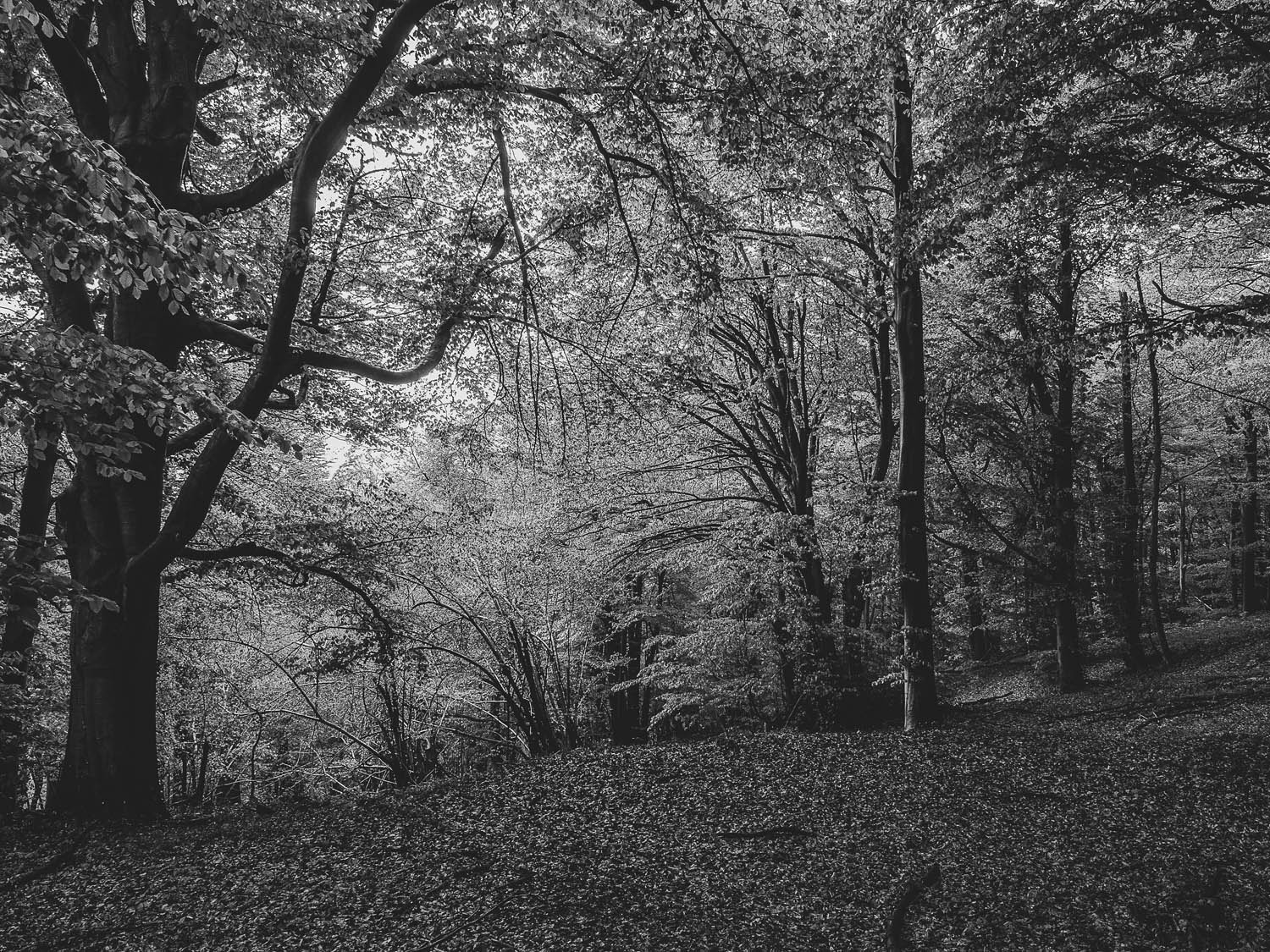
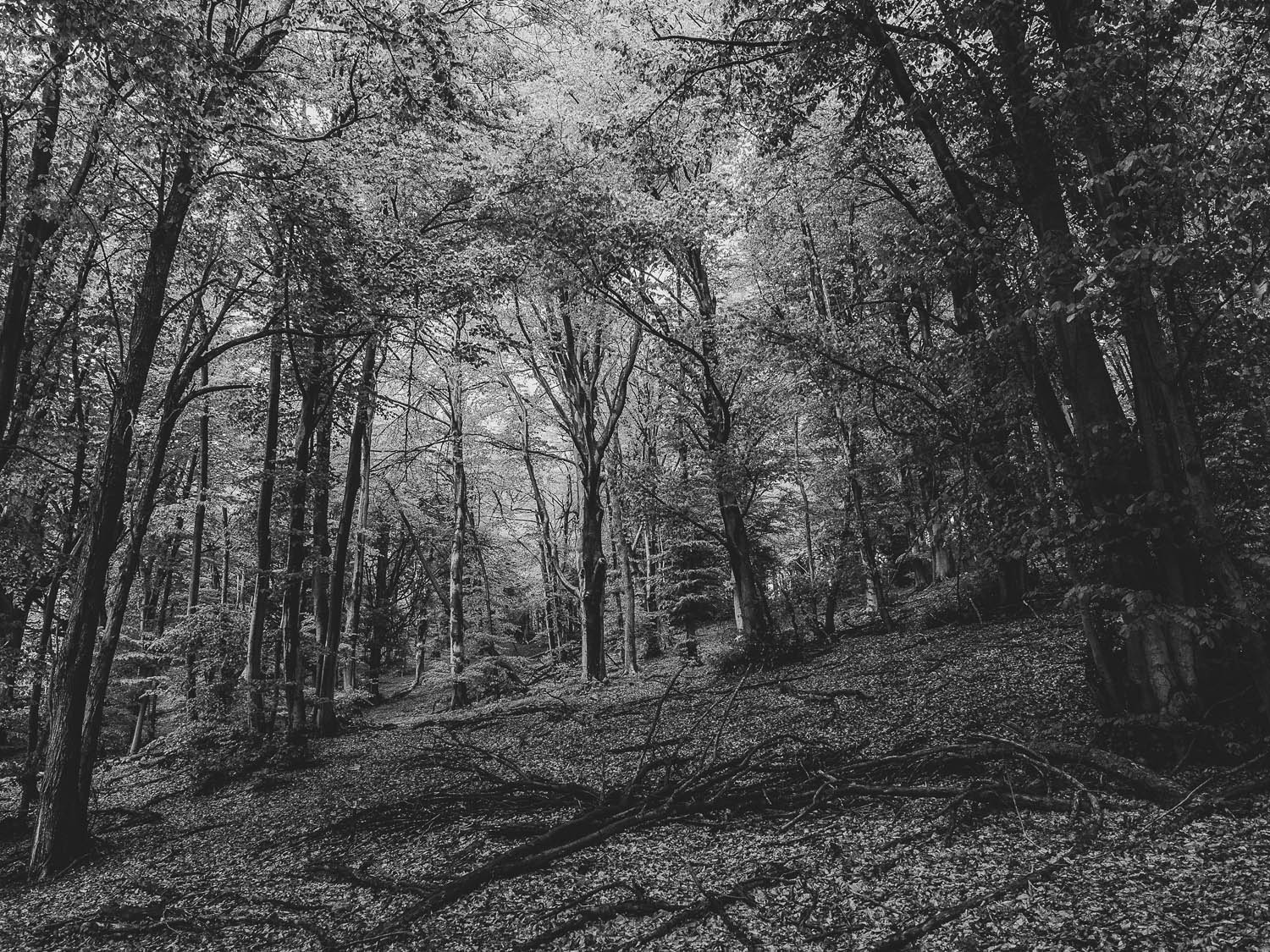
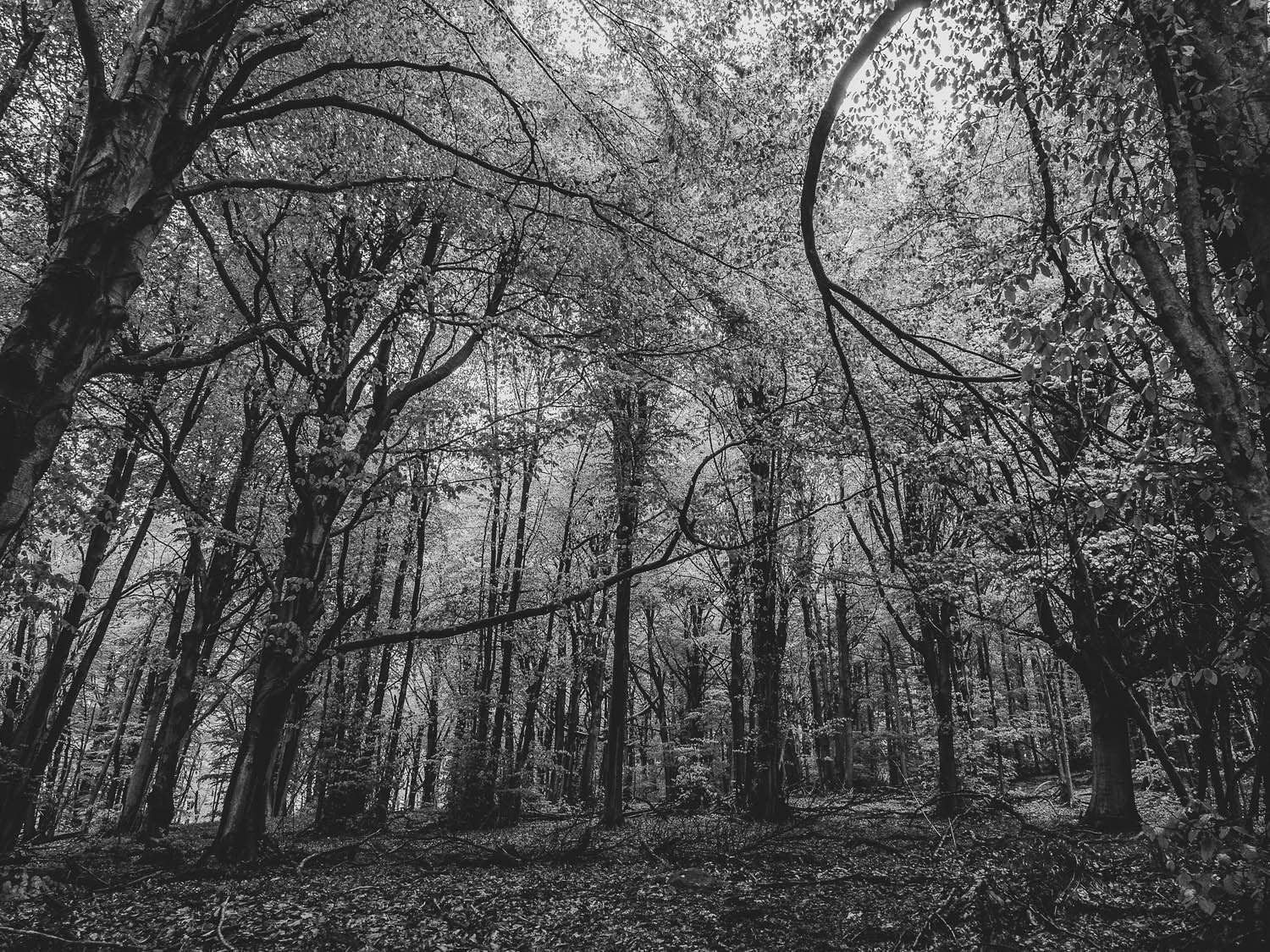
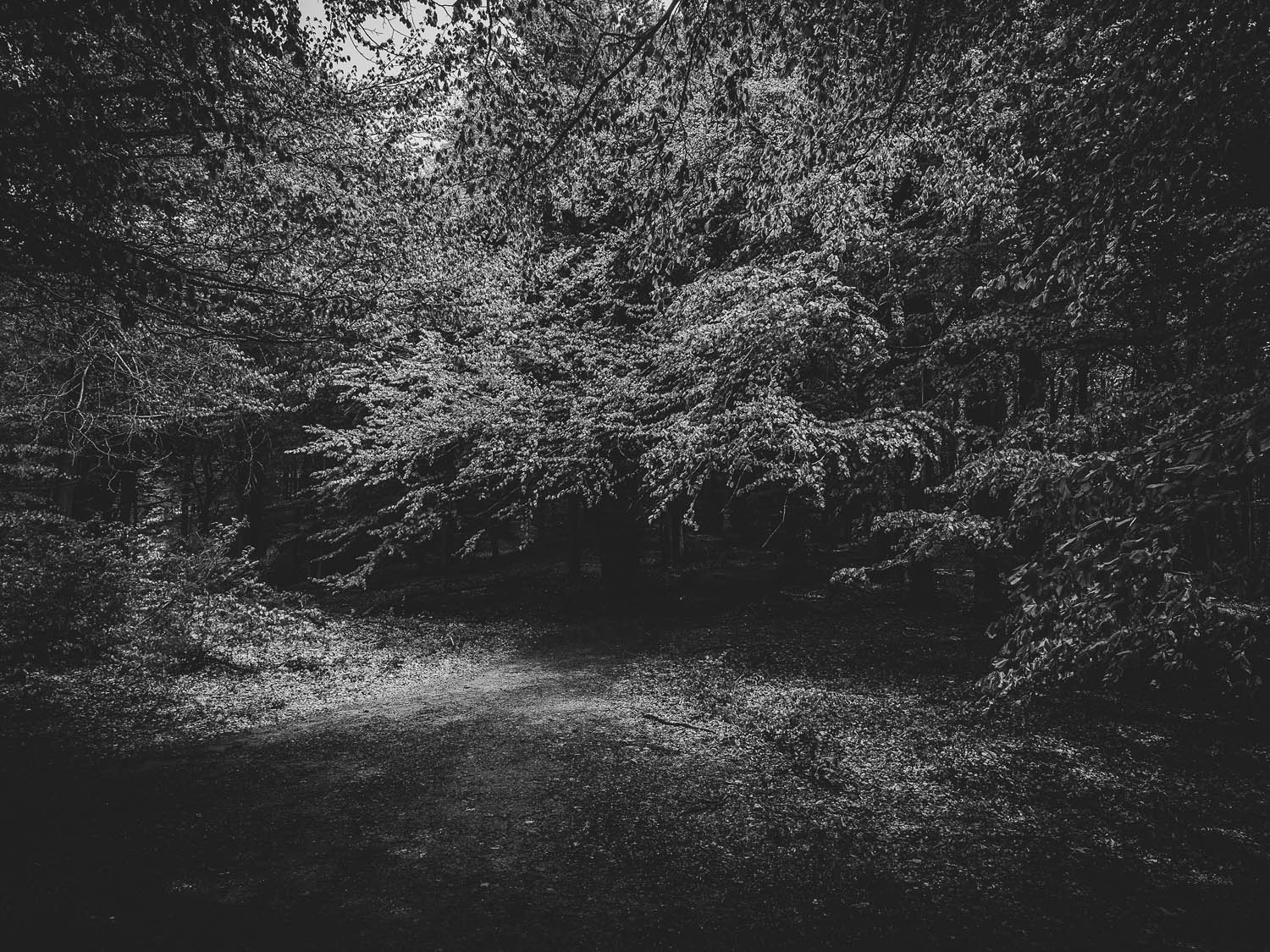
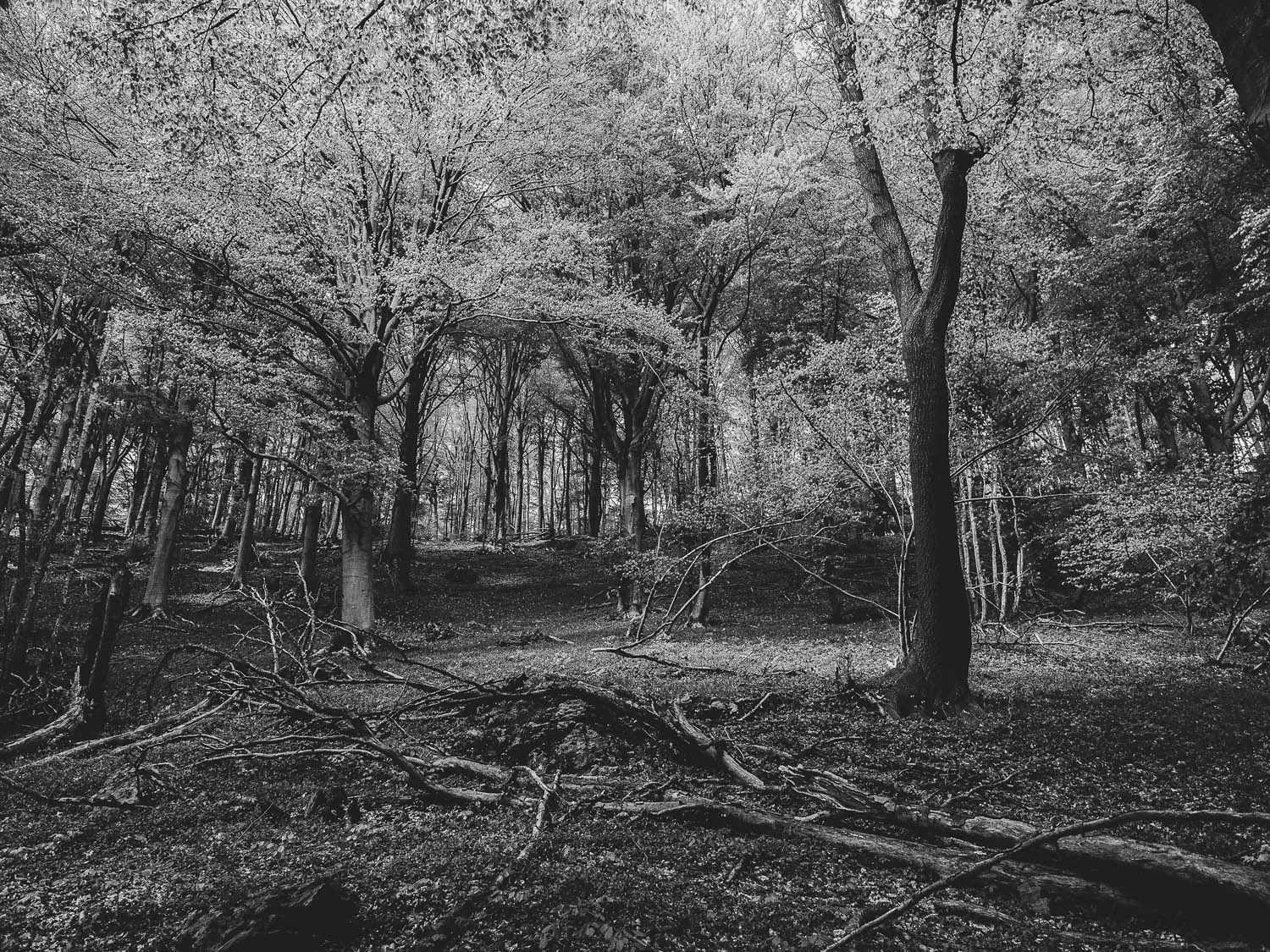
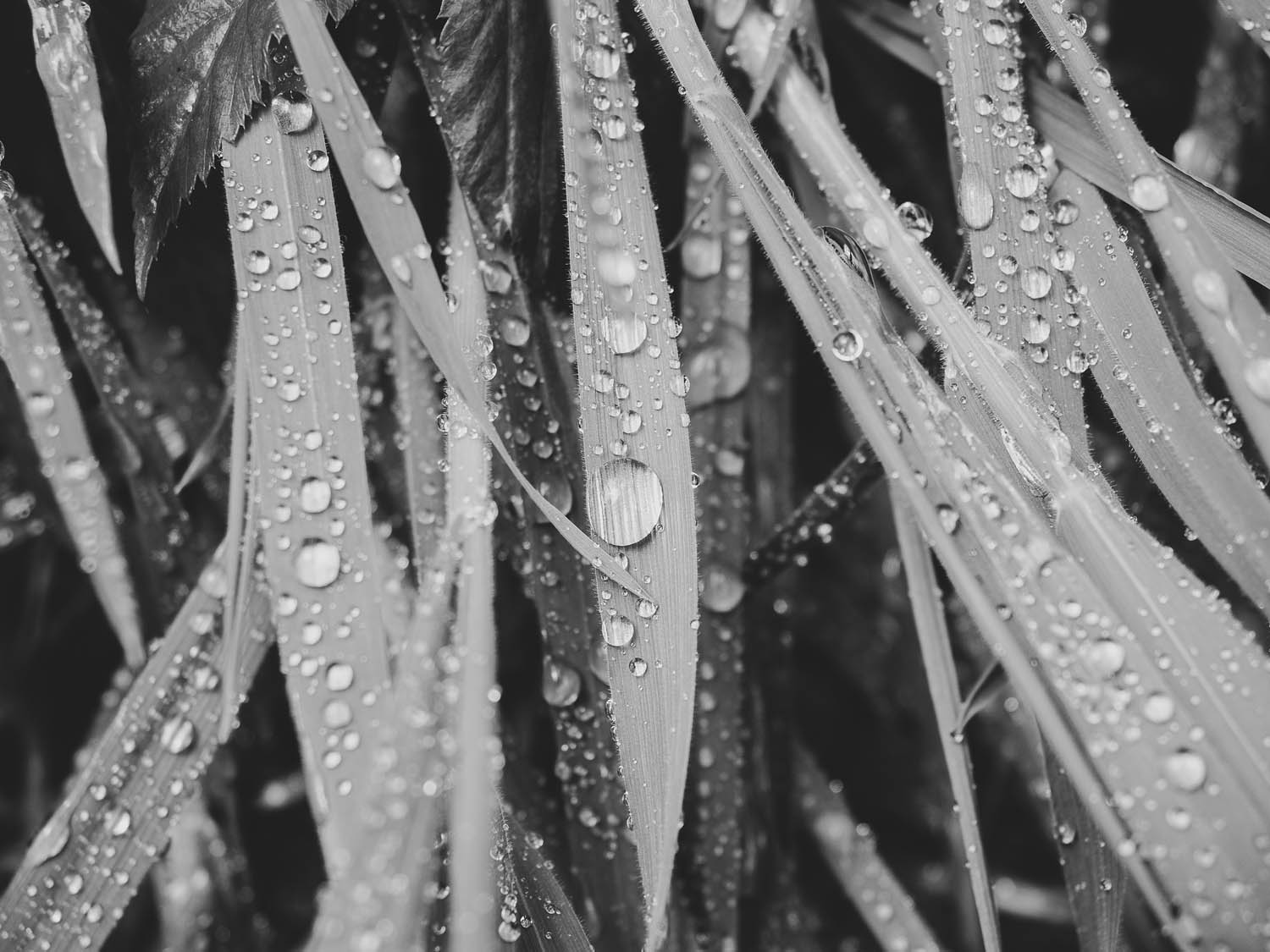
I find that having a camera body like the one on the OM-D E-M5 Mark II and 3 small lenses like the 12mm F2, 25mm F1.8 and 45mm F1.8 in your bag is very advantageous for the weight you carry. It’s a combination of camera and lens that allows you to photograph on a wide range of occasions. Depending on the type of photography I want to take, I can decide to use other lenses. I really like the 9-18mm F4-5.6, which I find a very versatile lens suitable for small reportages, and extremely light. Then there are lenses such as the 40-150mm F2.8 which is truly exceptional, with a small footprint, it is possible to take quality photographs in the distance.
Olympus does not miss anything, the 60mm F 2.8 Macro is embarrassingly small, you can carry it in a pocket, and you can use it not necessarily for macro photography but also for other genres.
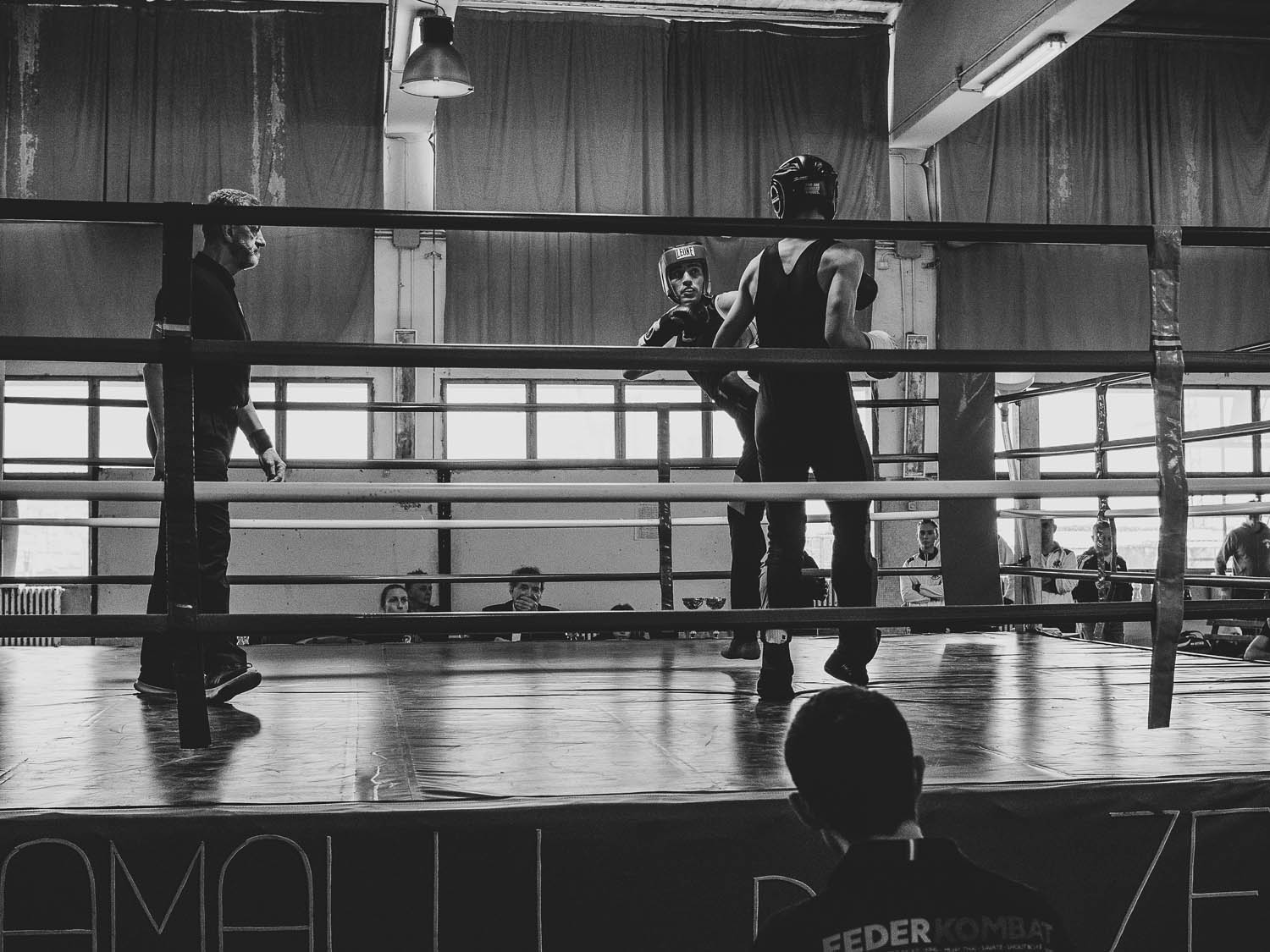
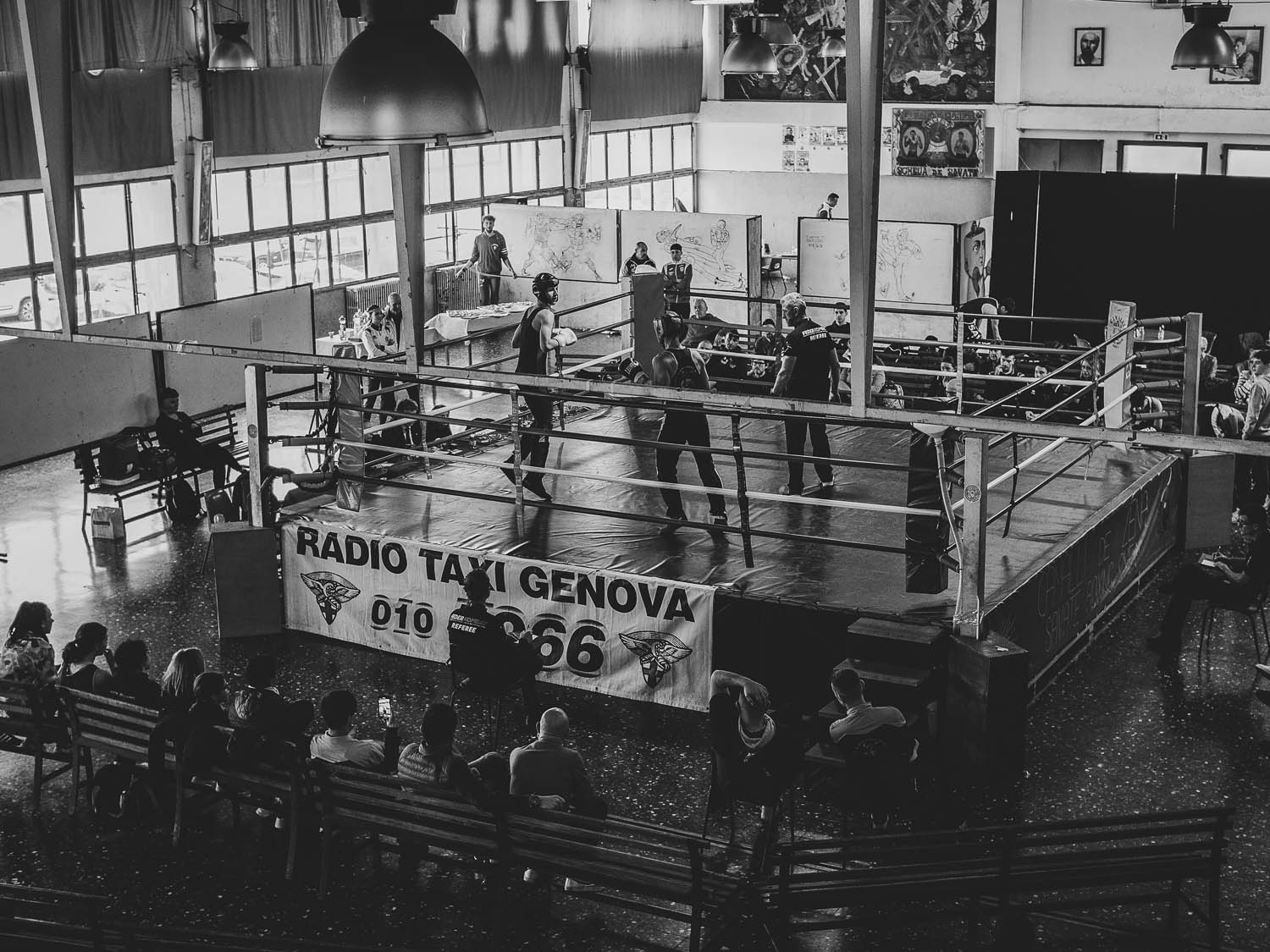
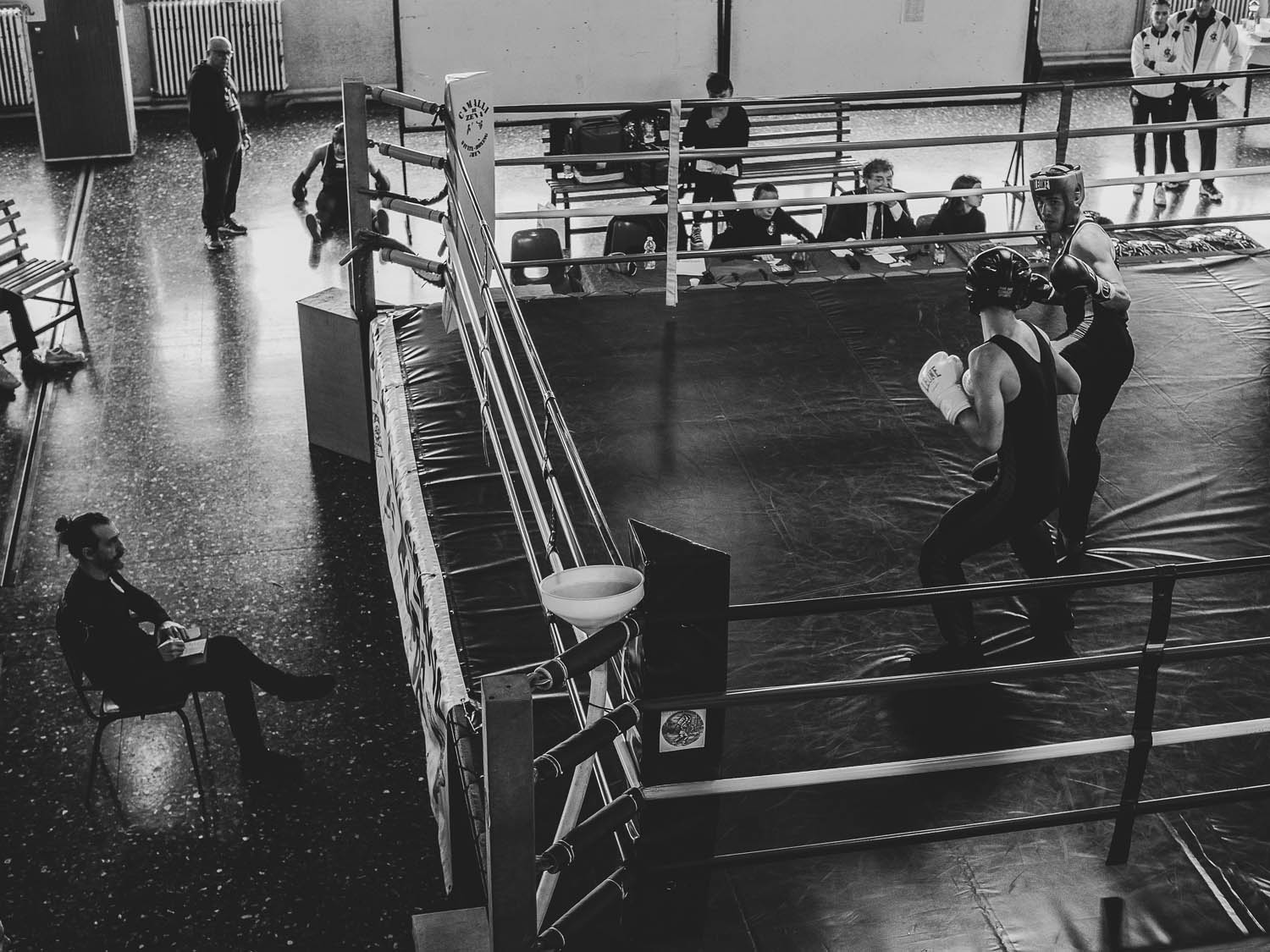
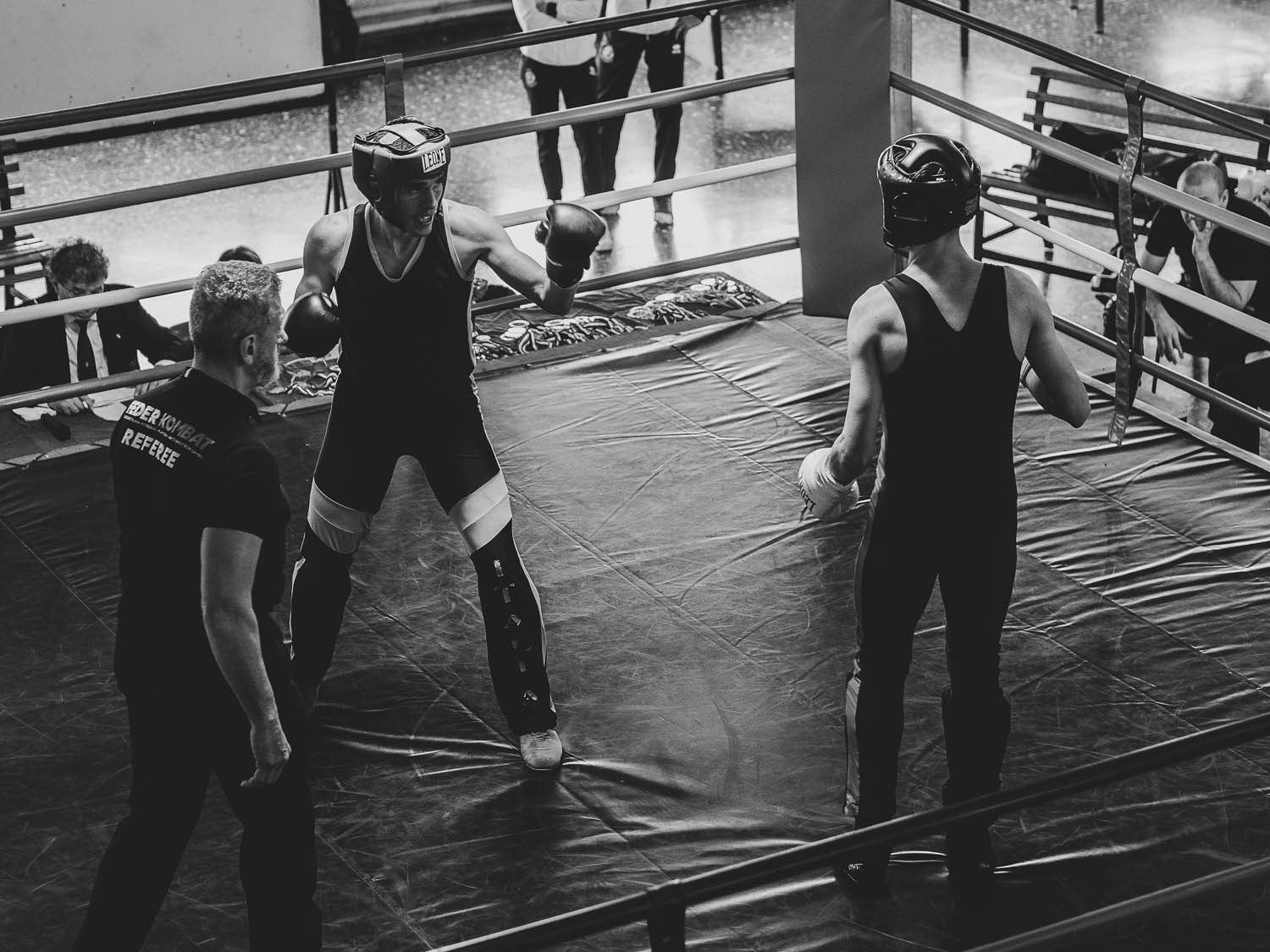
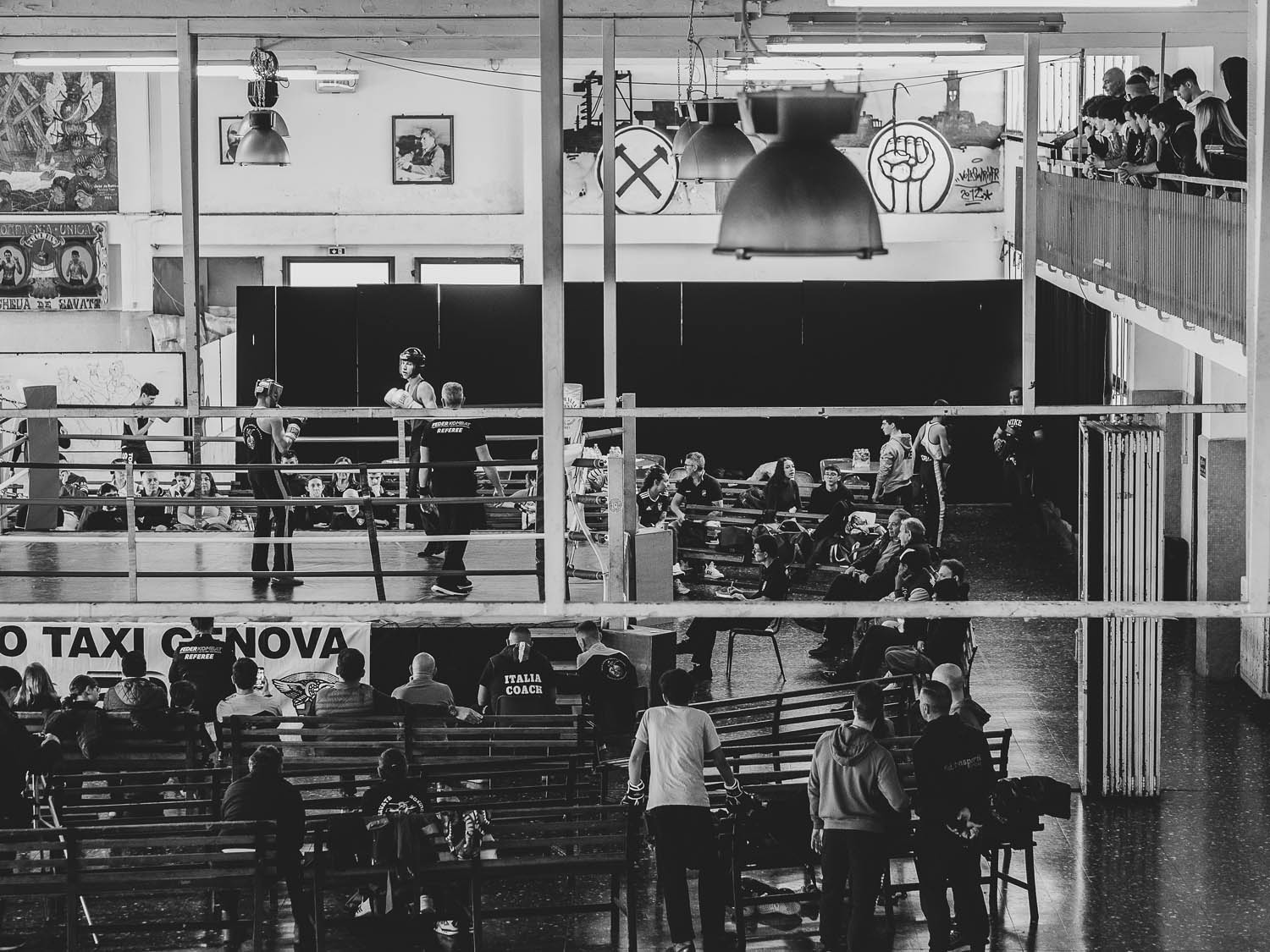
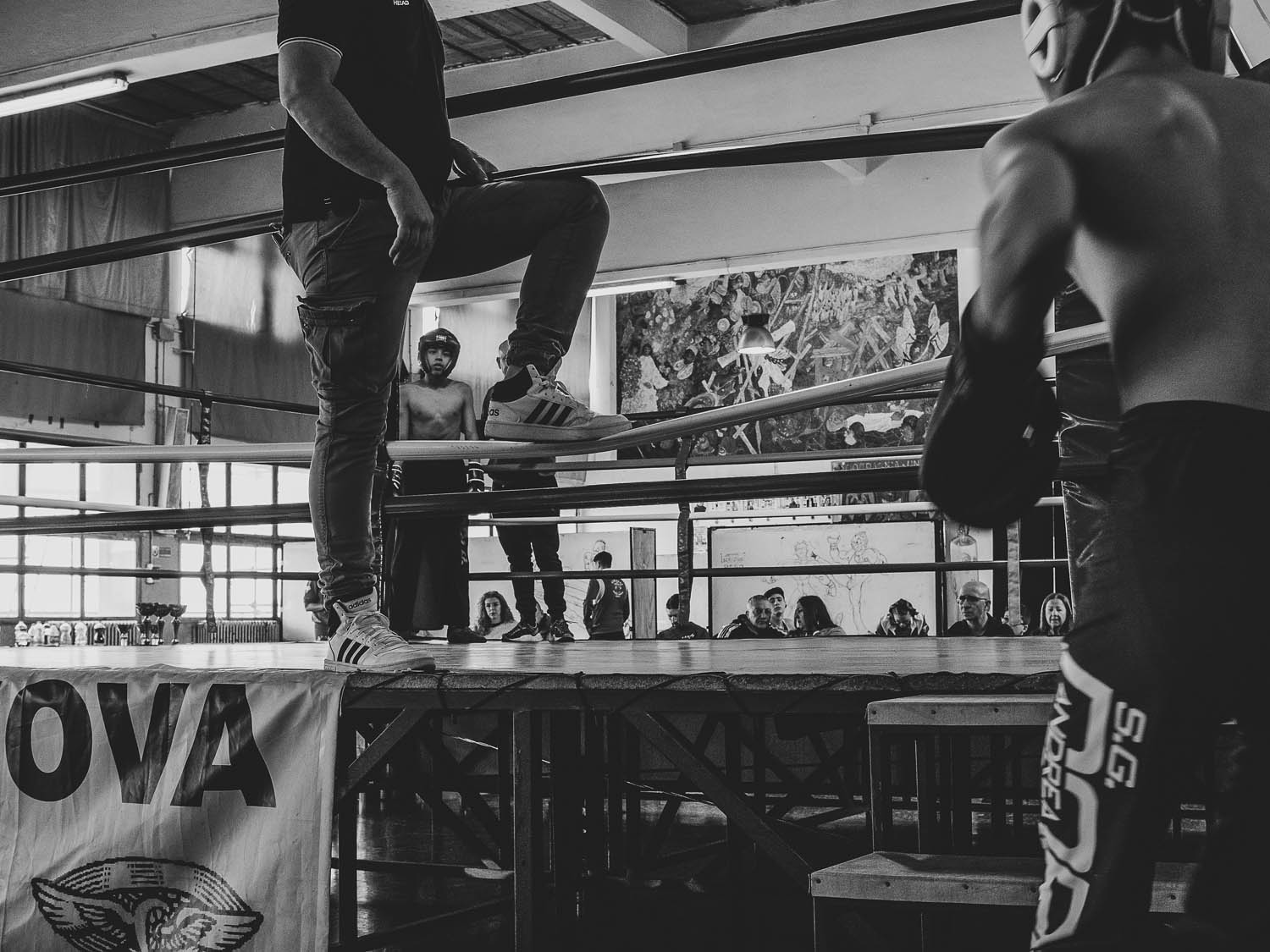
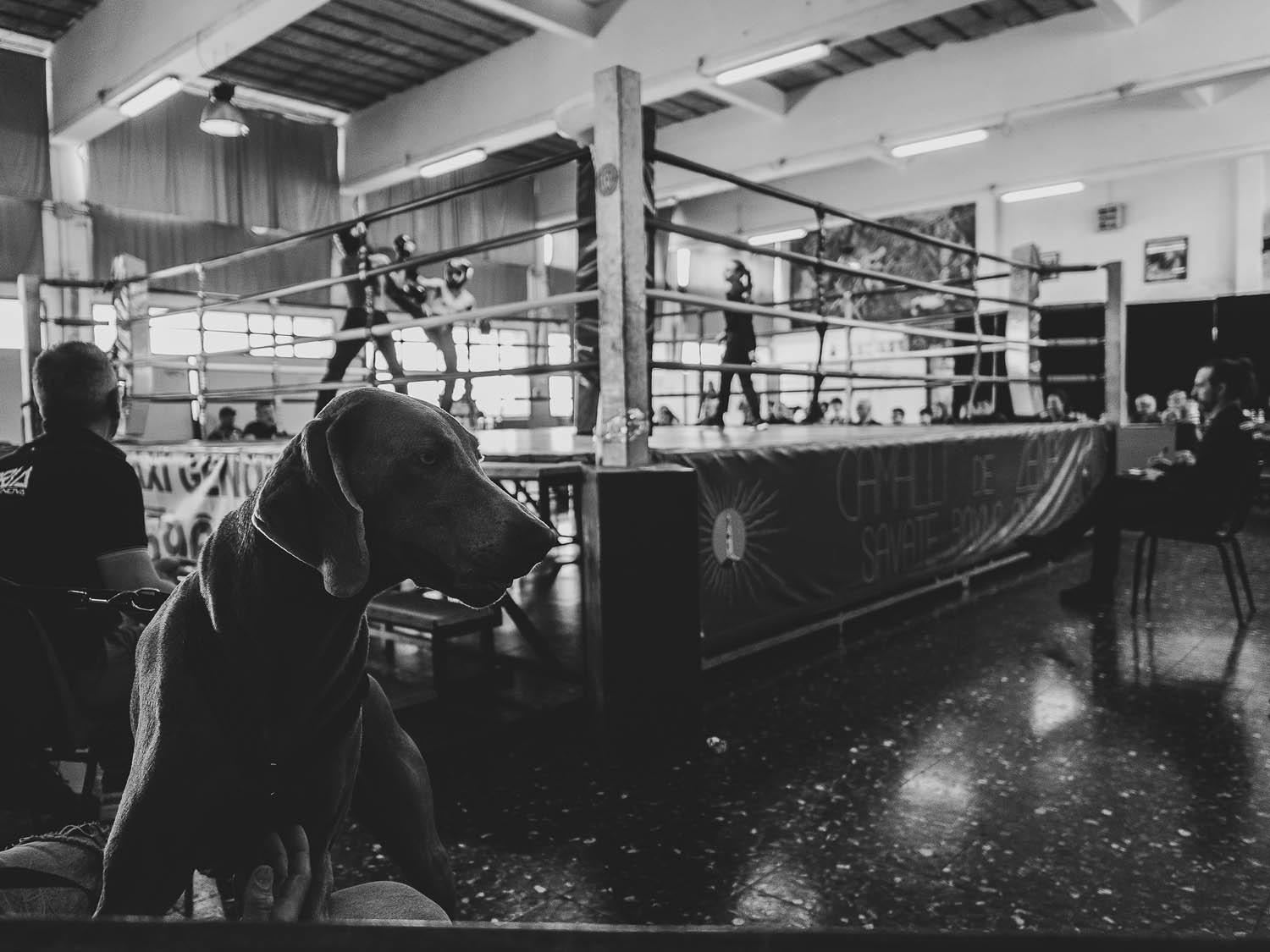
I prefer prime lenses. When you mount a prime lens, you can already see the image in your head before you frame it with the camera. This is acquired with training and frequent use of this type of optics. Sometimes I don’t disdain the use of zooms that give you that versatility on certain occasions that the fixed does not have. But my favorite is the 25mm F1.8, I always feel comfortable with it. I assure you that it doesn’t miss a beat.
Except for the 12-40mm F2.8 and the 40-150mm F2.8, the others are not PRO lenses but are very light.
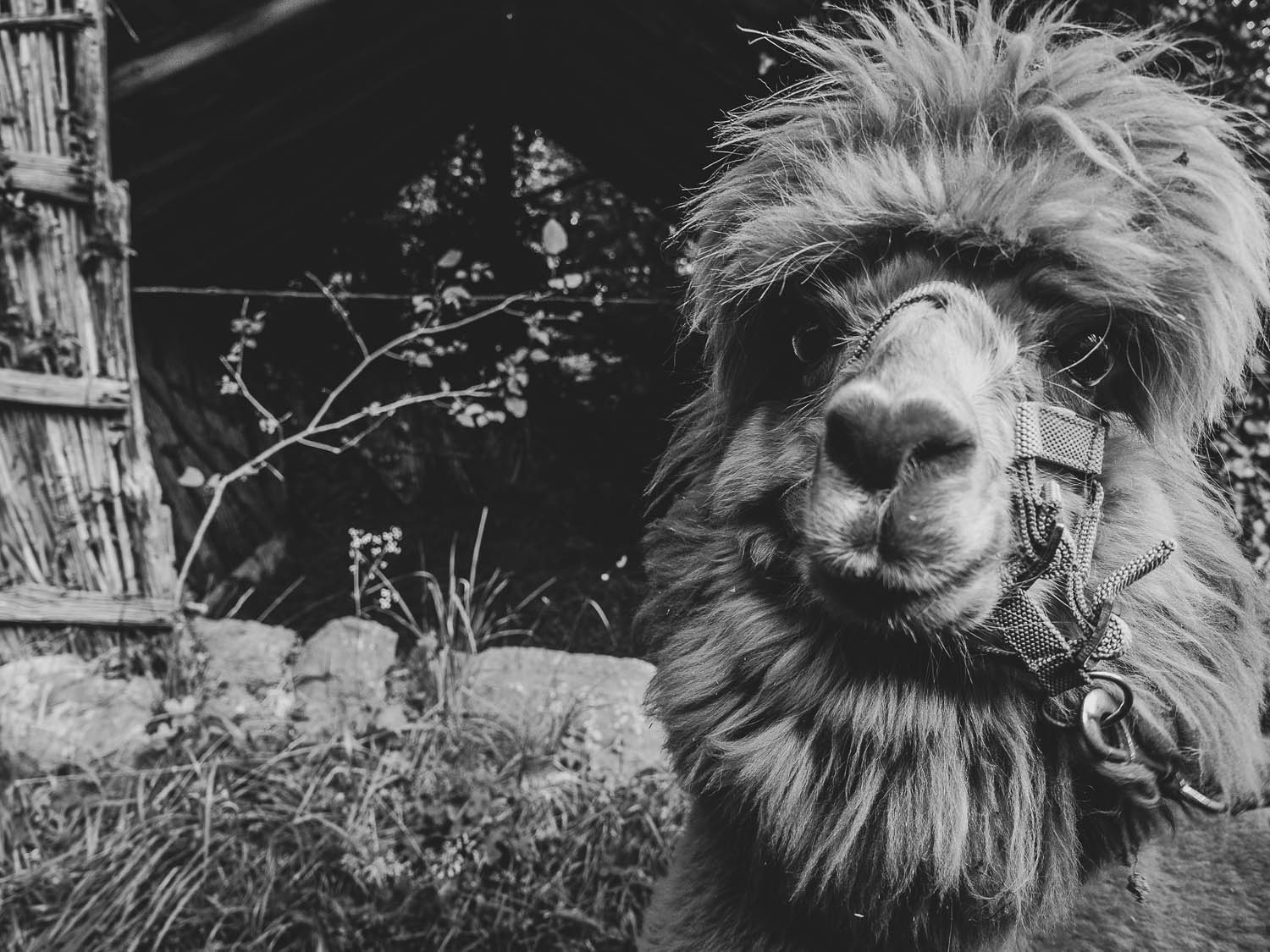
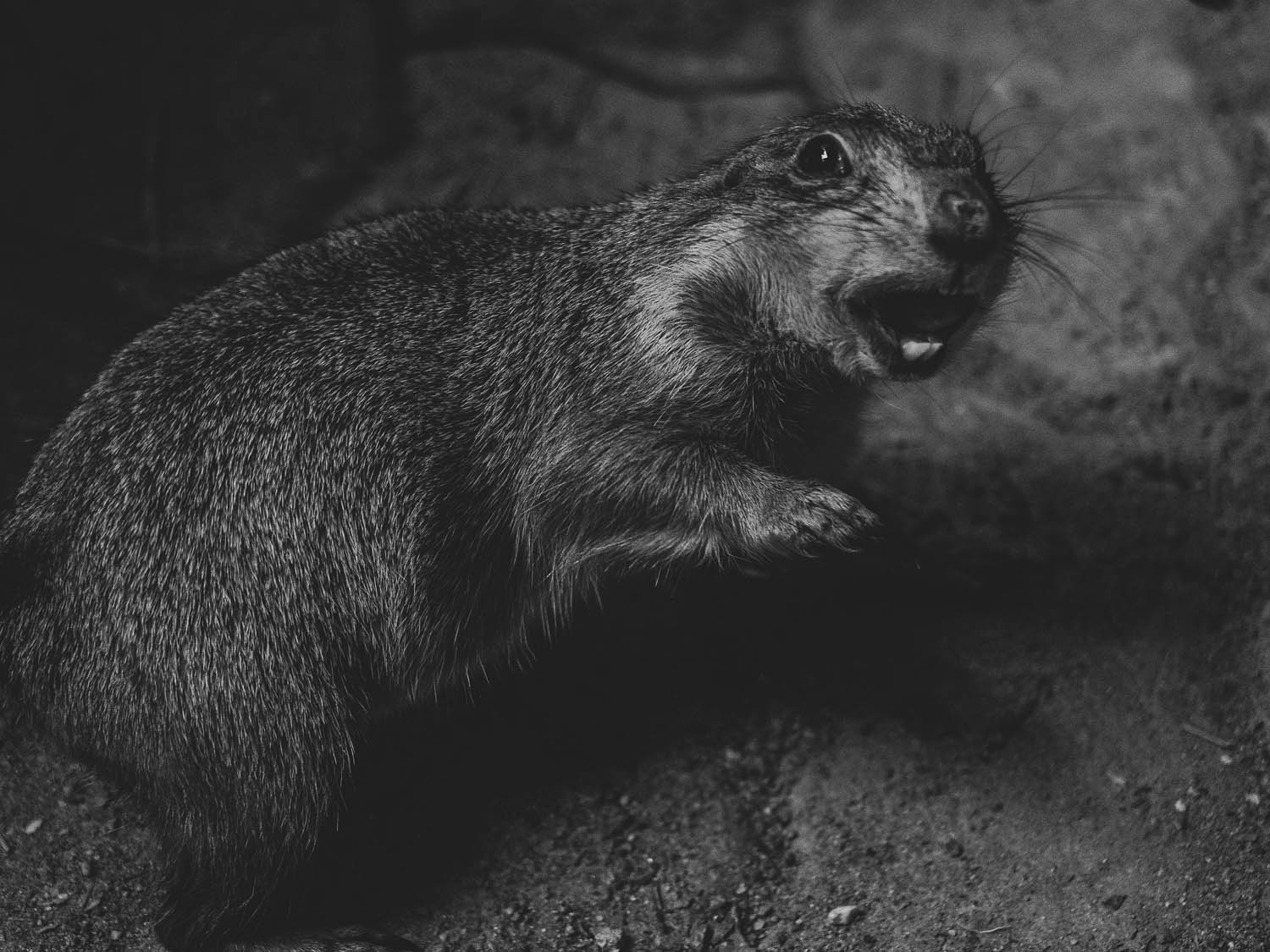
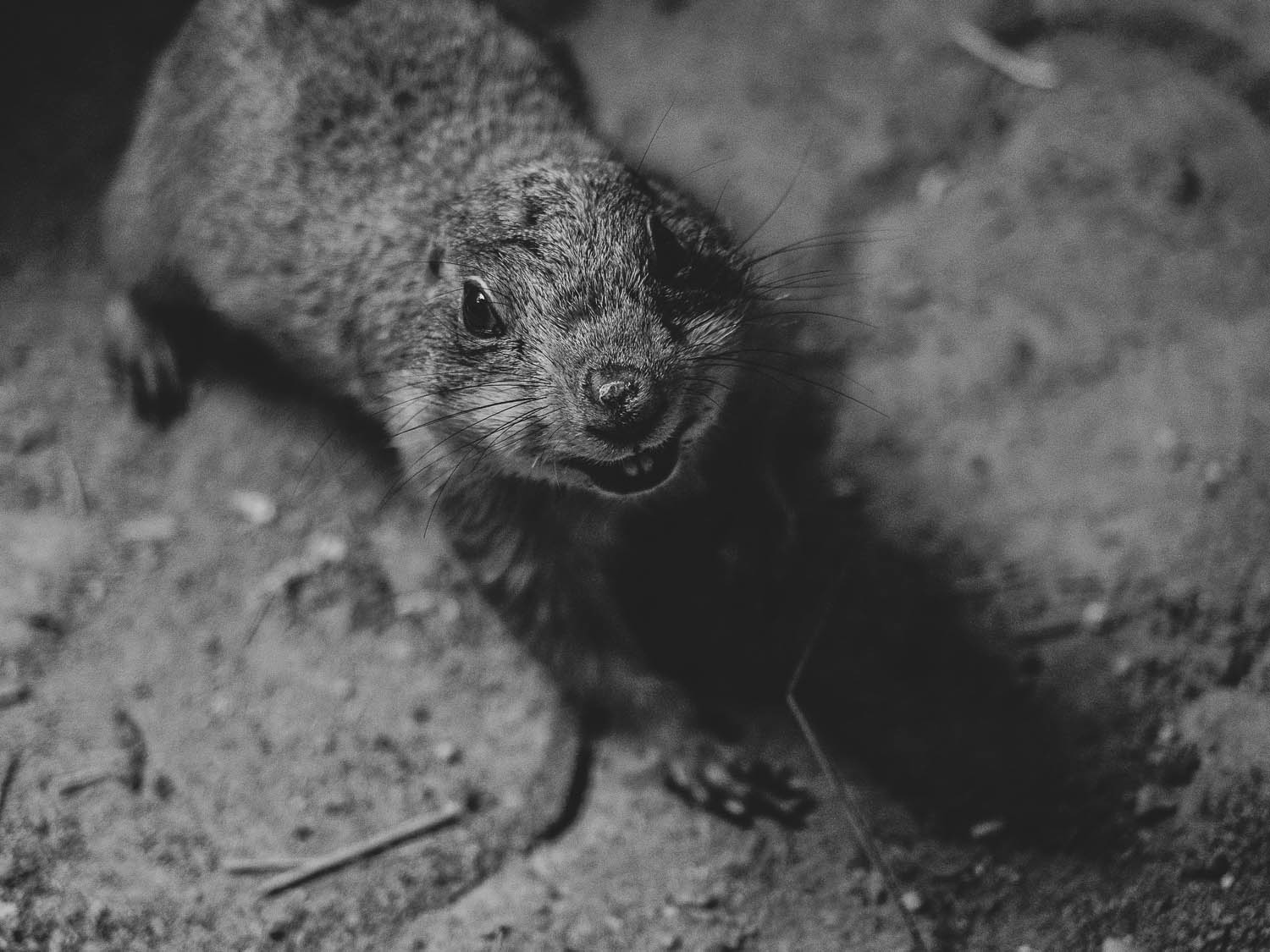
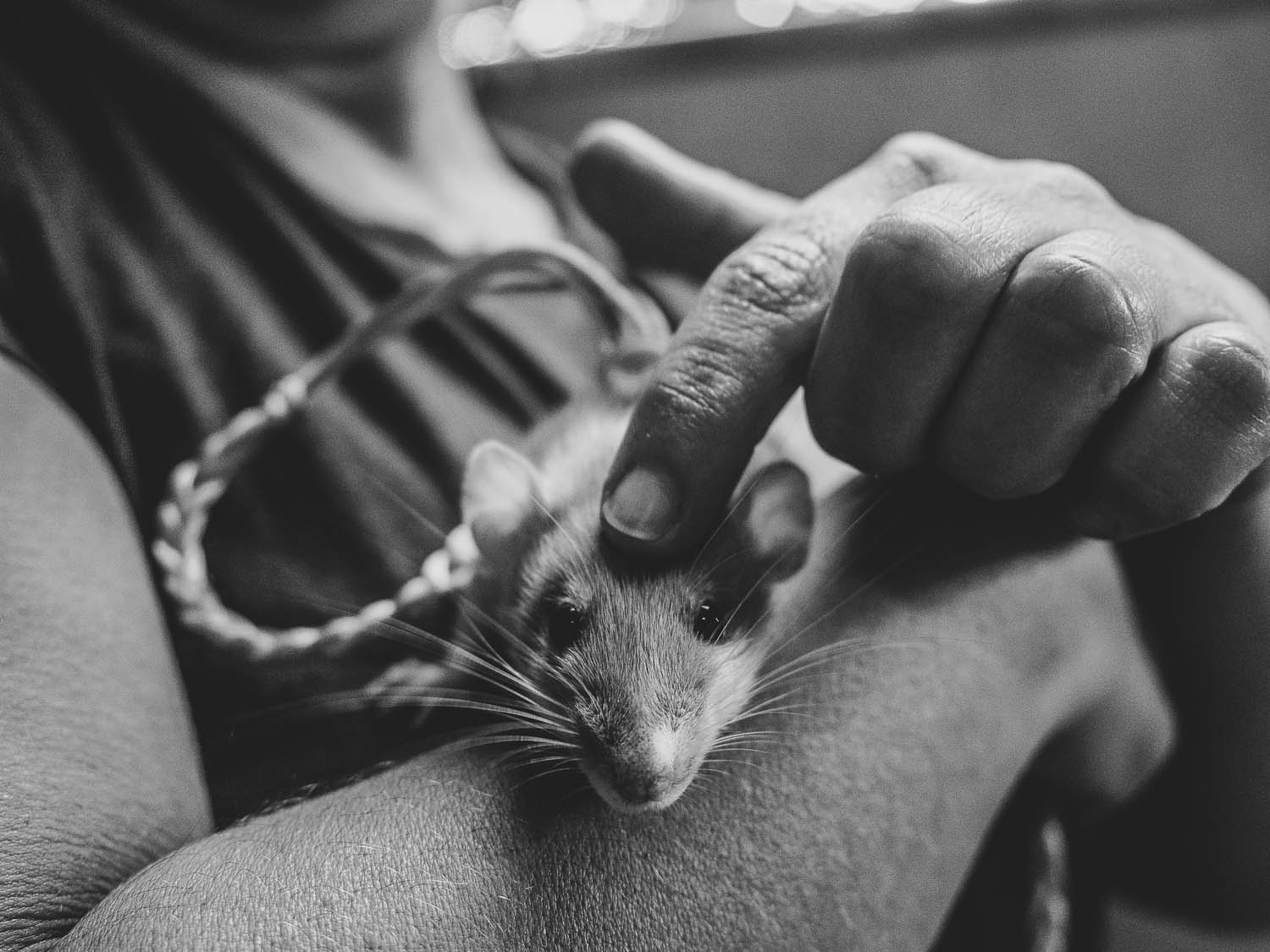
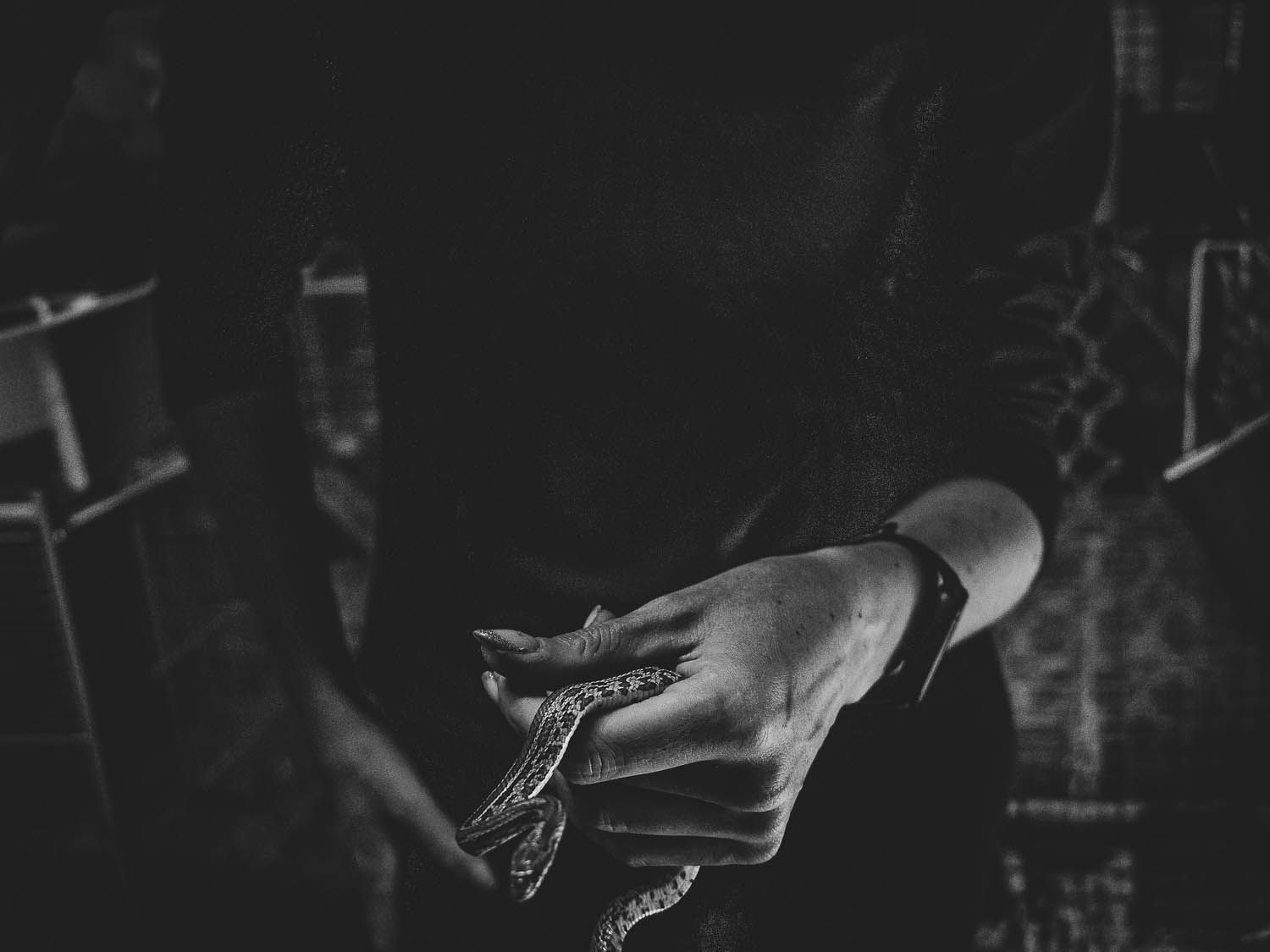
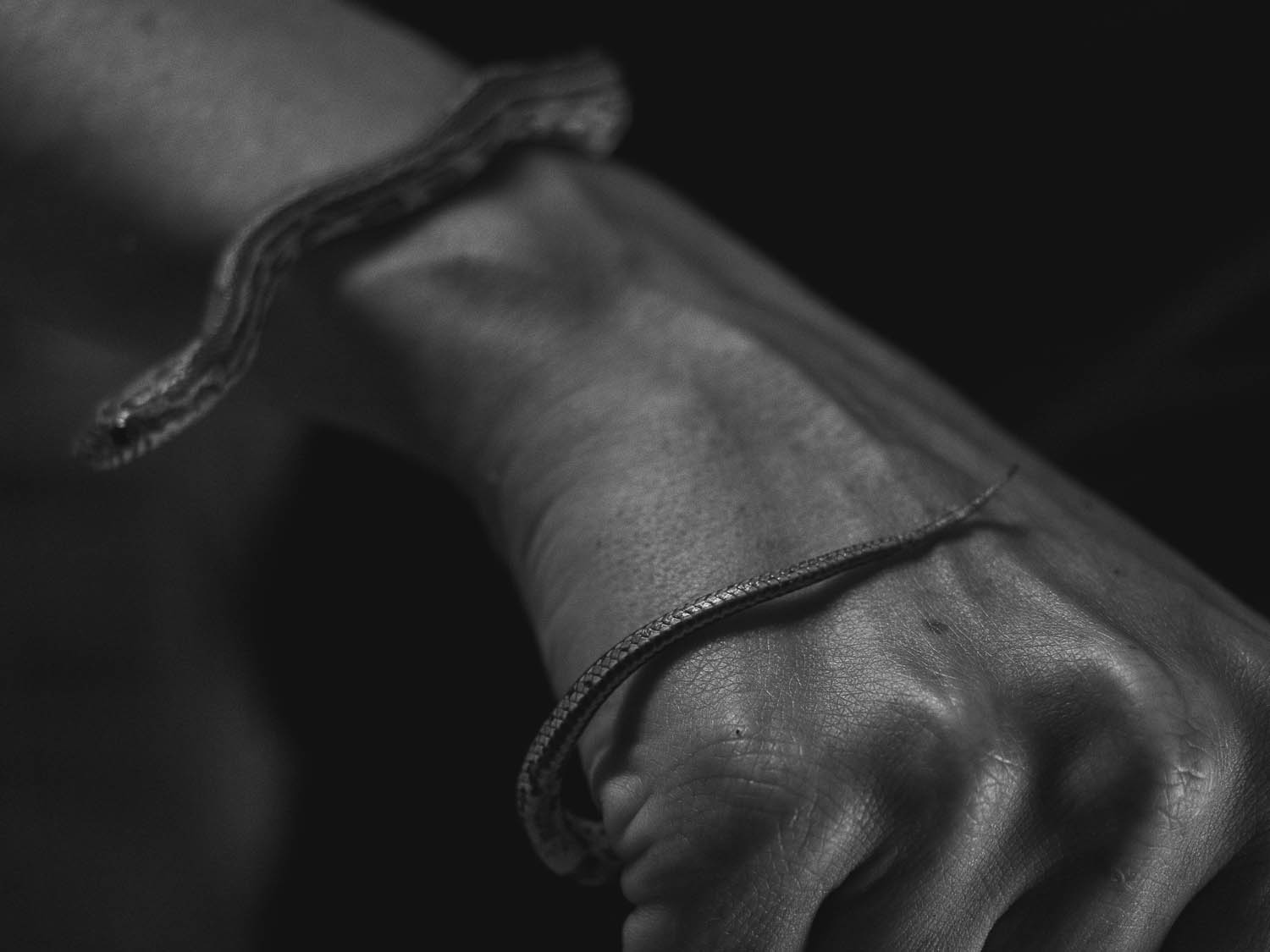
The disadvantage of this system is perhaps attributable to a smaller sensor, considering that it is half of a full-frame sensor. This trivially means that the surface of the sensor, being smaller, records less information. The Micro 4/3 is different from other systems, it changes everything, it changes the perspective, the depth of field, the use of apertures, the shutter speeds.
I think, however, that the important thing is to know what instrument you have in hand.
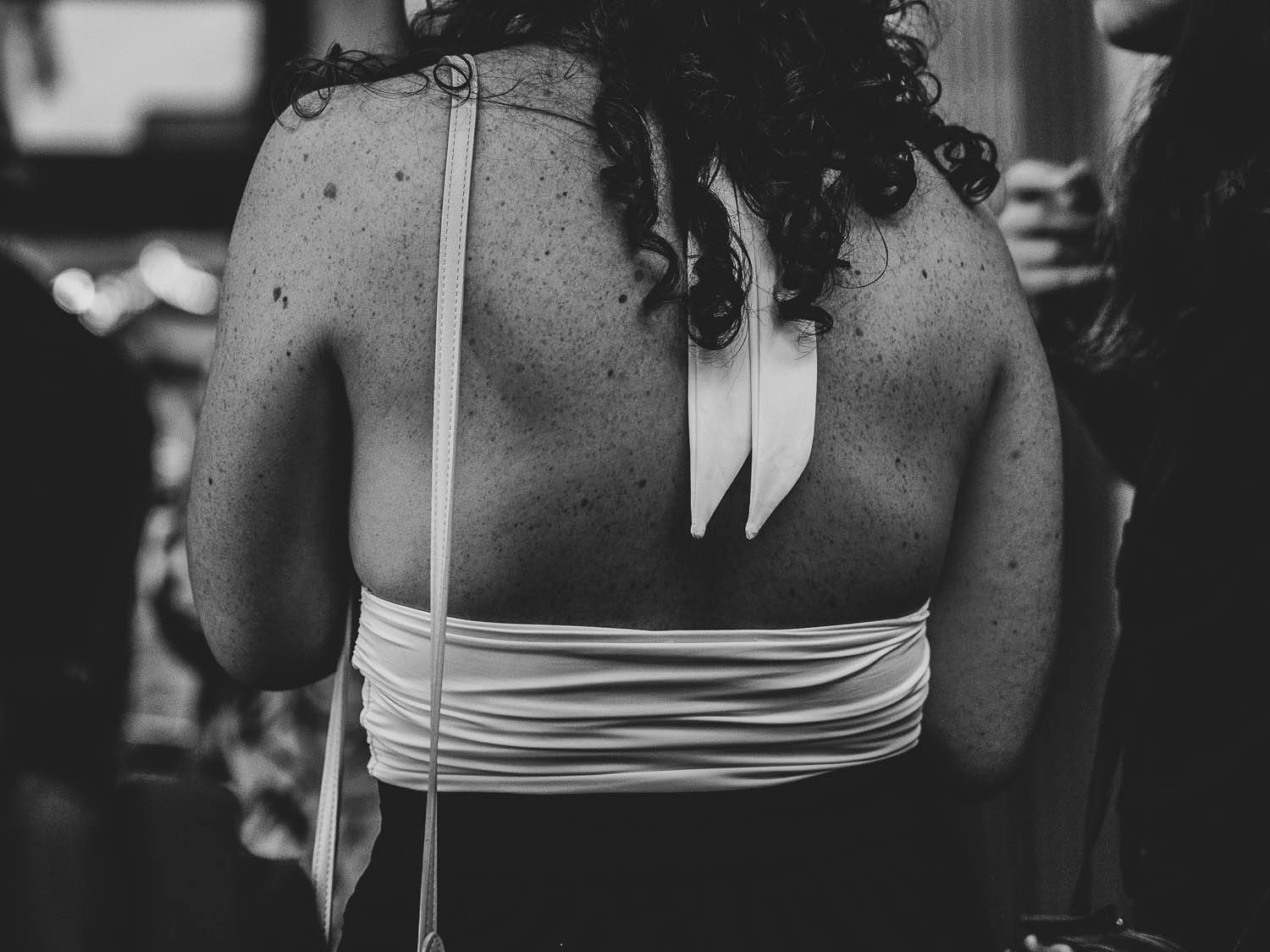
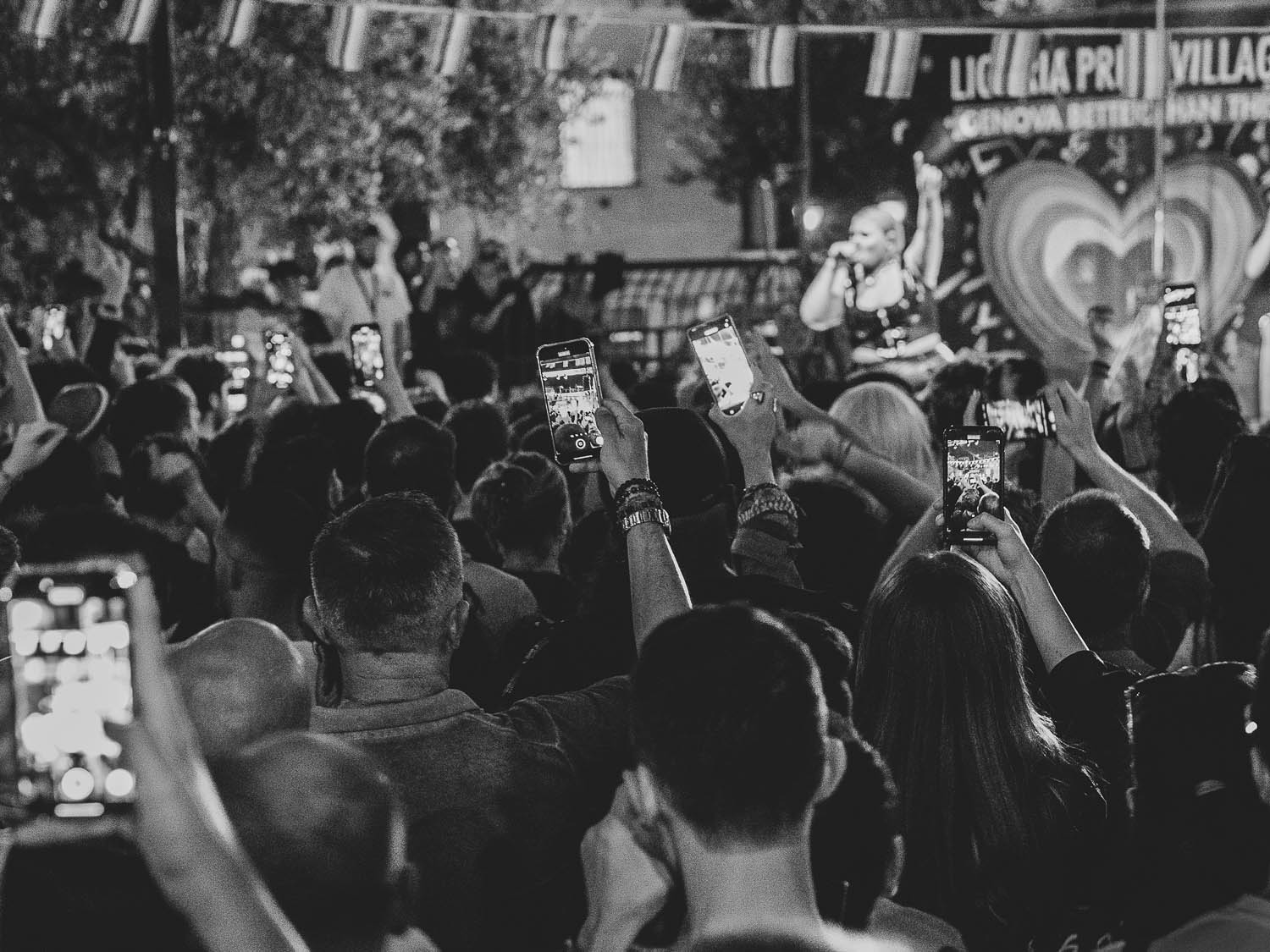
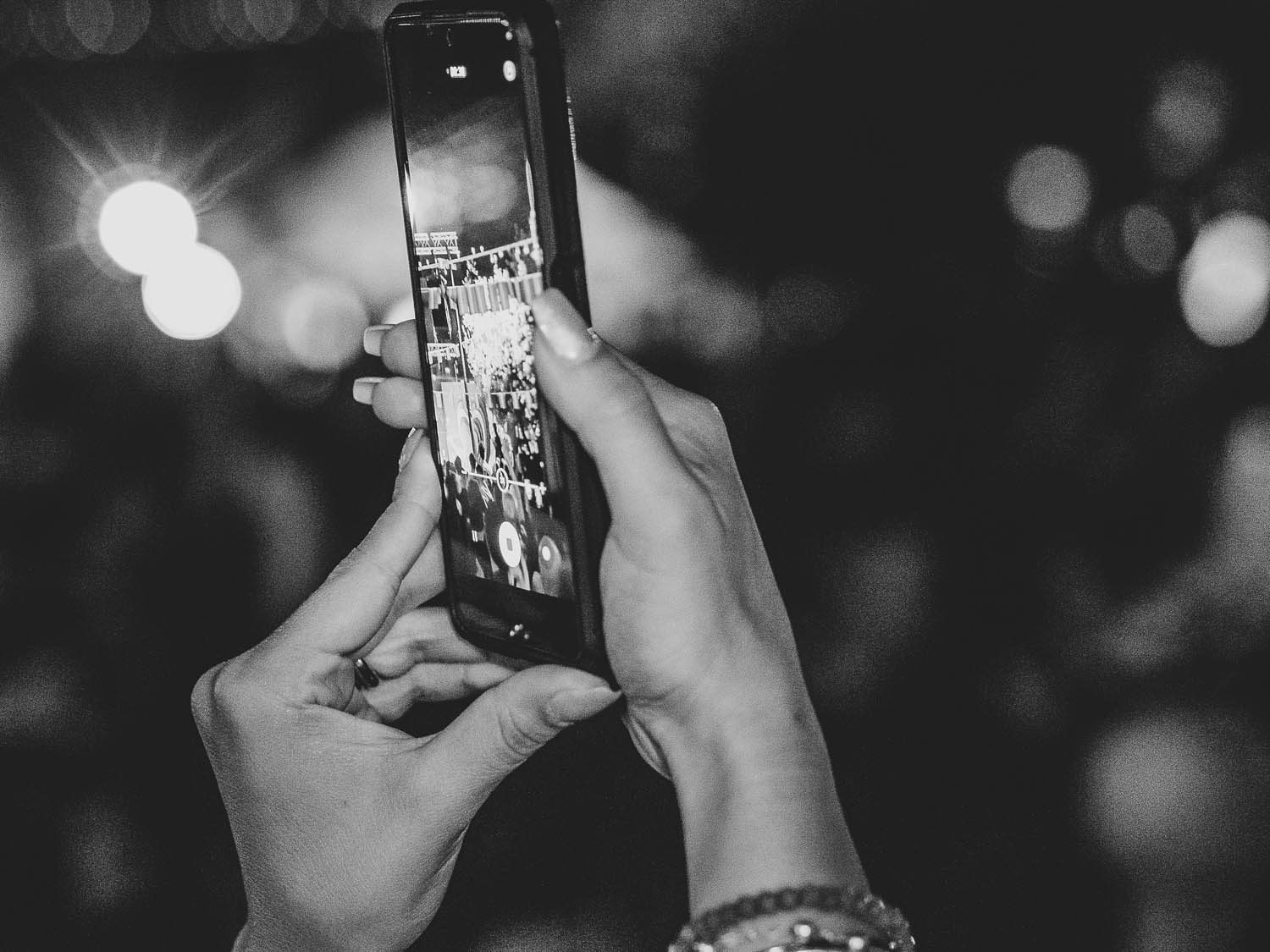
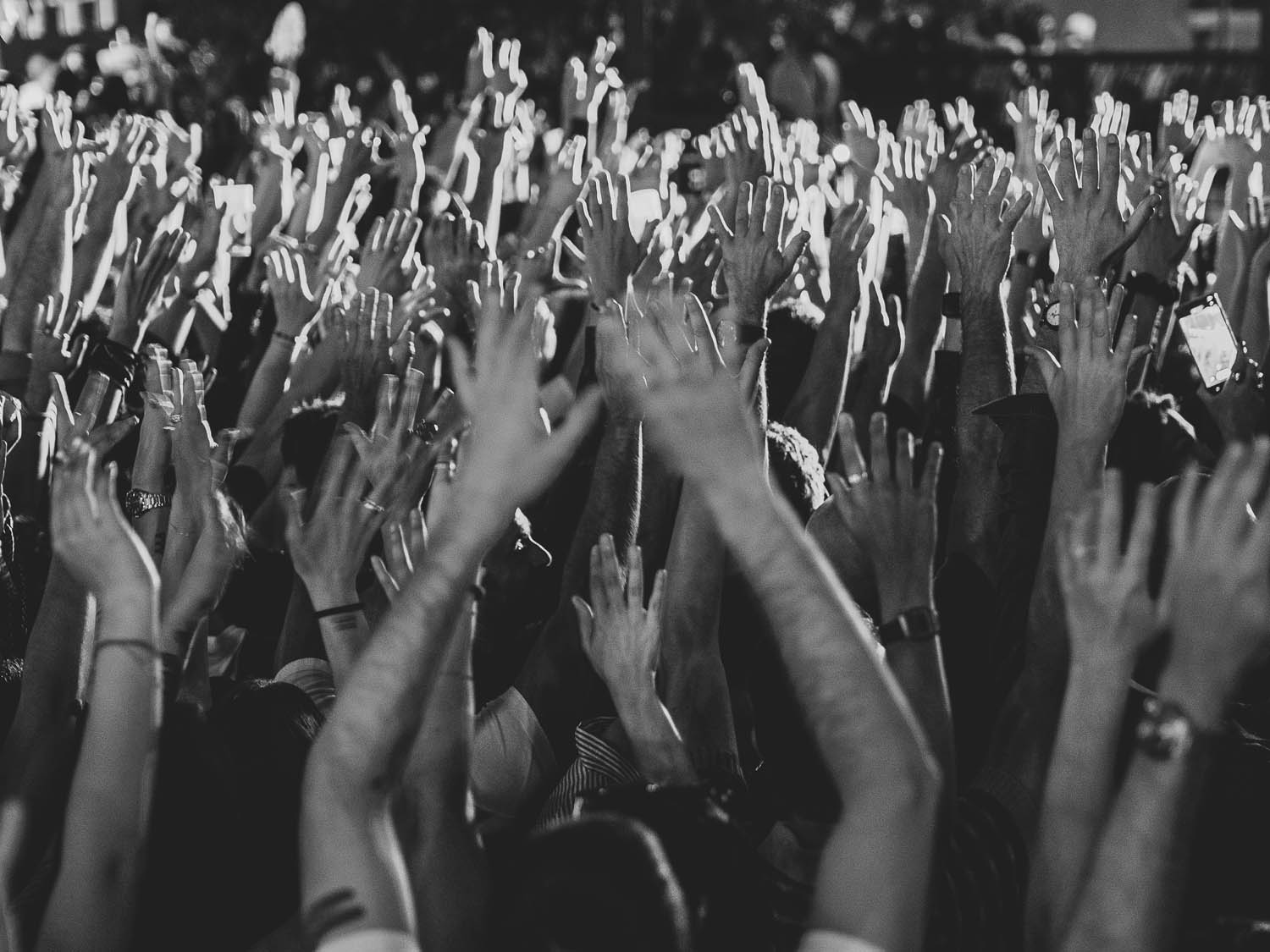
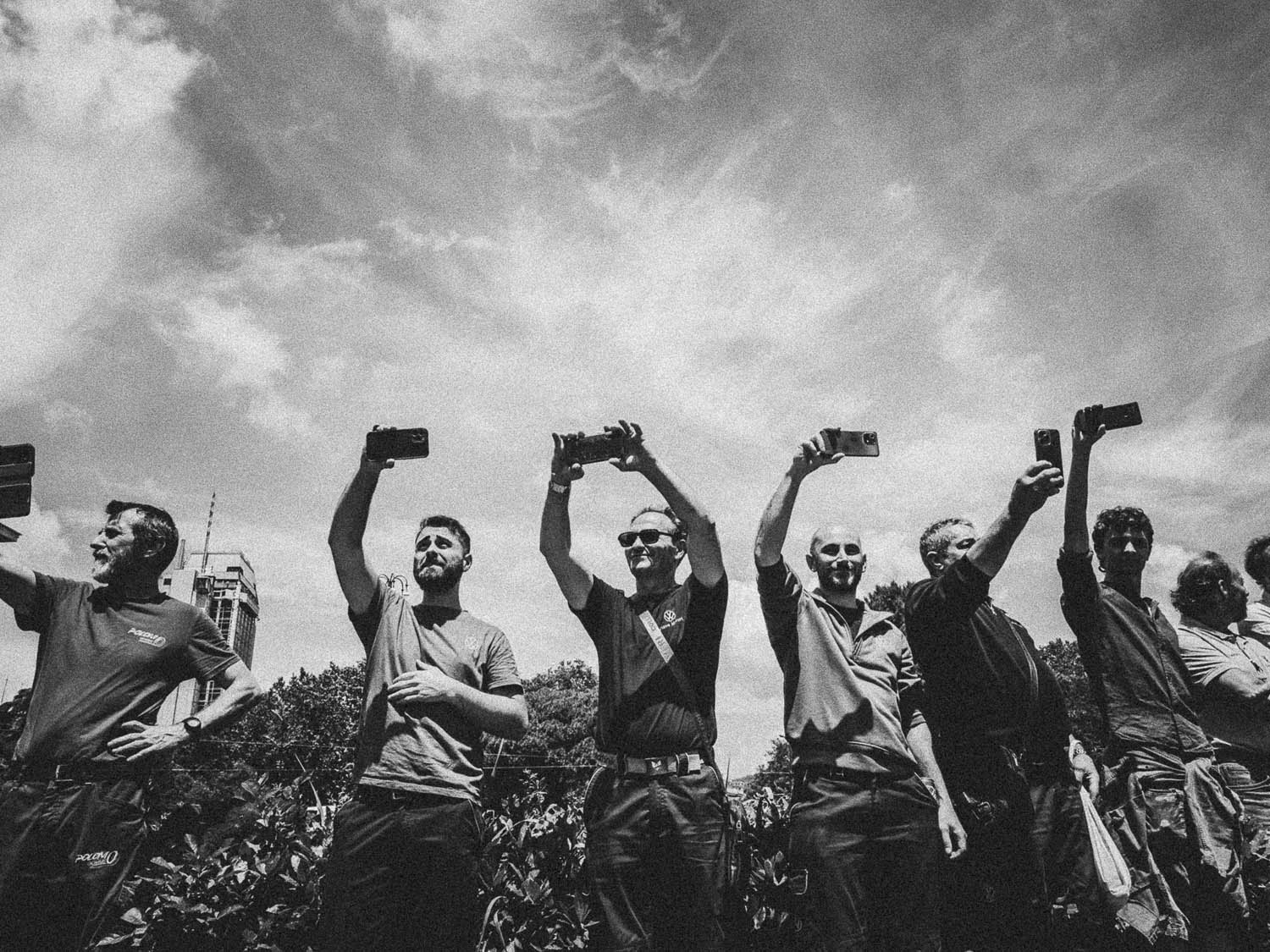
All this does not mean that you cannot photograph, it means that you can do it differently. Any photographic medium you use requires knowledge of the same medium.
Olympus has switched to OM Digital Solutions, and we sincerely hope that OM will continue to develop this range of OM-5 cameras, bringing improvements because it is a really light, space-saving camera.
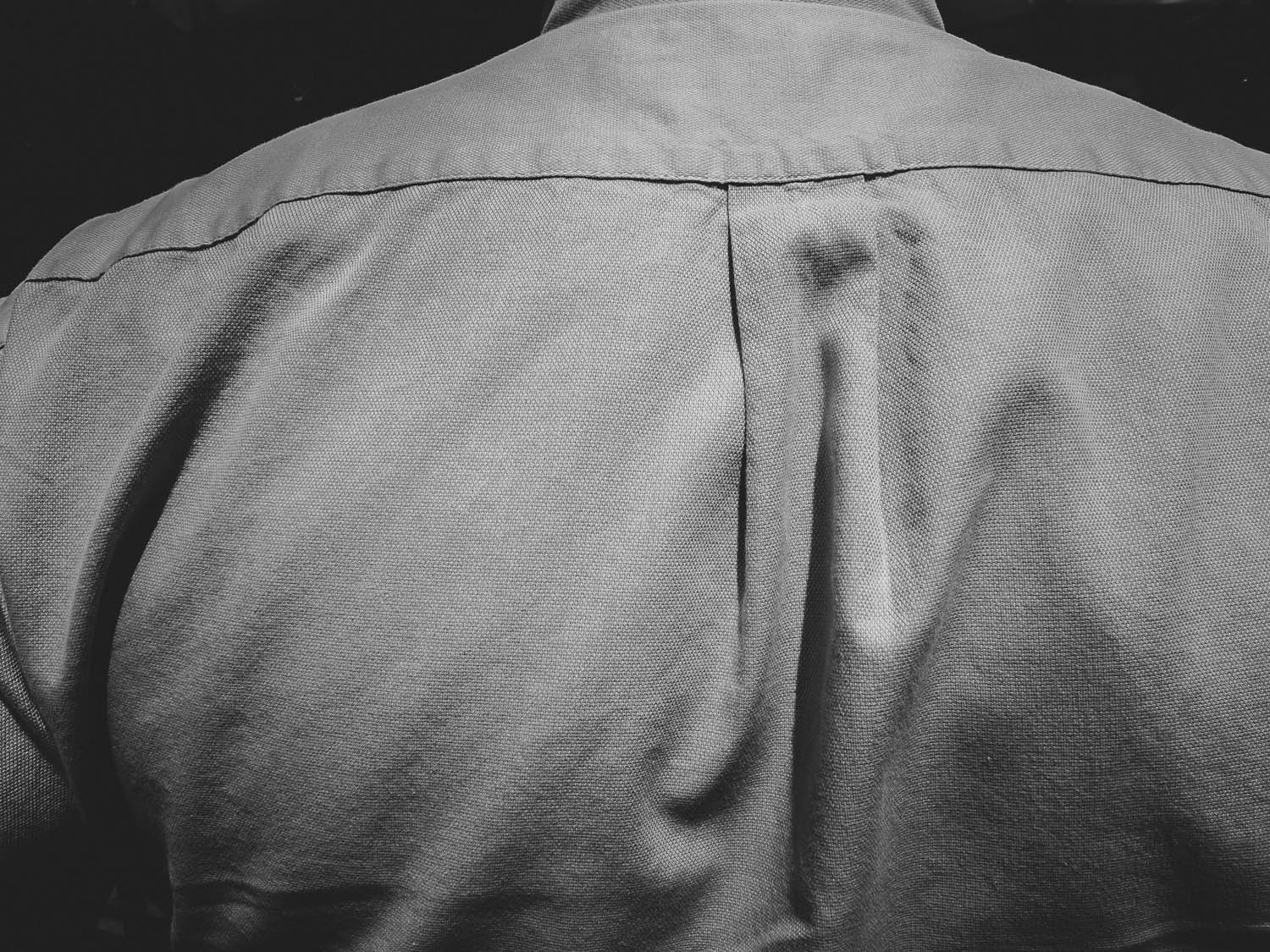
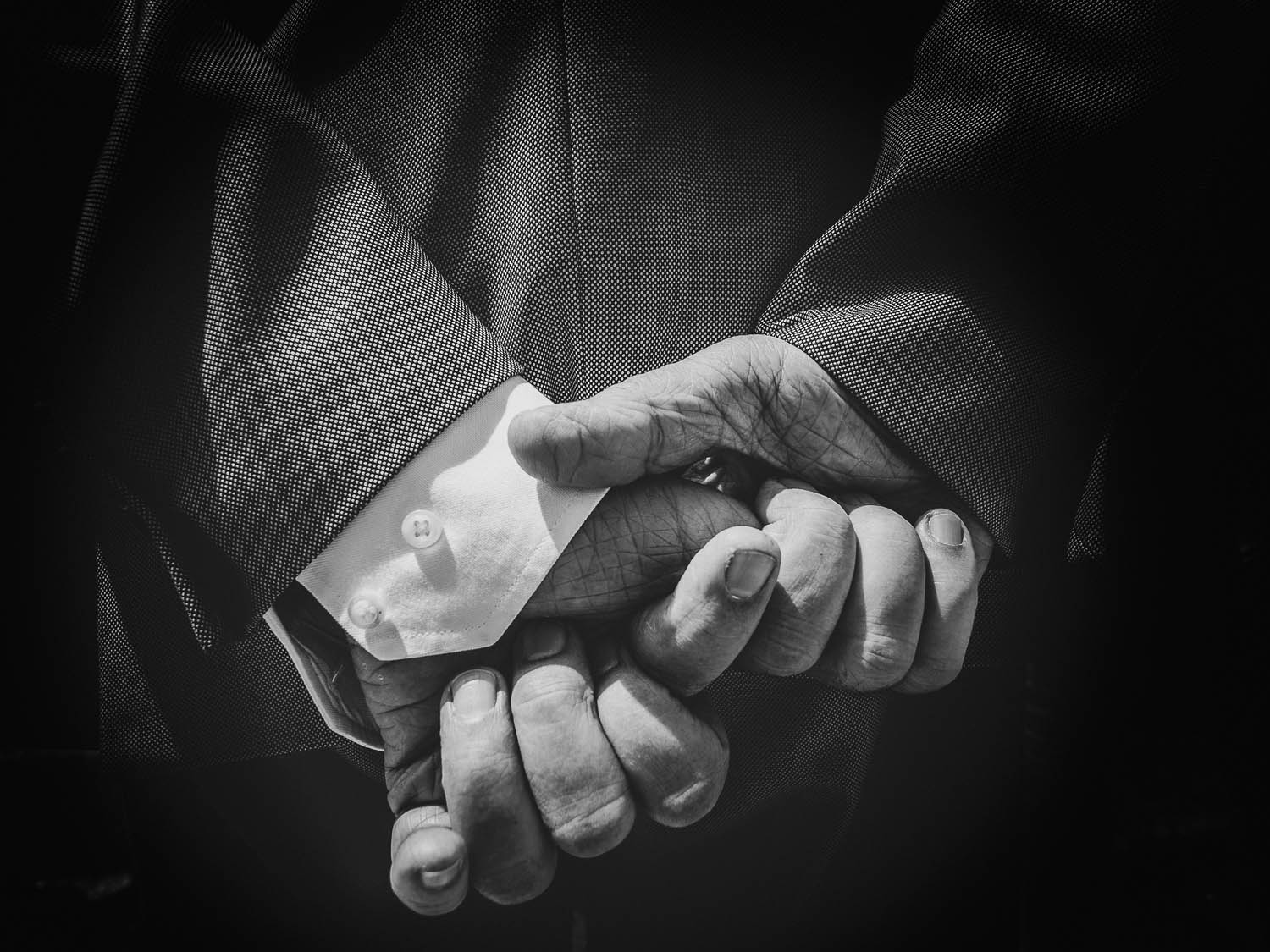
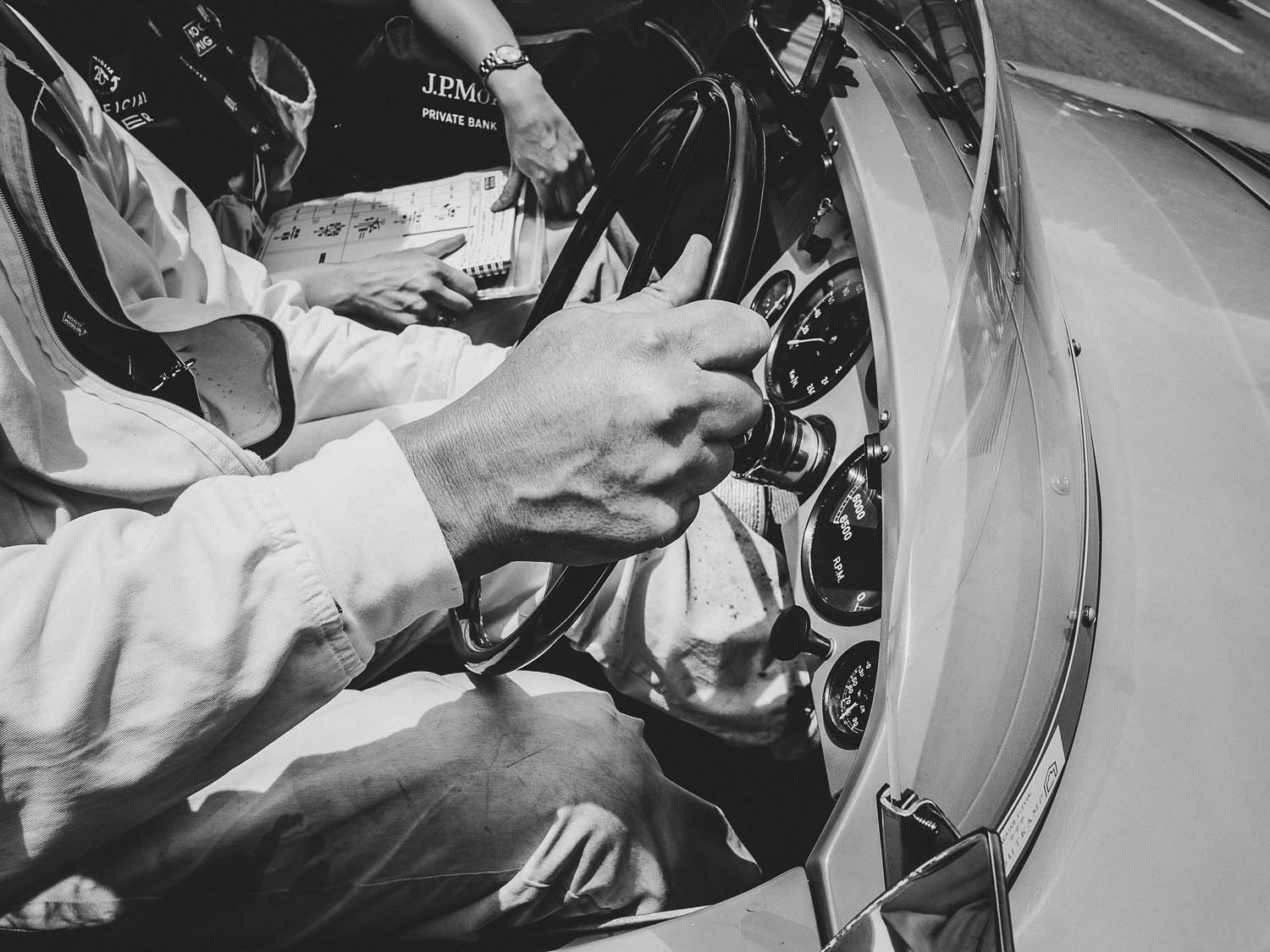
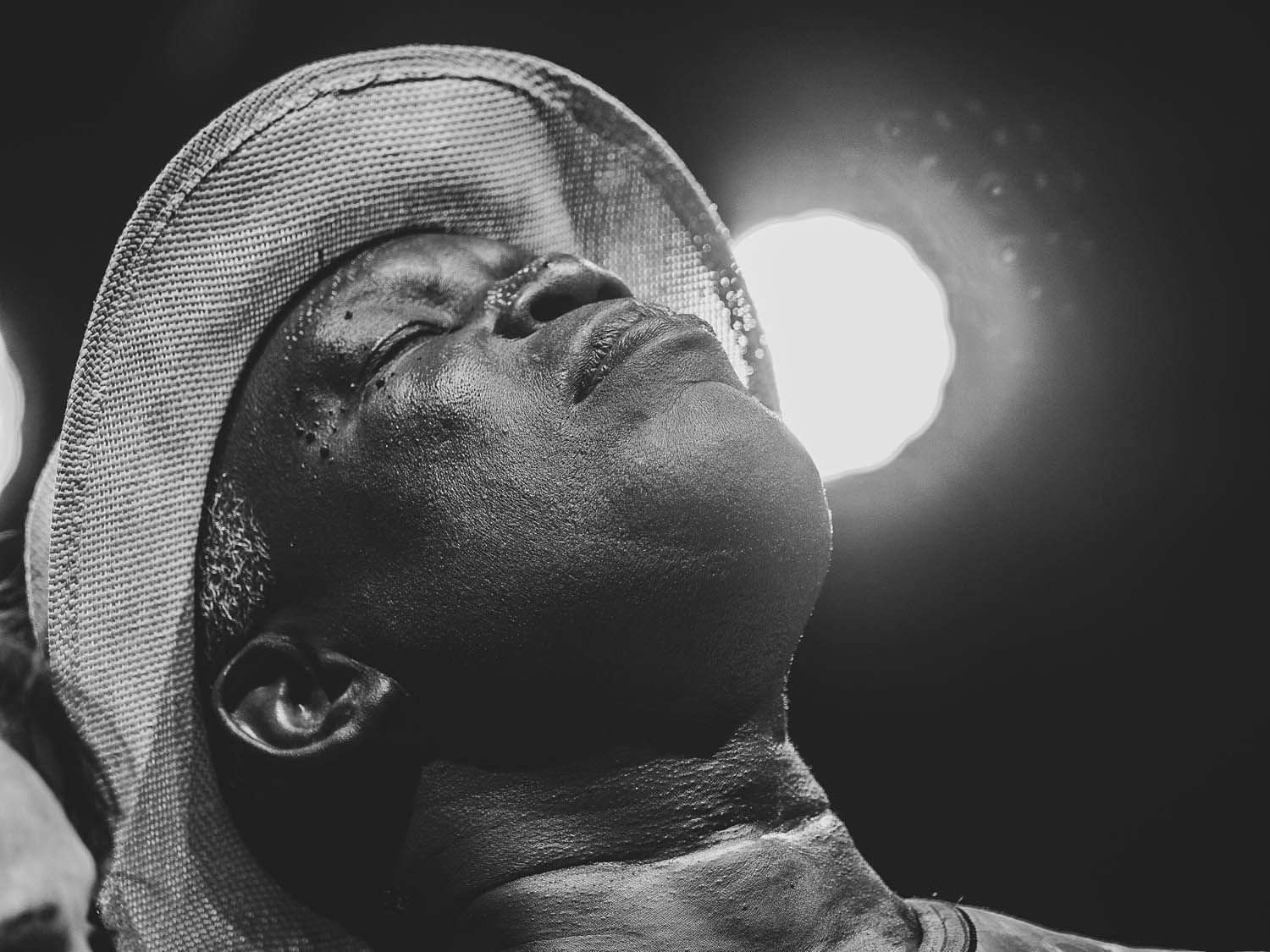
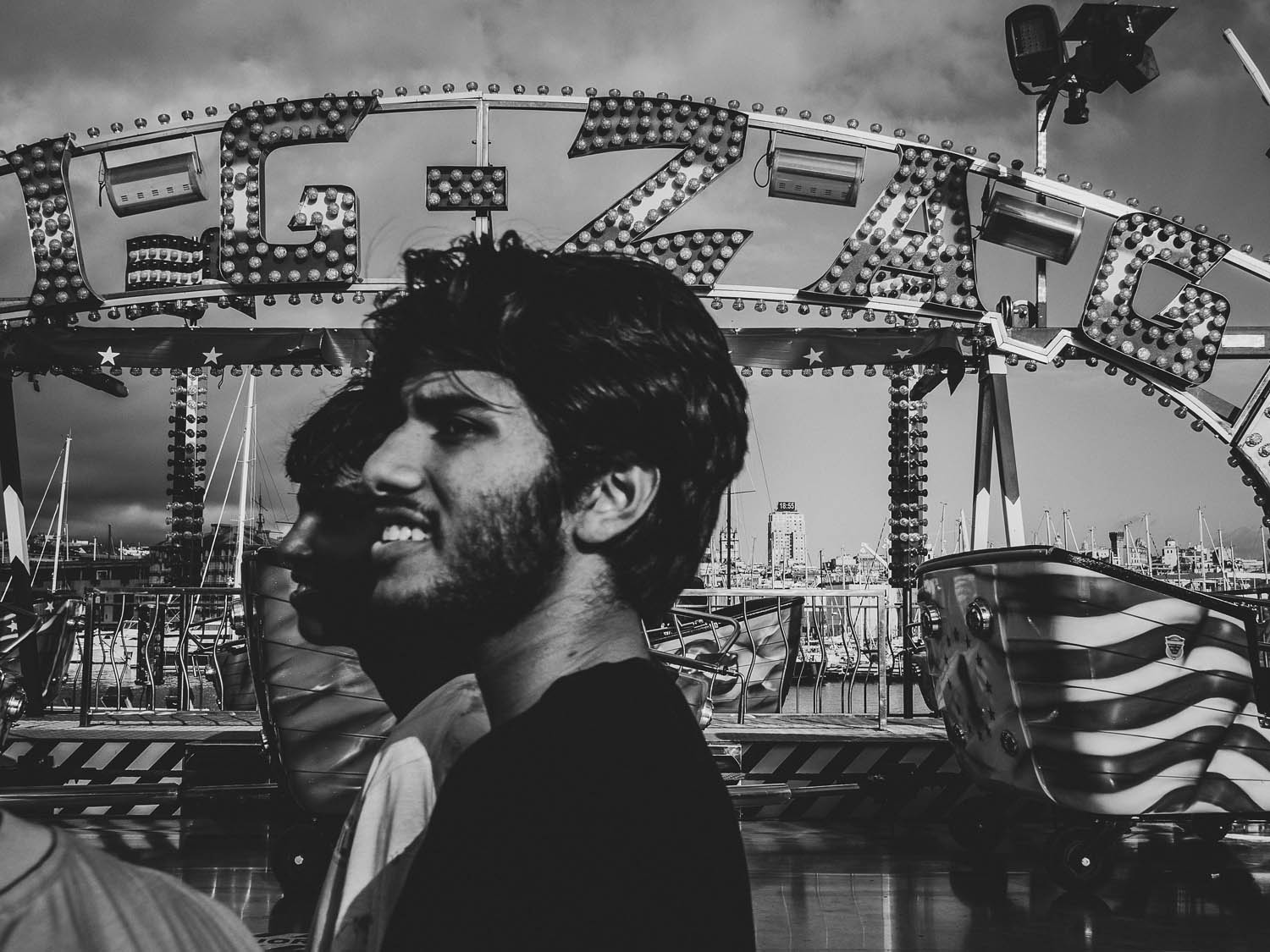
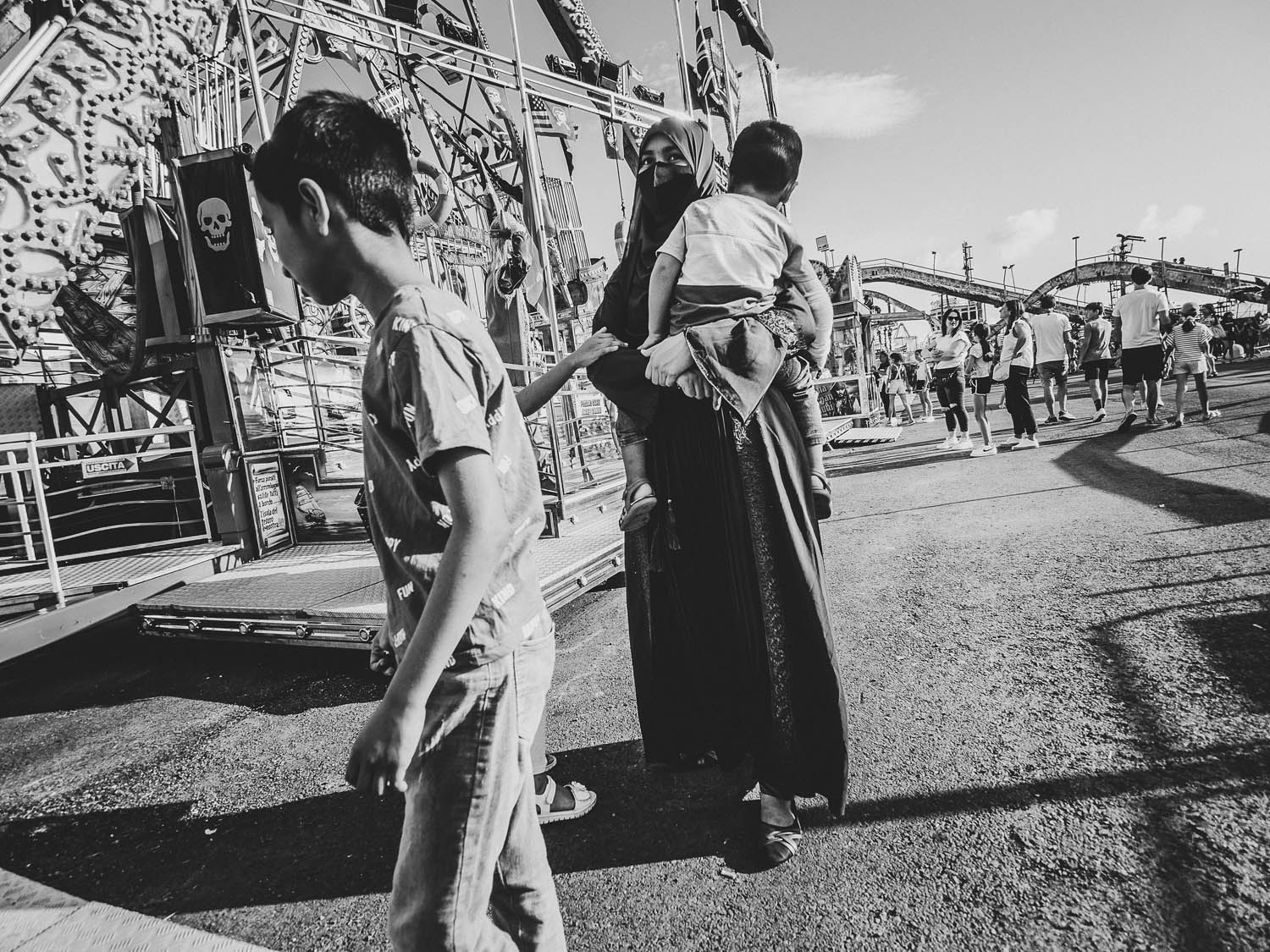
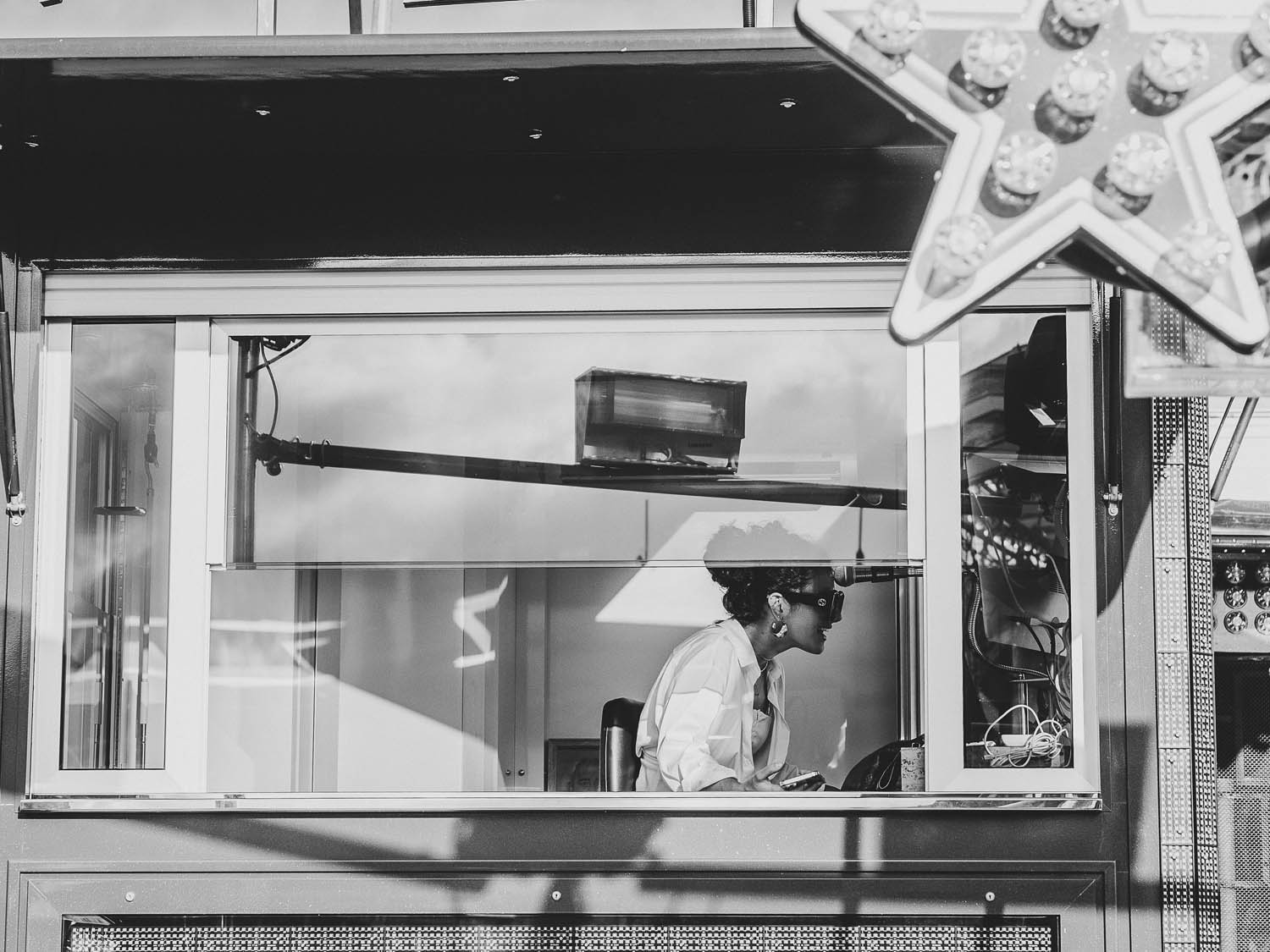
I’ve been using Lightroom for a long time to process my images on my computer.
For this article I have sent a series of black and white photographs that deal with different situations both for the type of light and for the event they are going to tell.
Evidently, the micro 4/3 suffers from low light situations, but this does not mean that I decided not to photograph. There are images taken indoors such as at the Genoa aquarium or in a sports center during savate meetings or those of small animals on an educational farm. What stands out is the grain that comes out in these images. By now we are used to high-resolution images. But I’ve often wondered if the grain or noise is really that horrible or if it can become a strong point that enriches the image.
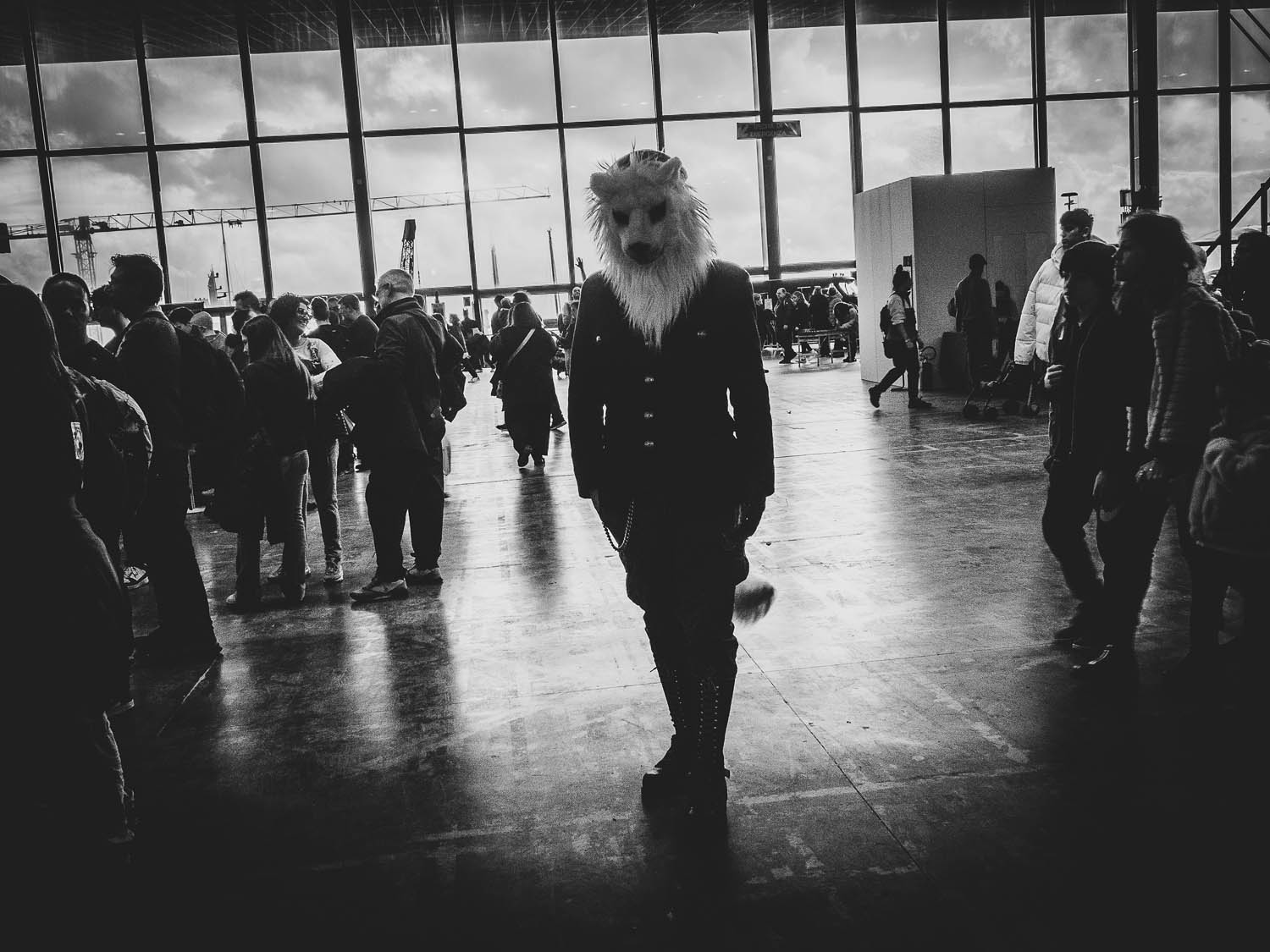
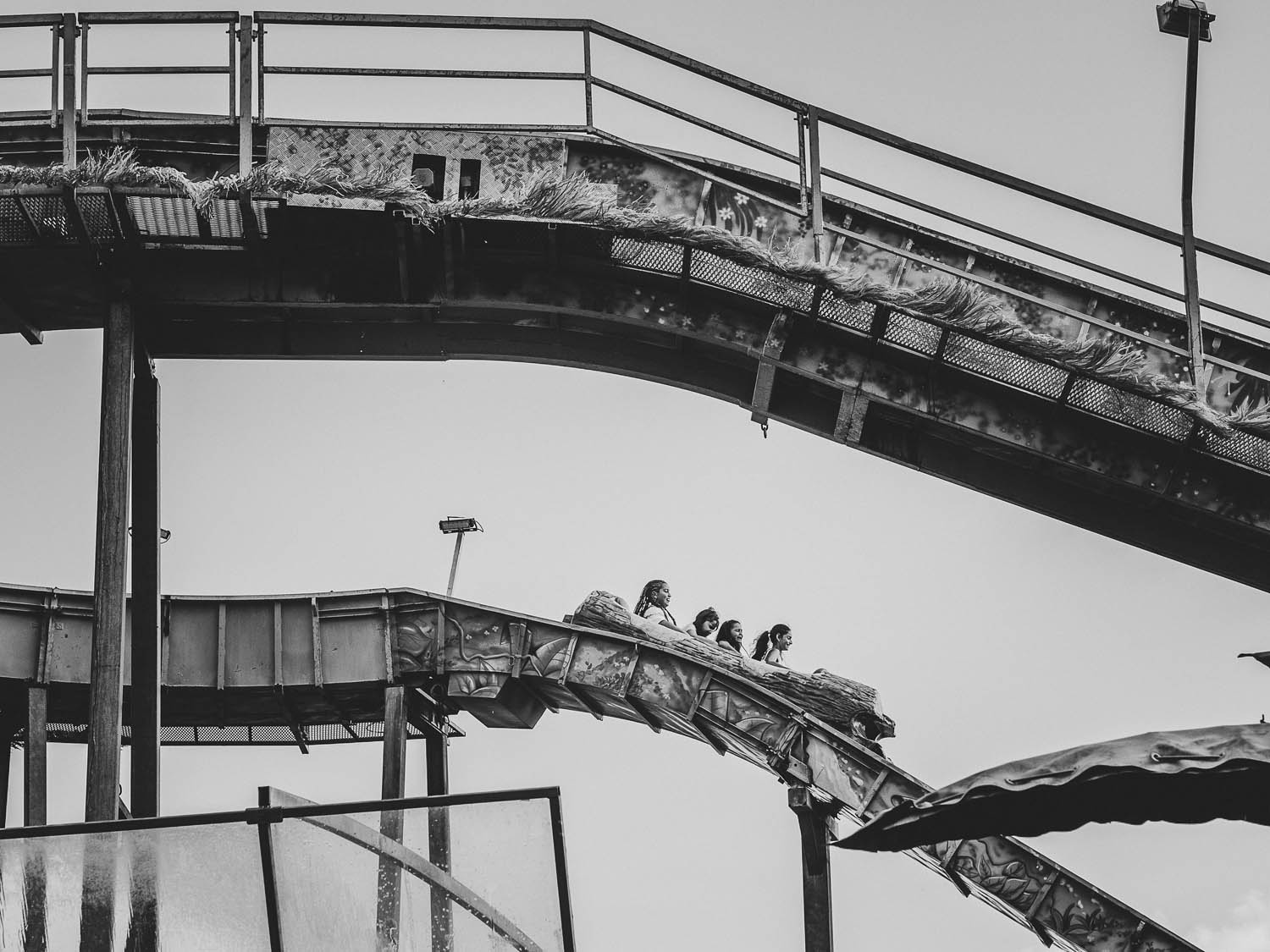
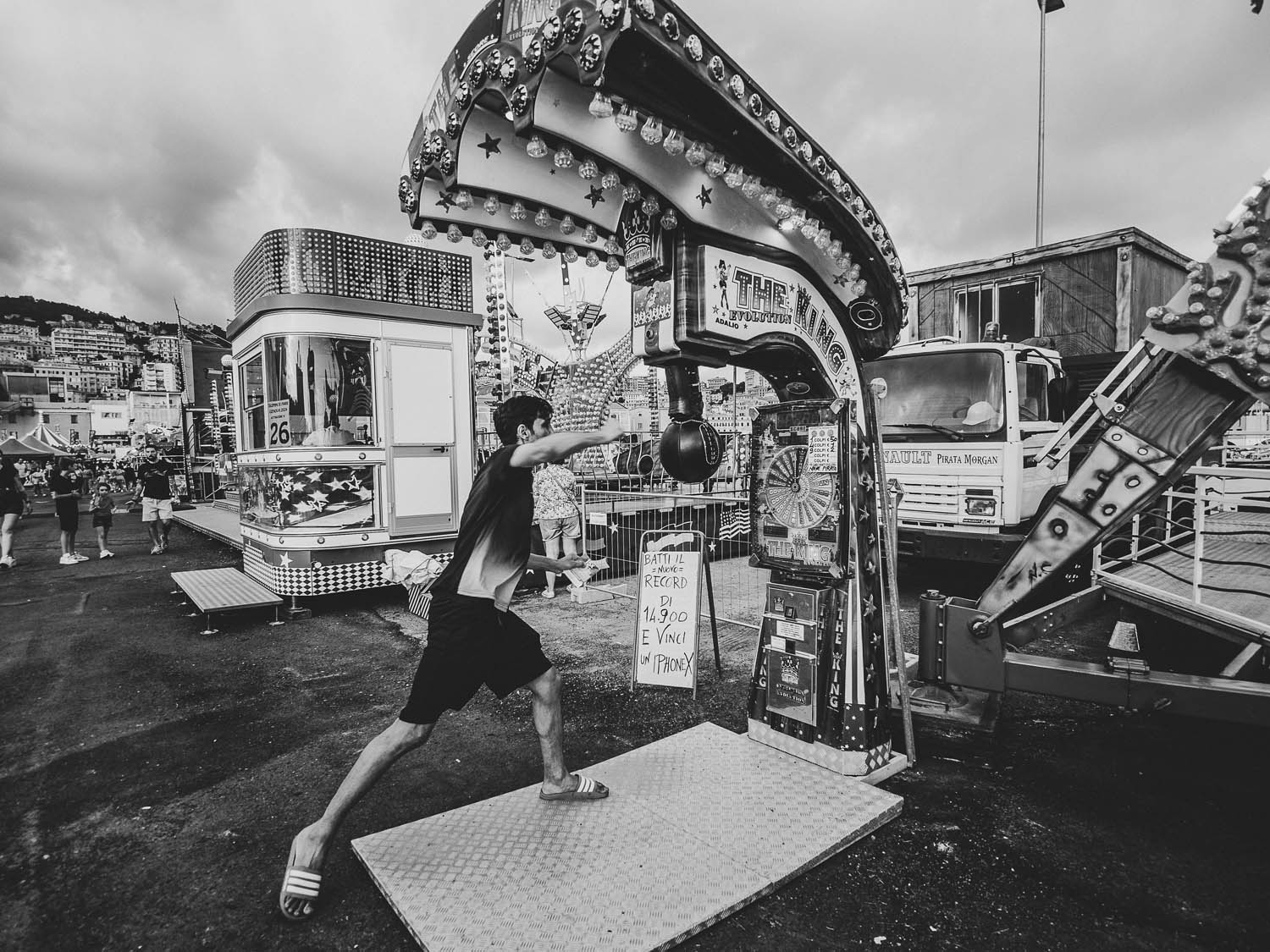
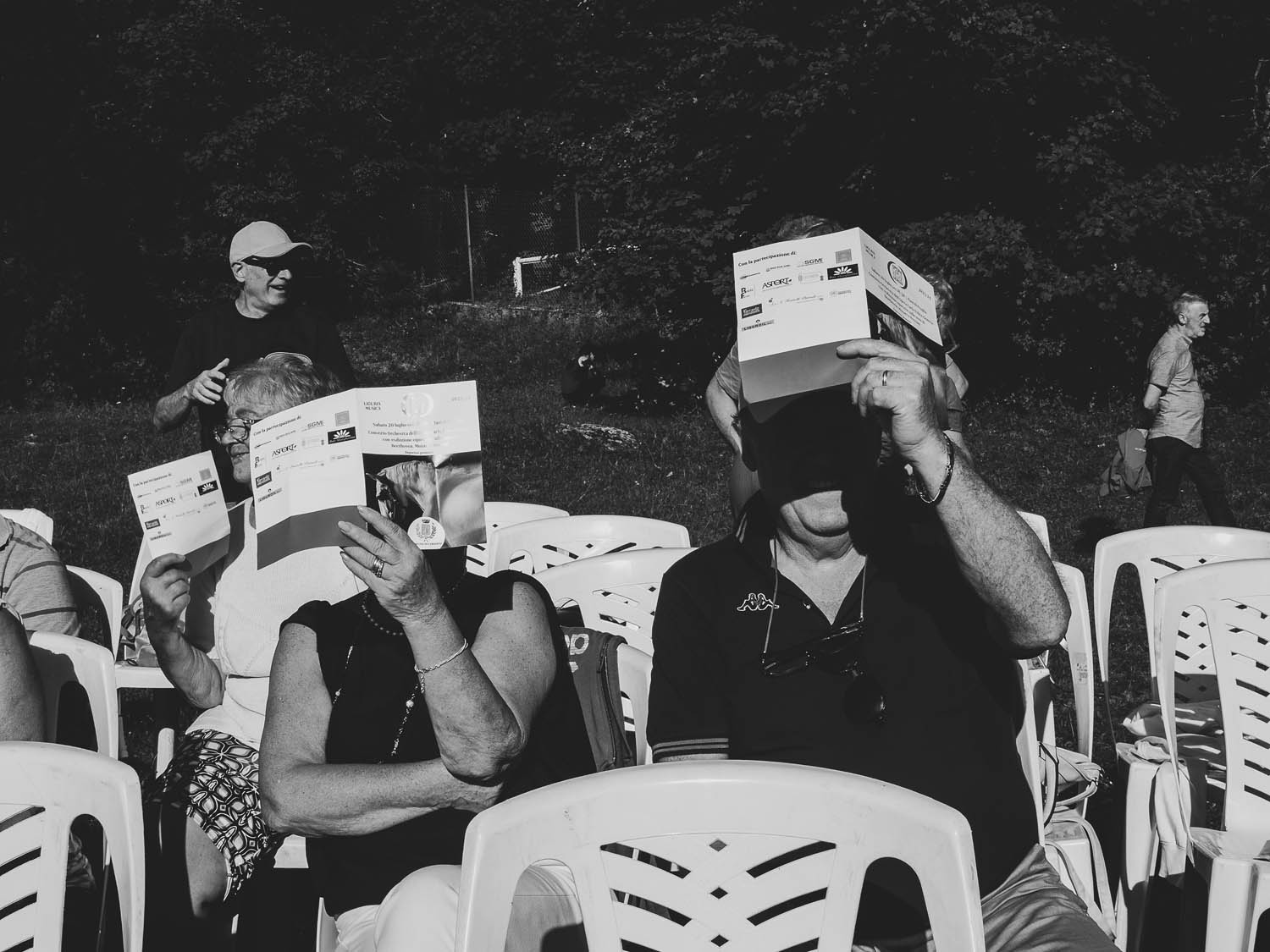
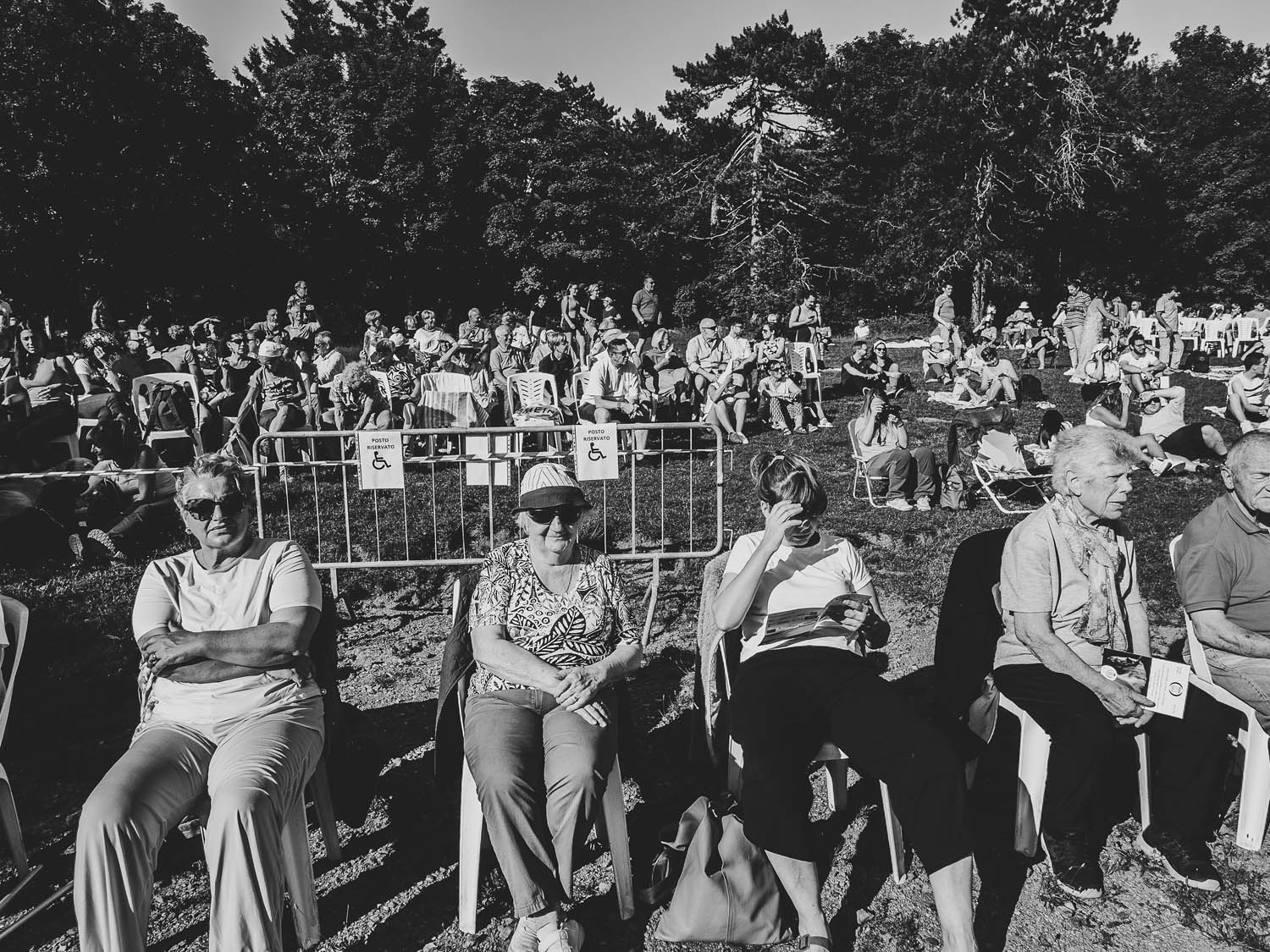
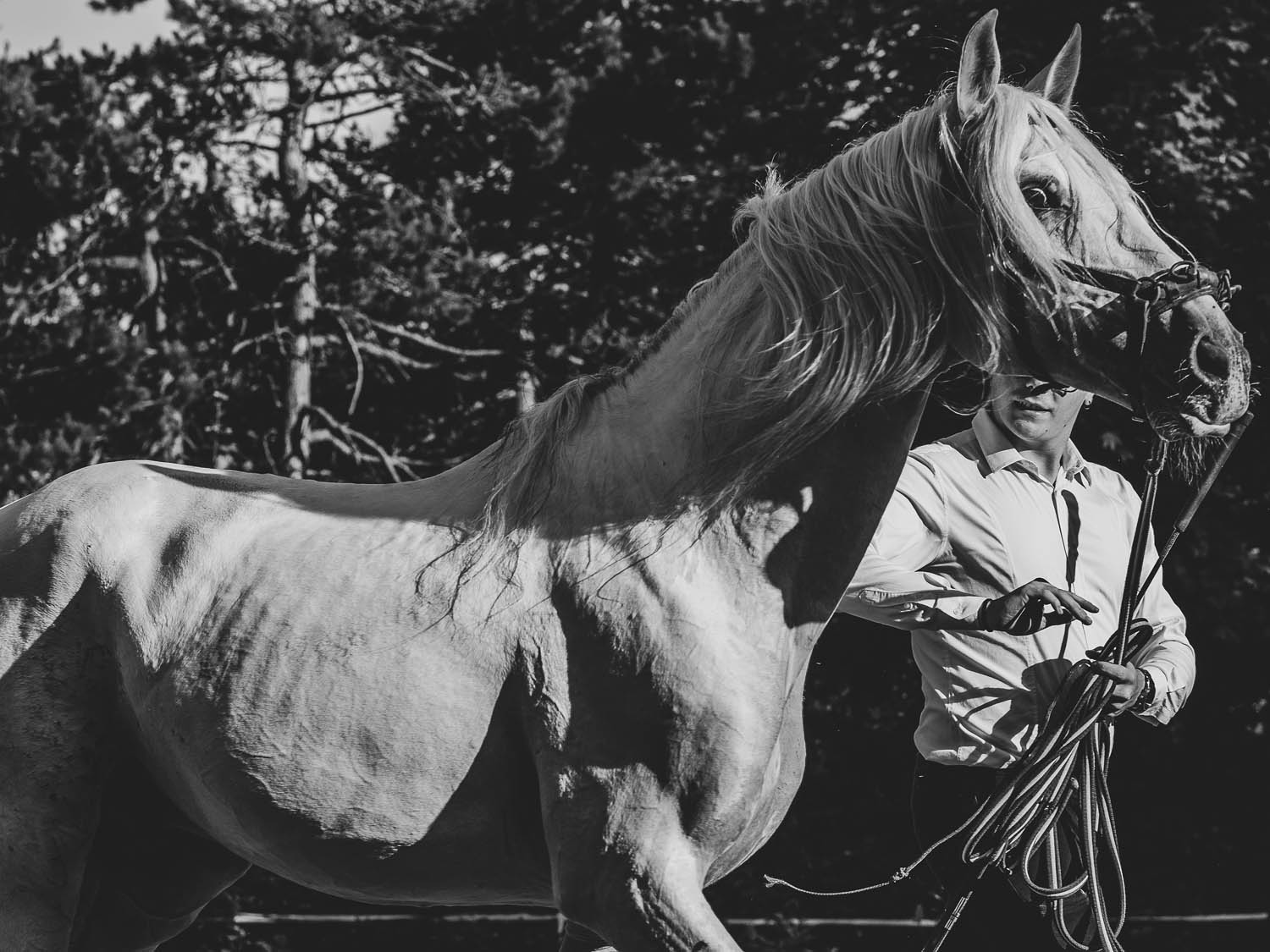
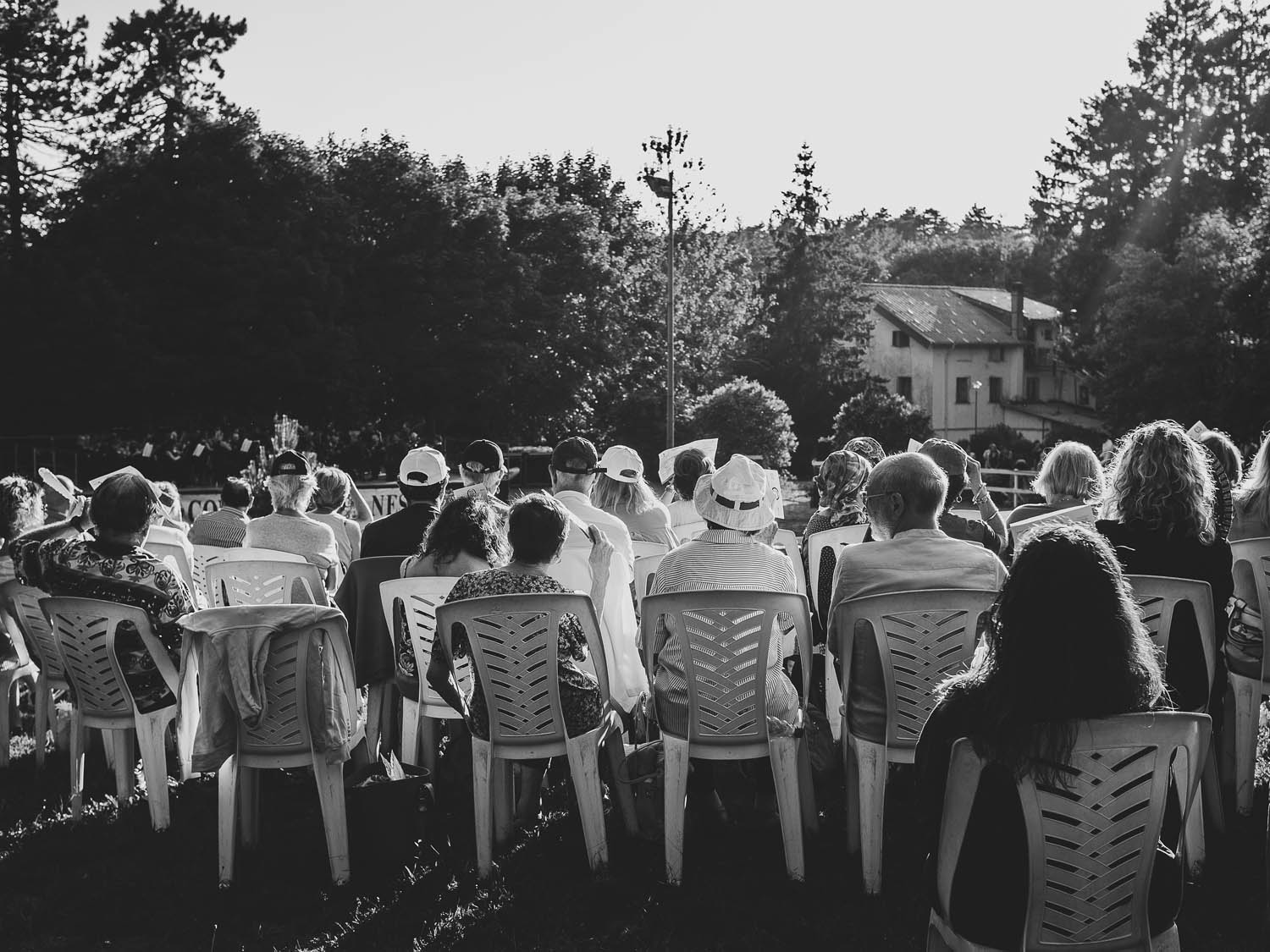
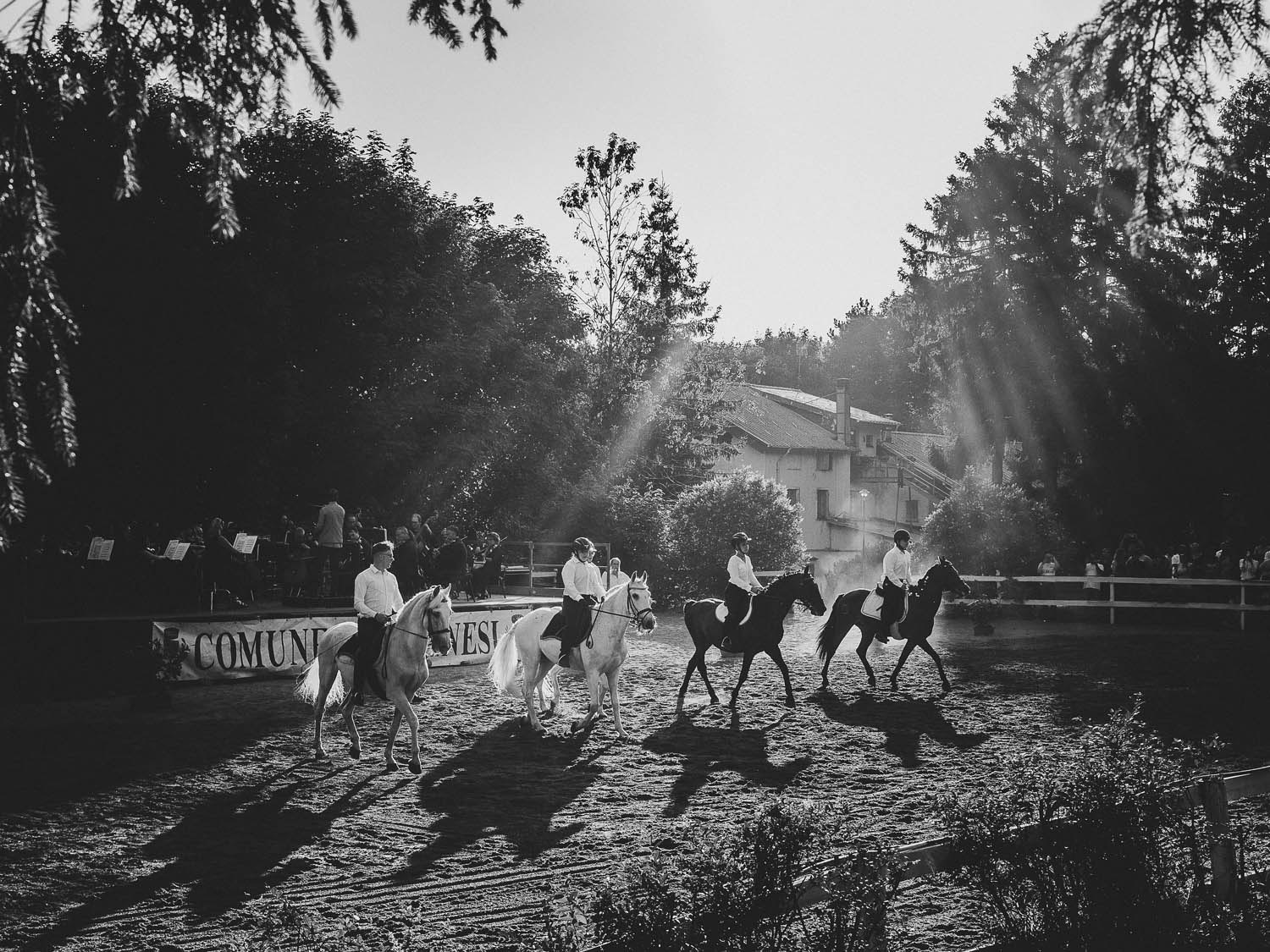
I often look for situations where there is a human being doing something, coming together, such as photographs of people from Ecuador at a party in their traditional clothes. The event that took place here in Genoa during the summer.
Other shots were taken during the celebration of the feast of the Madonna di Recco, during which there were fireworks during the day, and others were taken during a horseback riding exhibition.
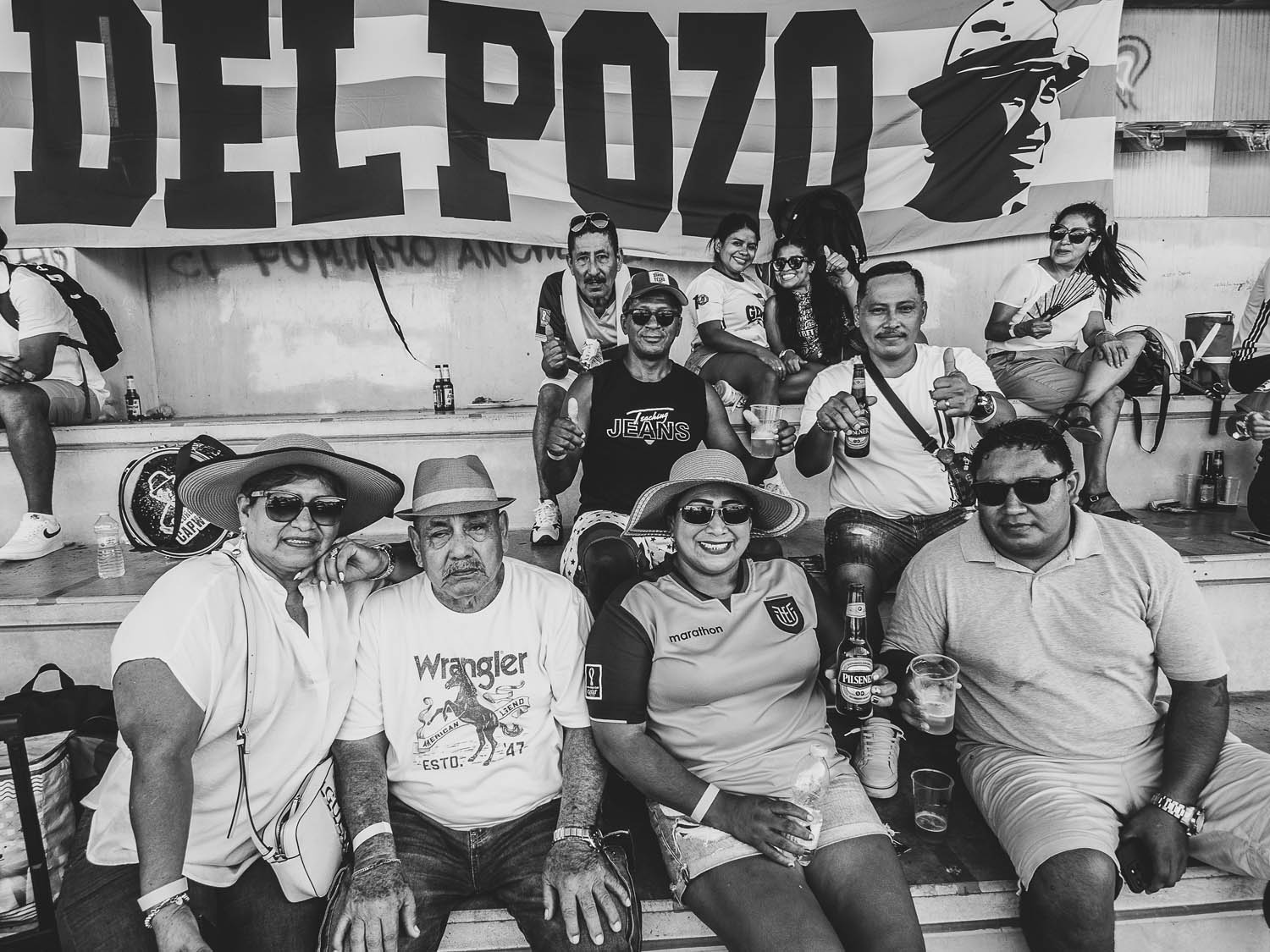
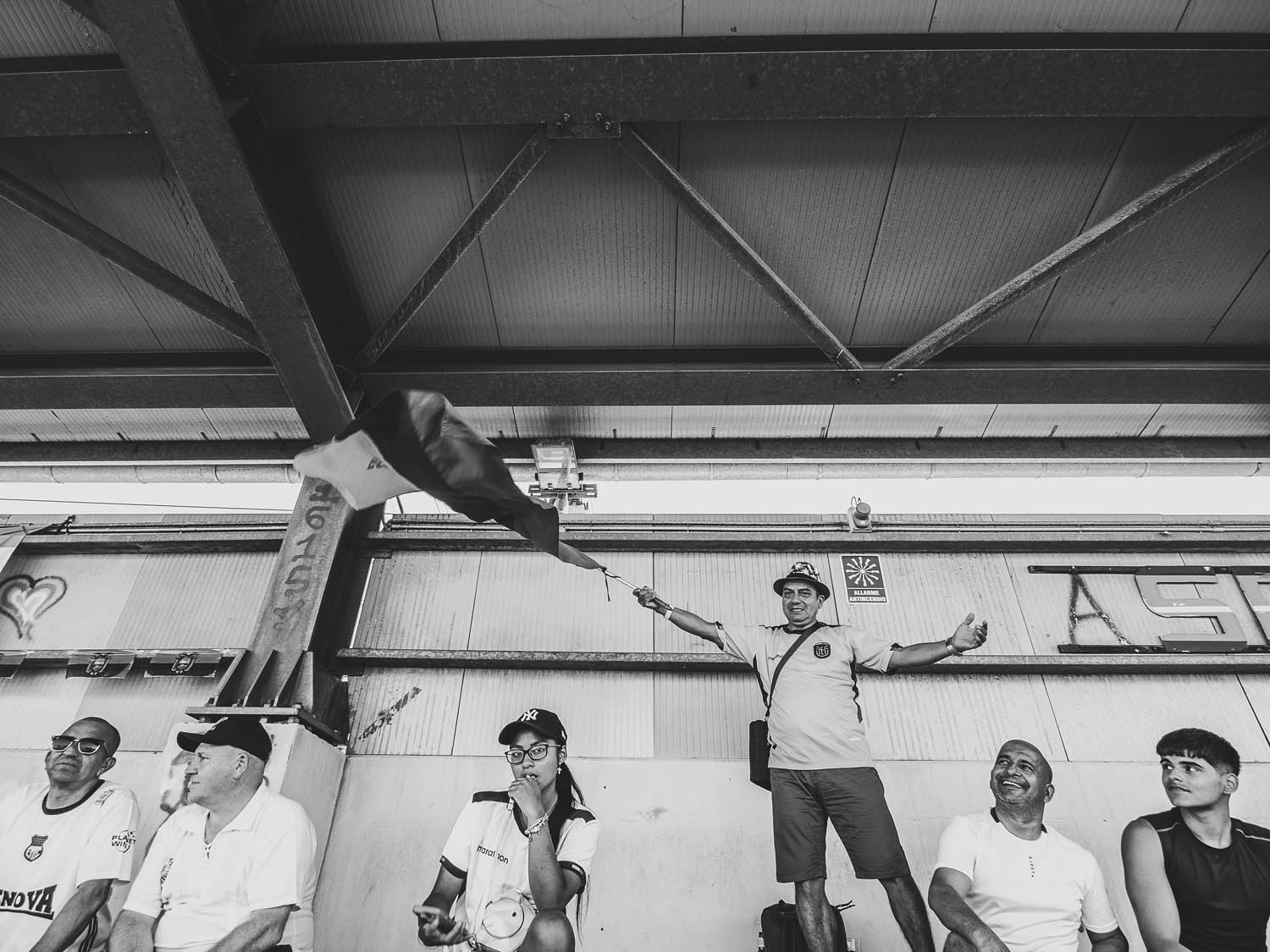
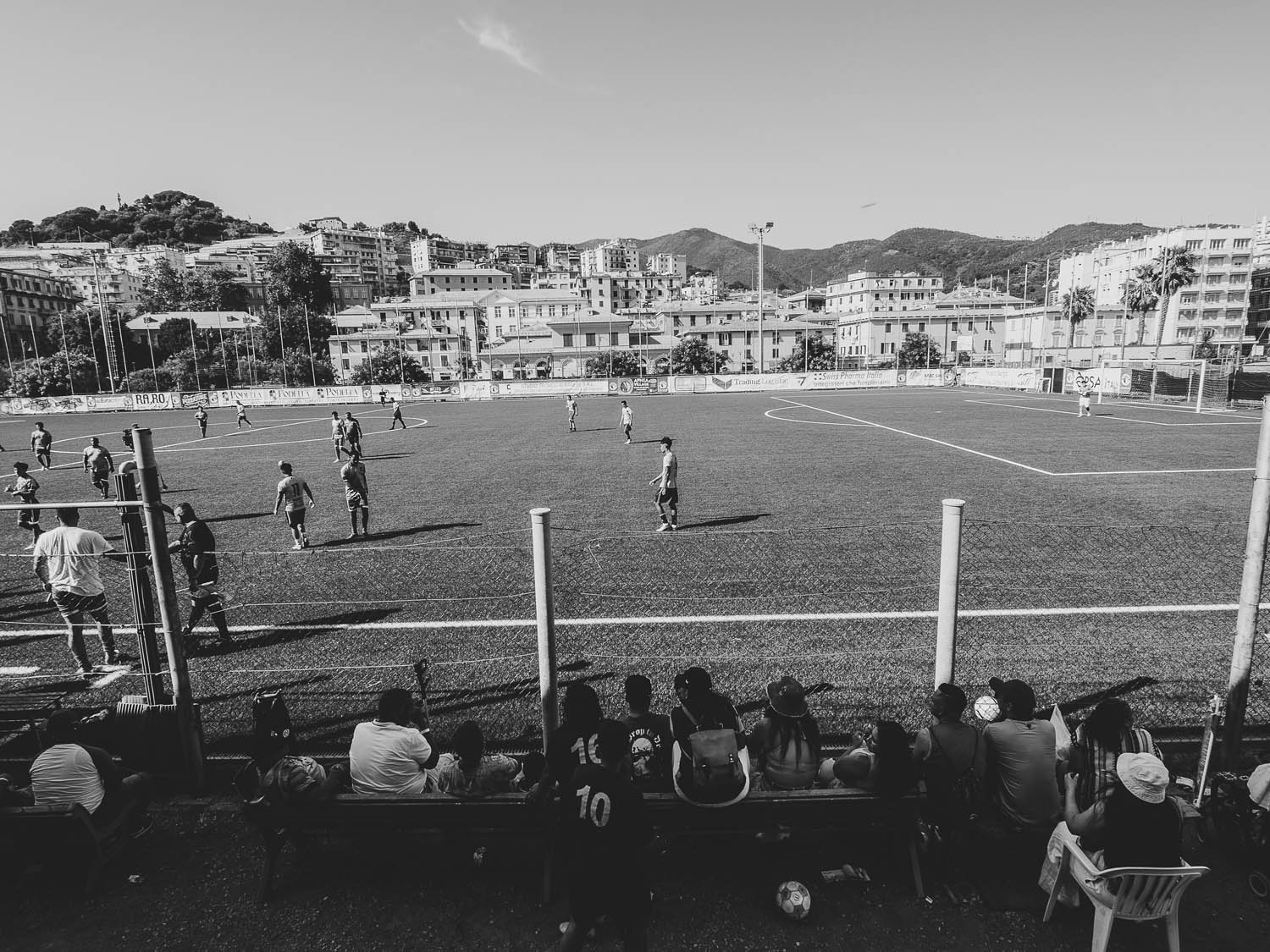
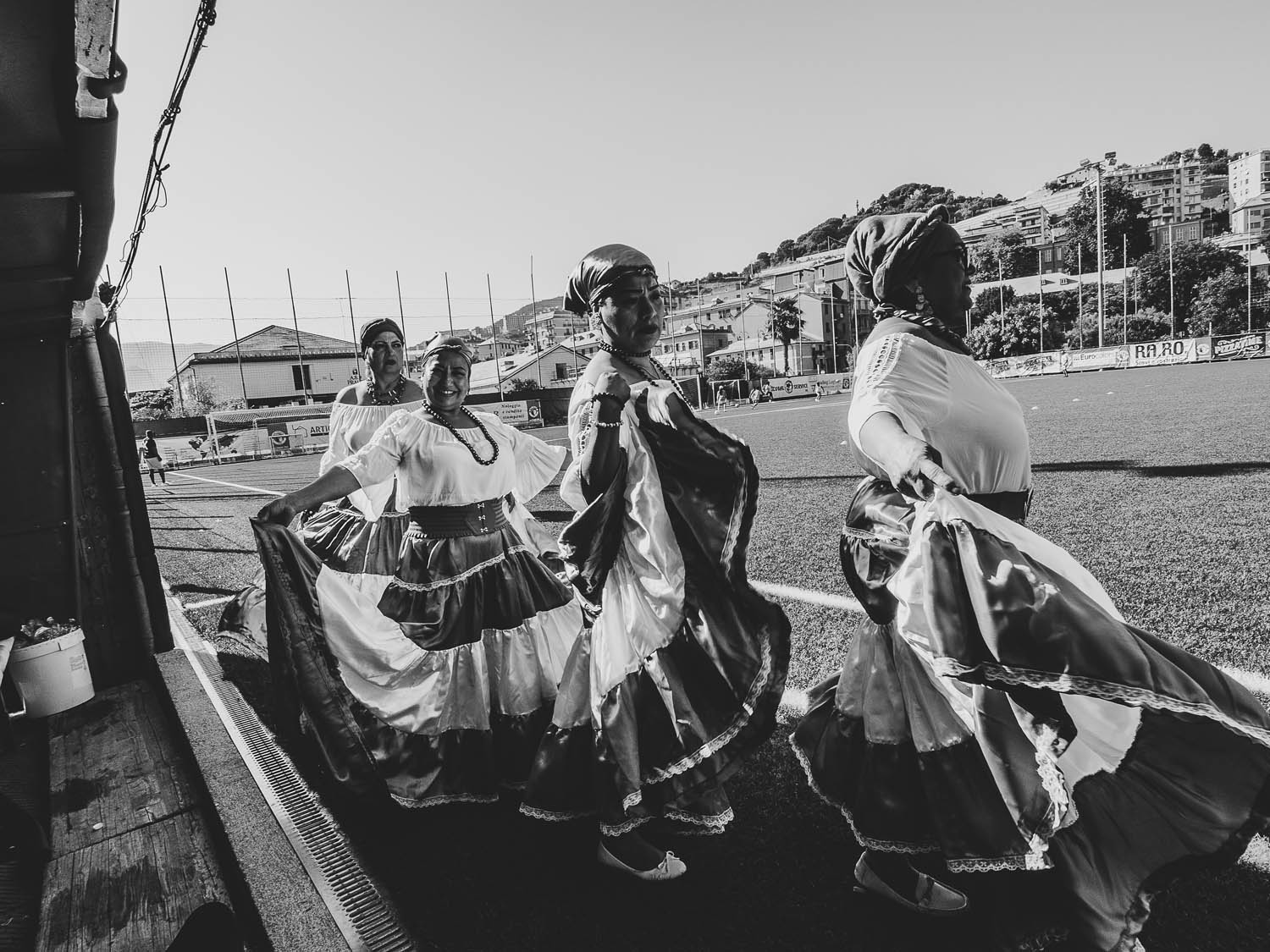
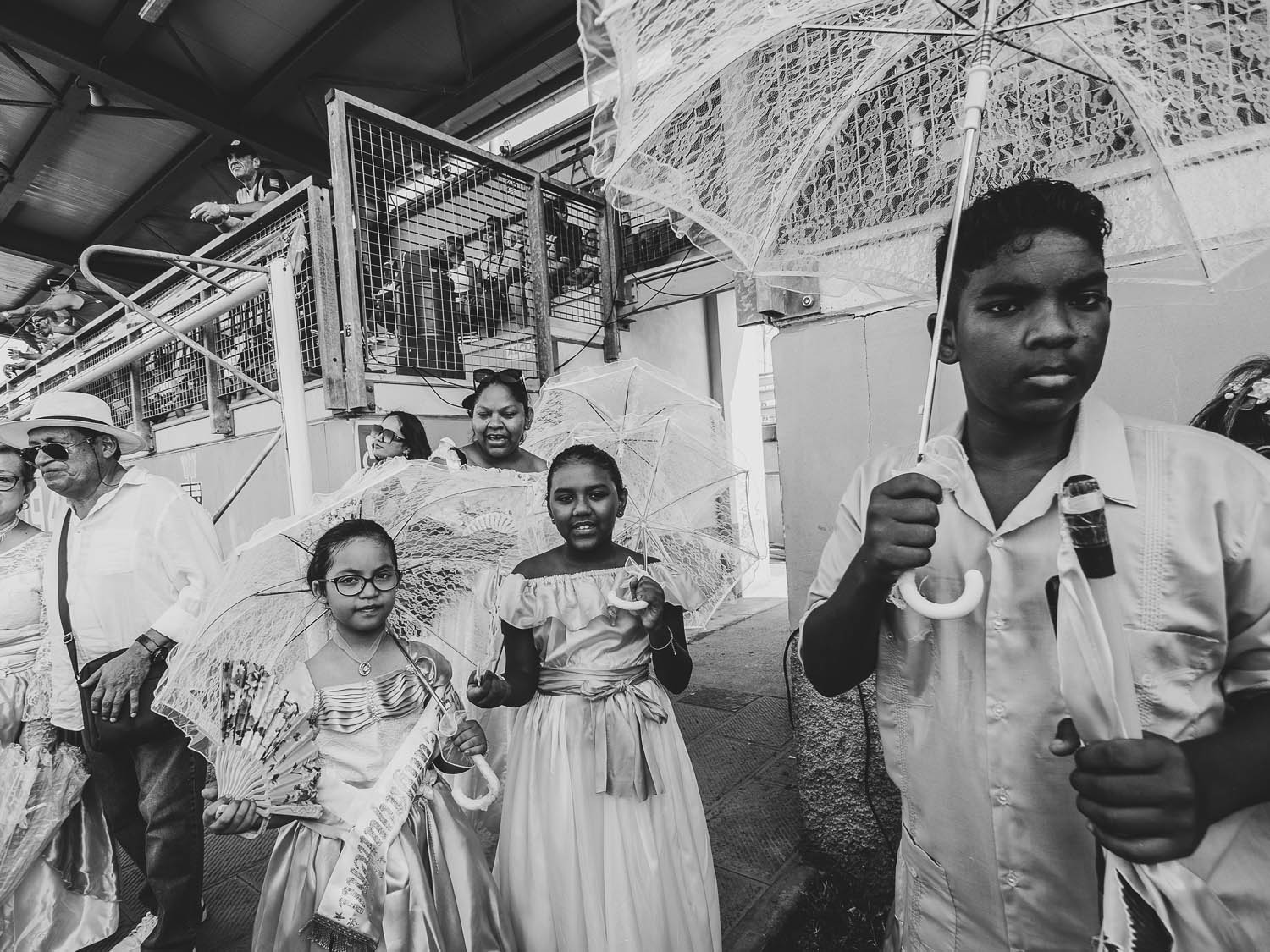
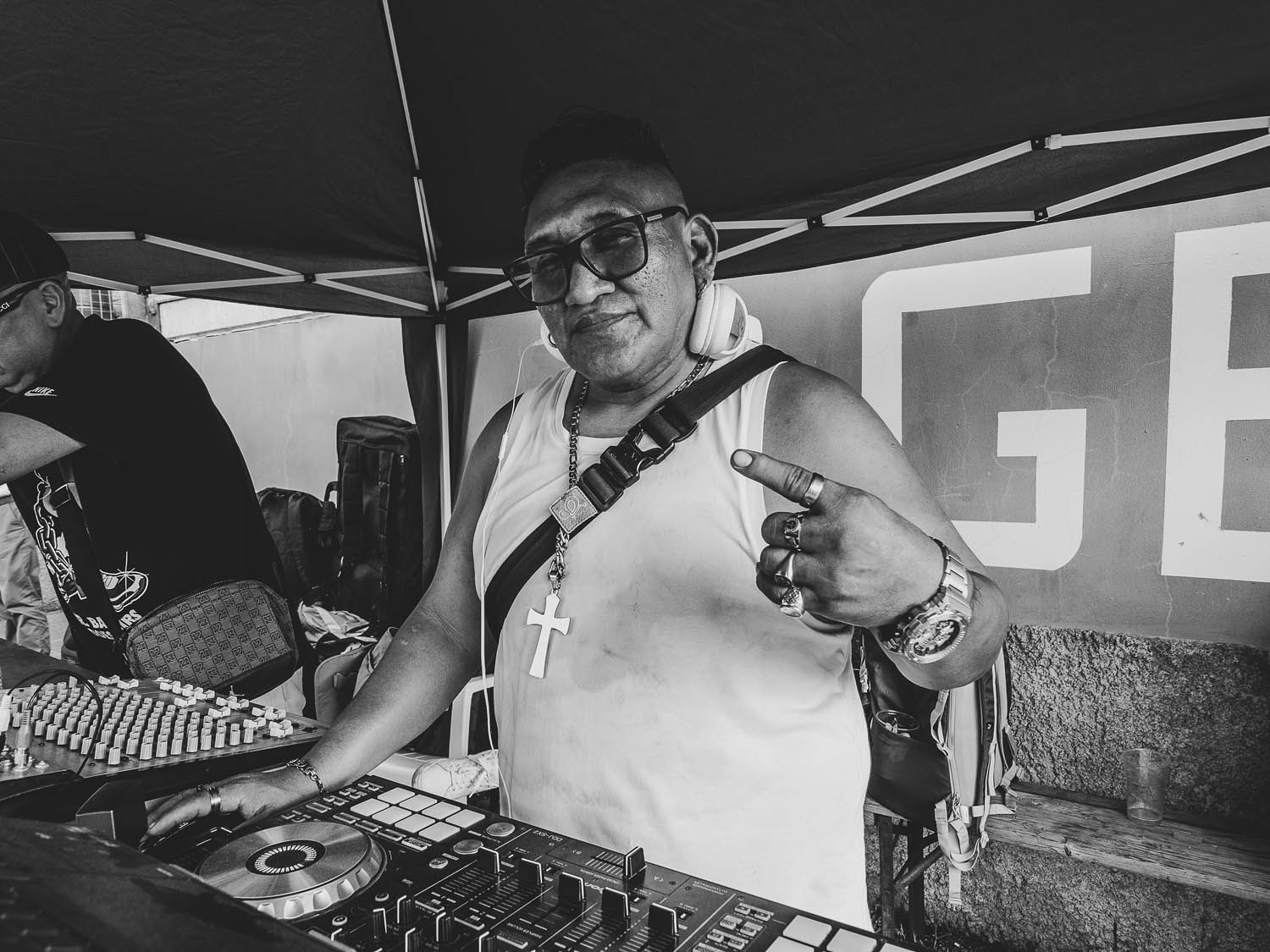
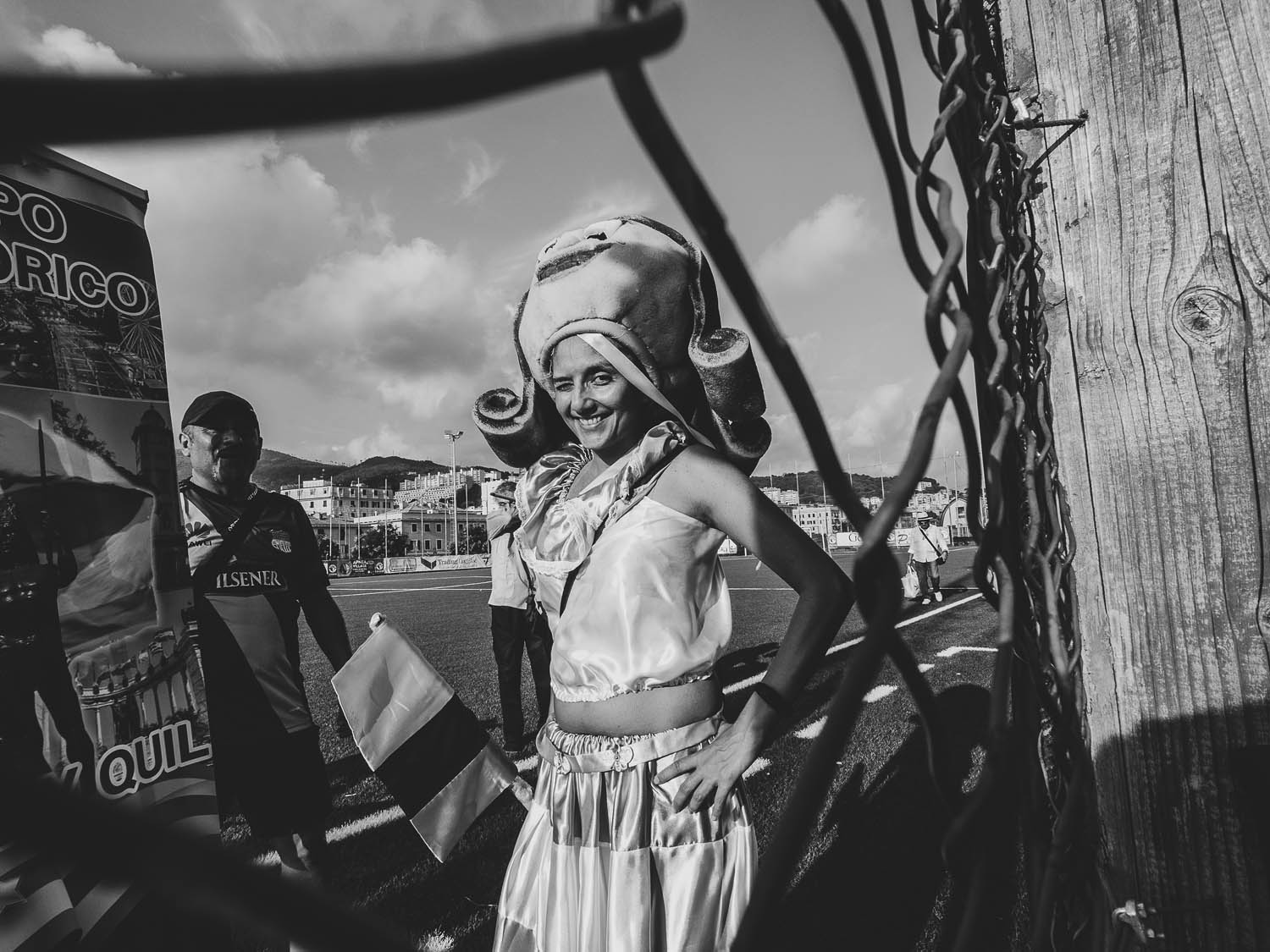
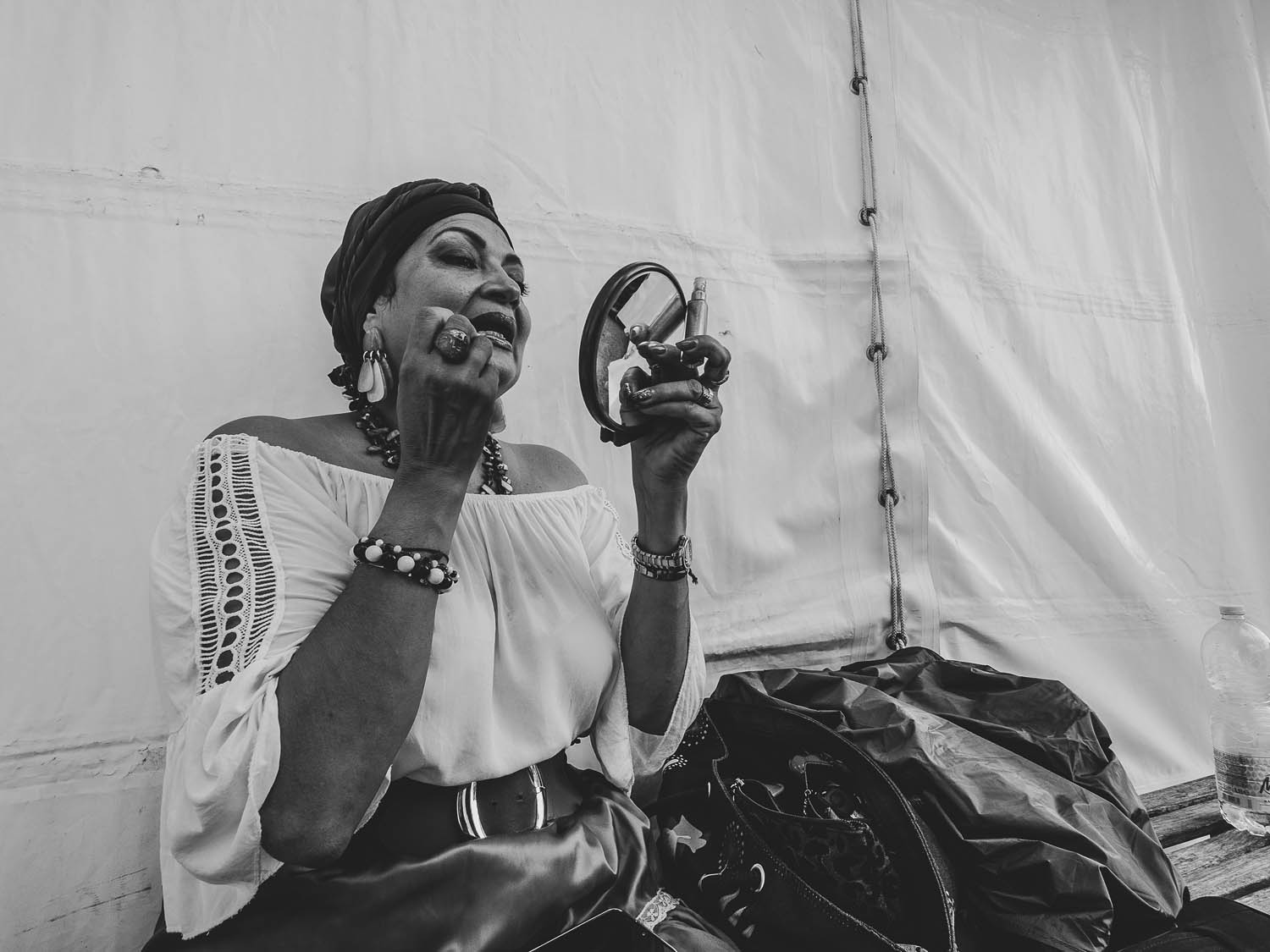
I like to photograph the audience and their behavior, as well as some details such as their hands or backs or cell phones.
The amusement park is always a place where you can always take interesting photos. There are also some landscape photos.
That’s all to say that the Micro 4/3 is suitable for many genres of photography.
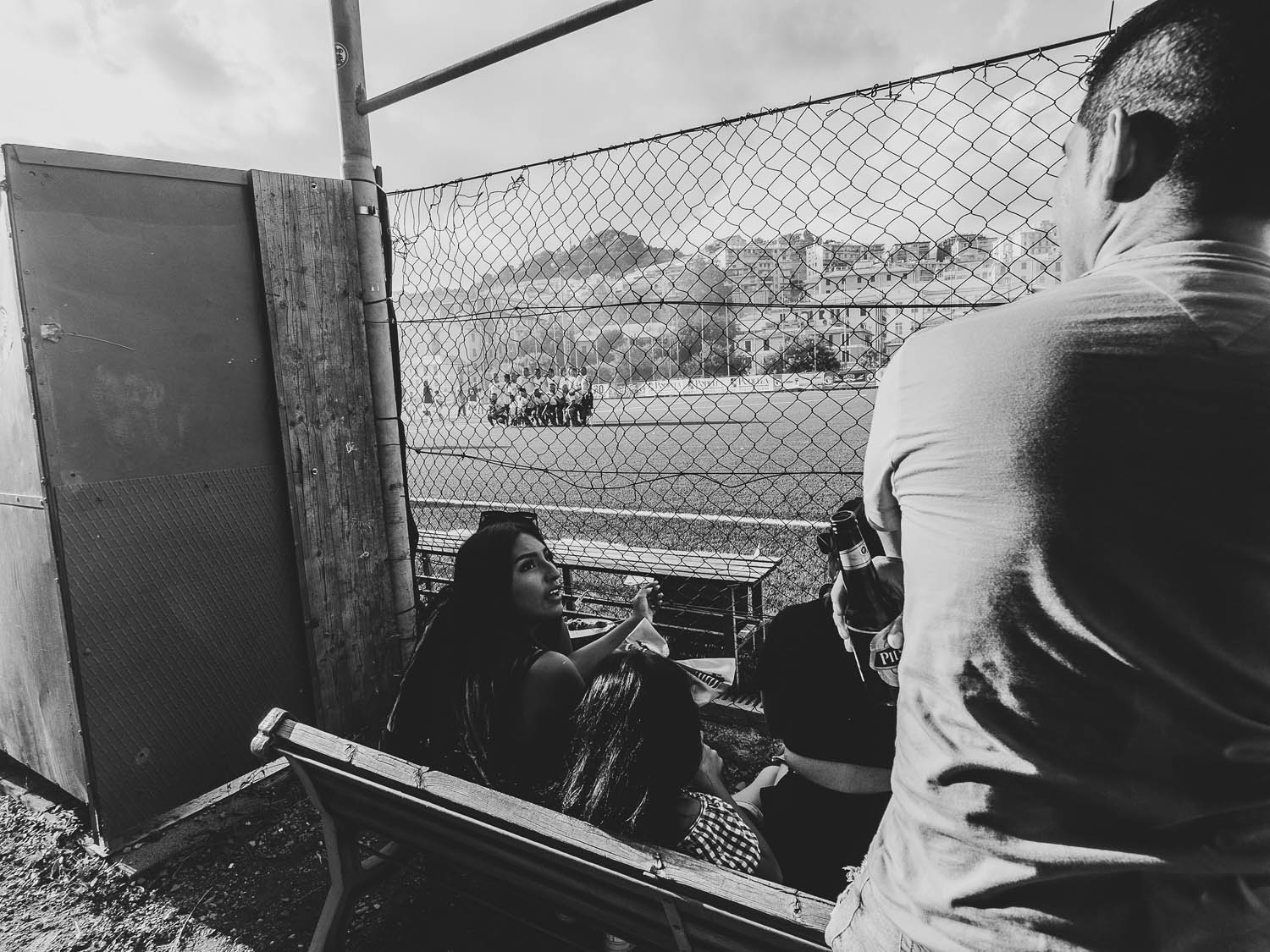
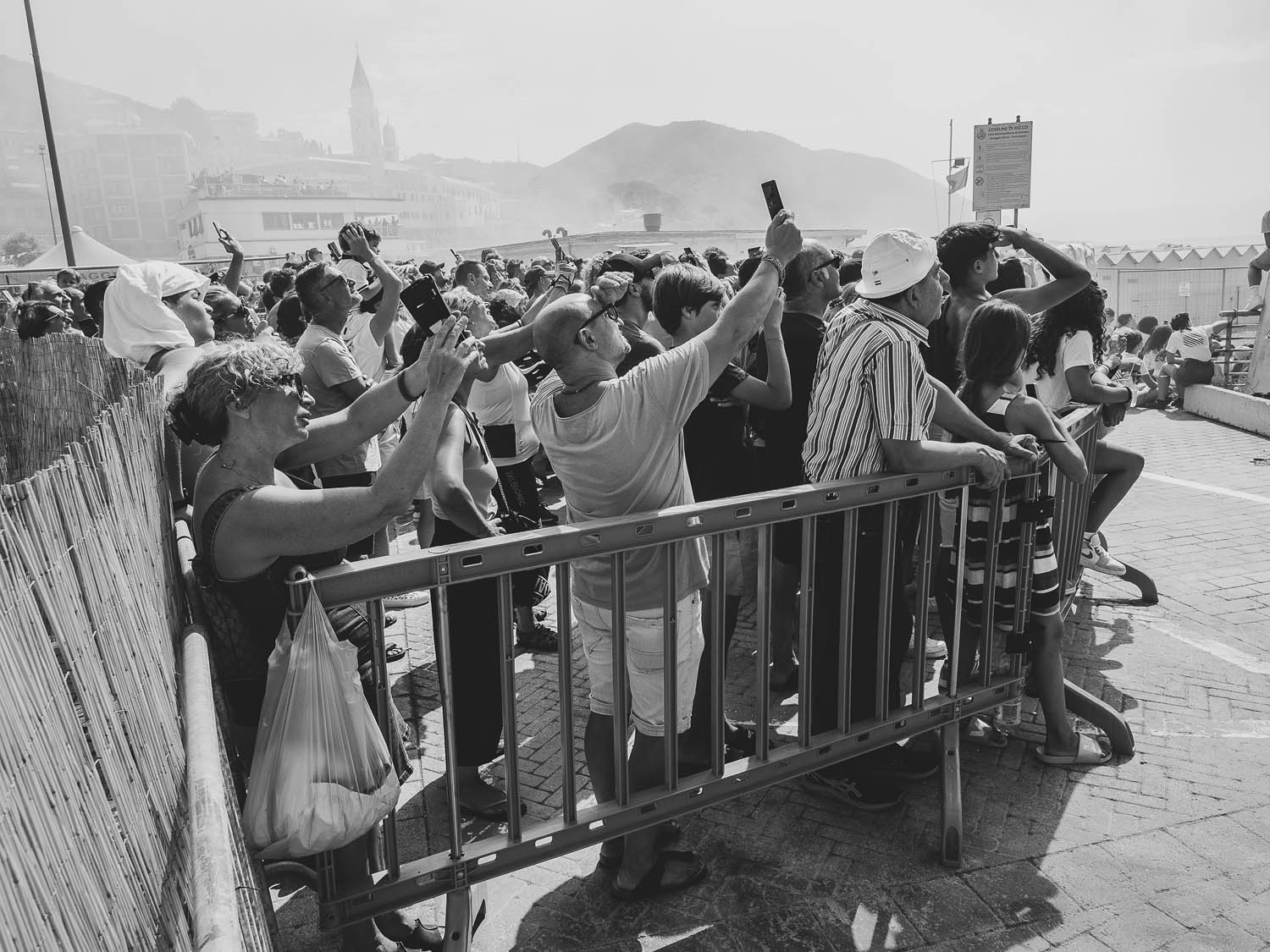
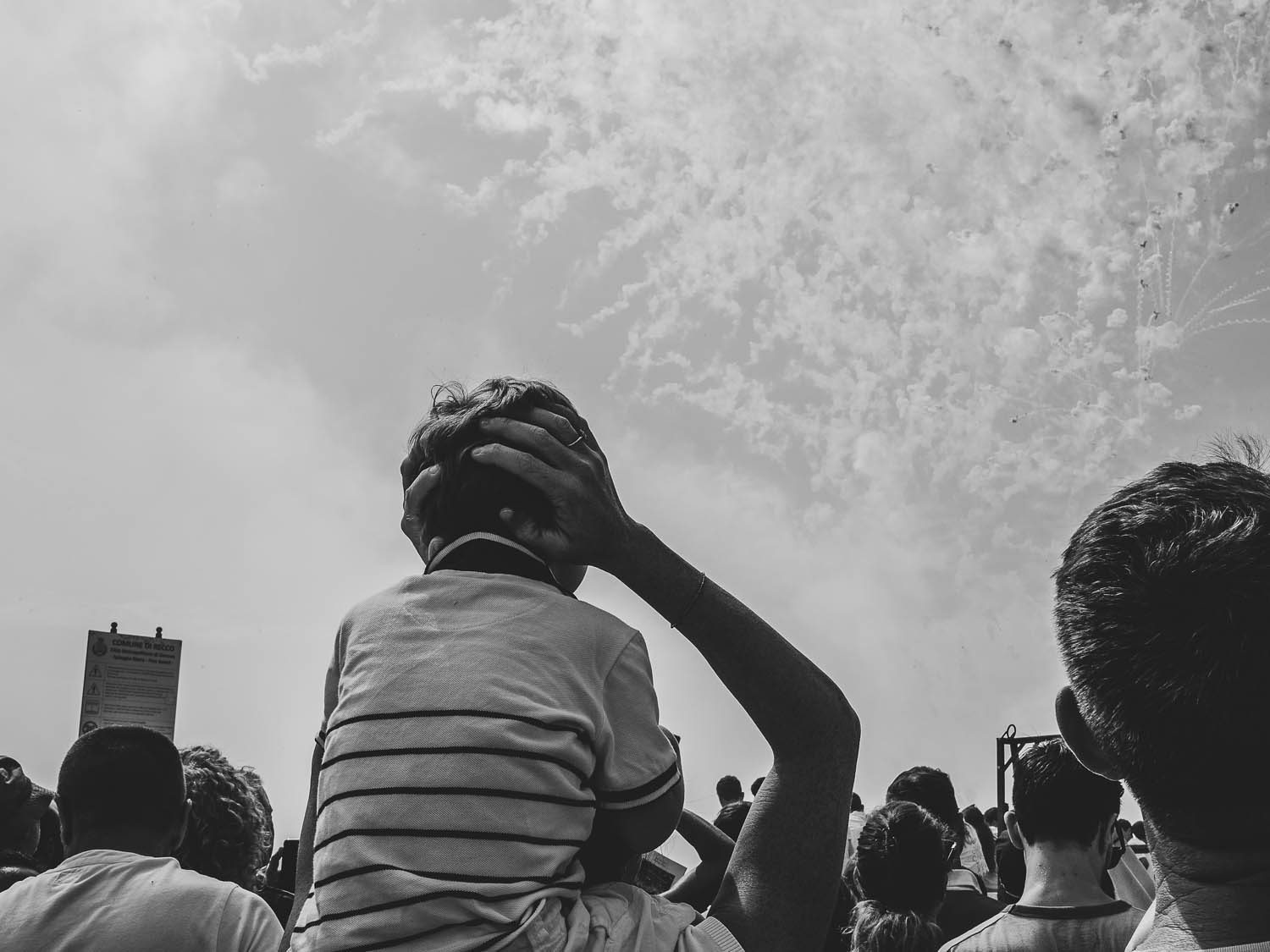
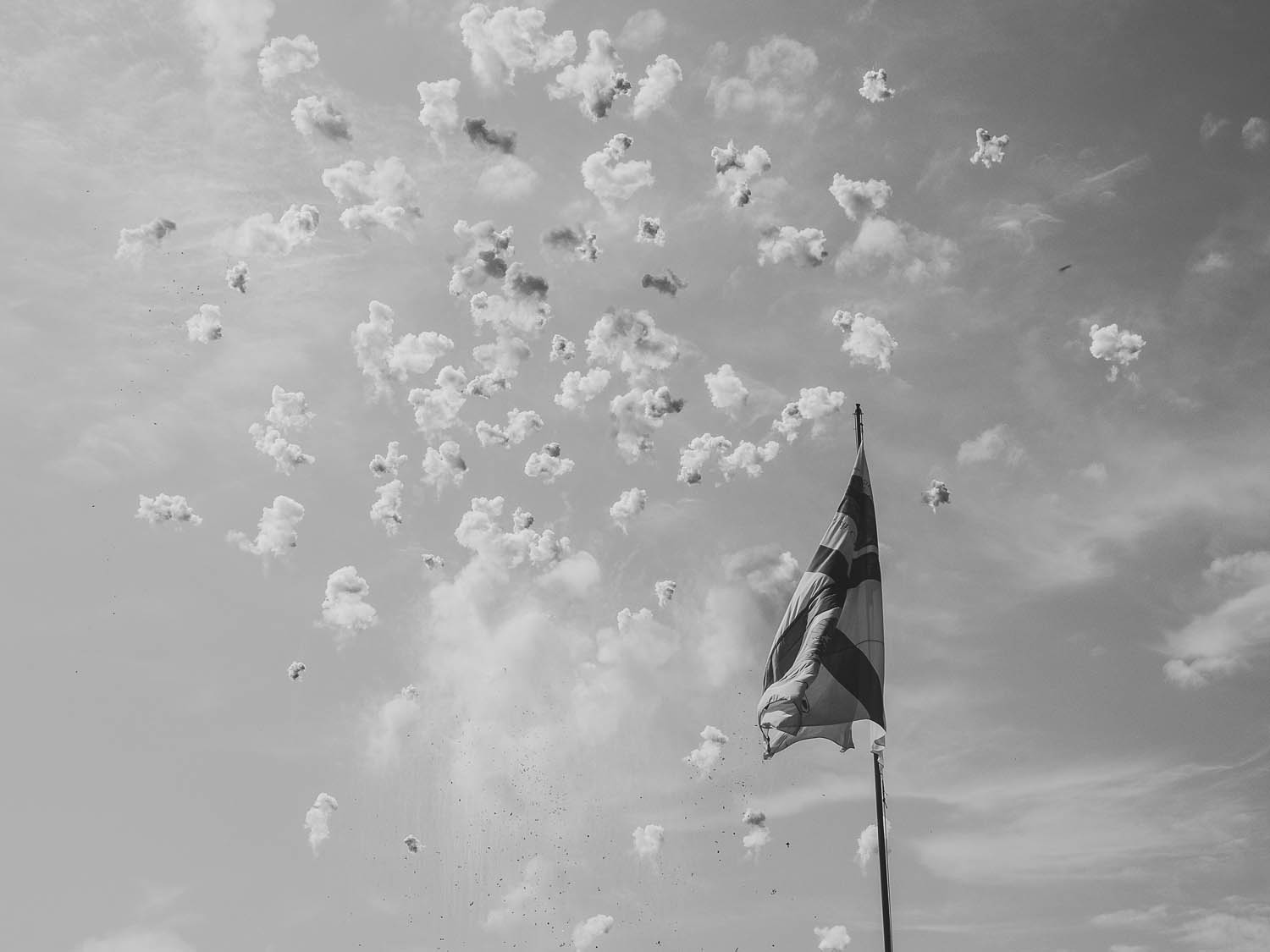
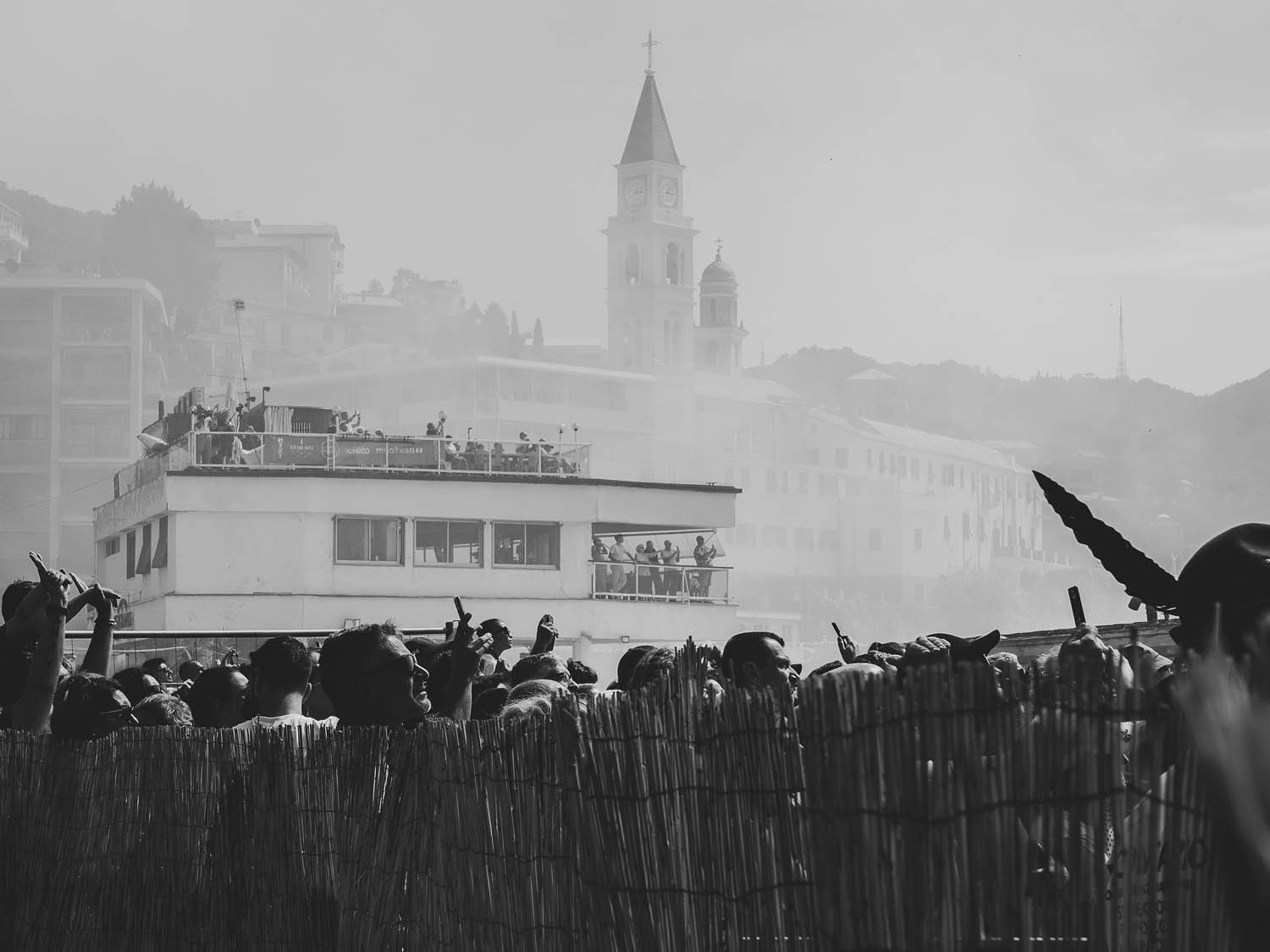
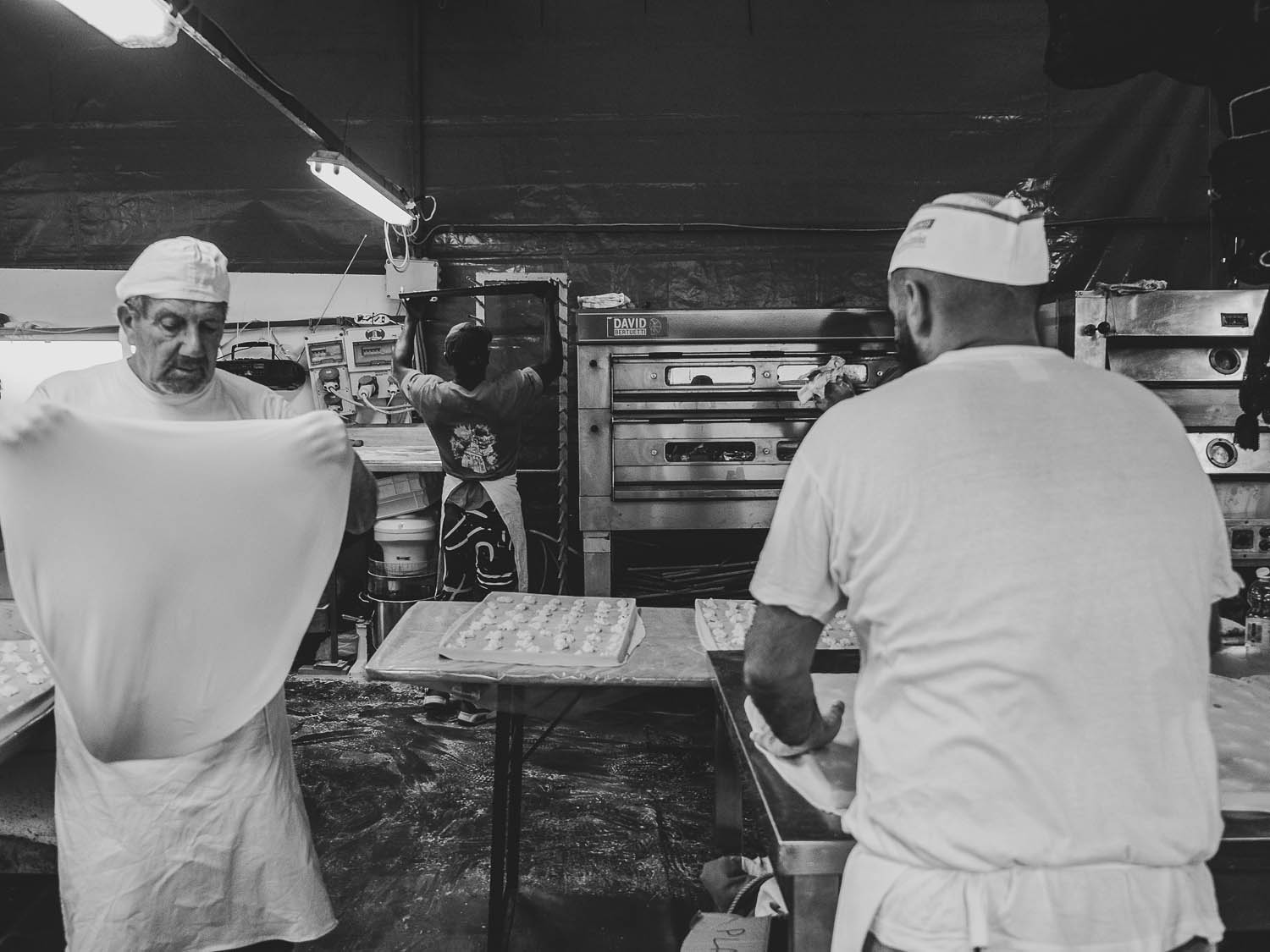
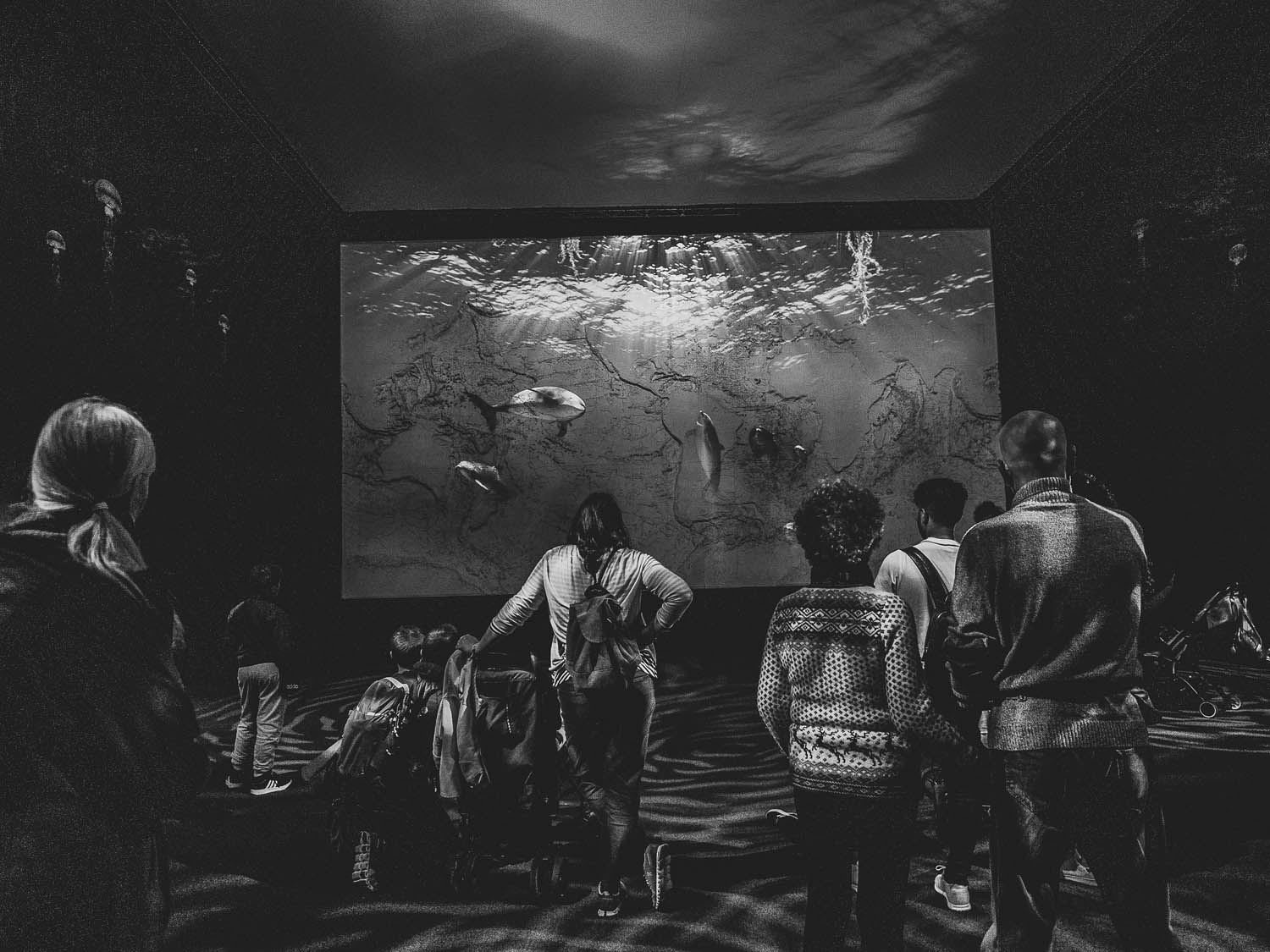

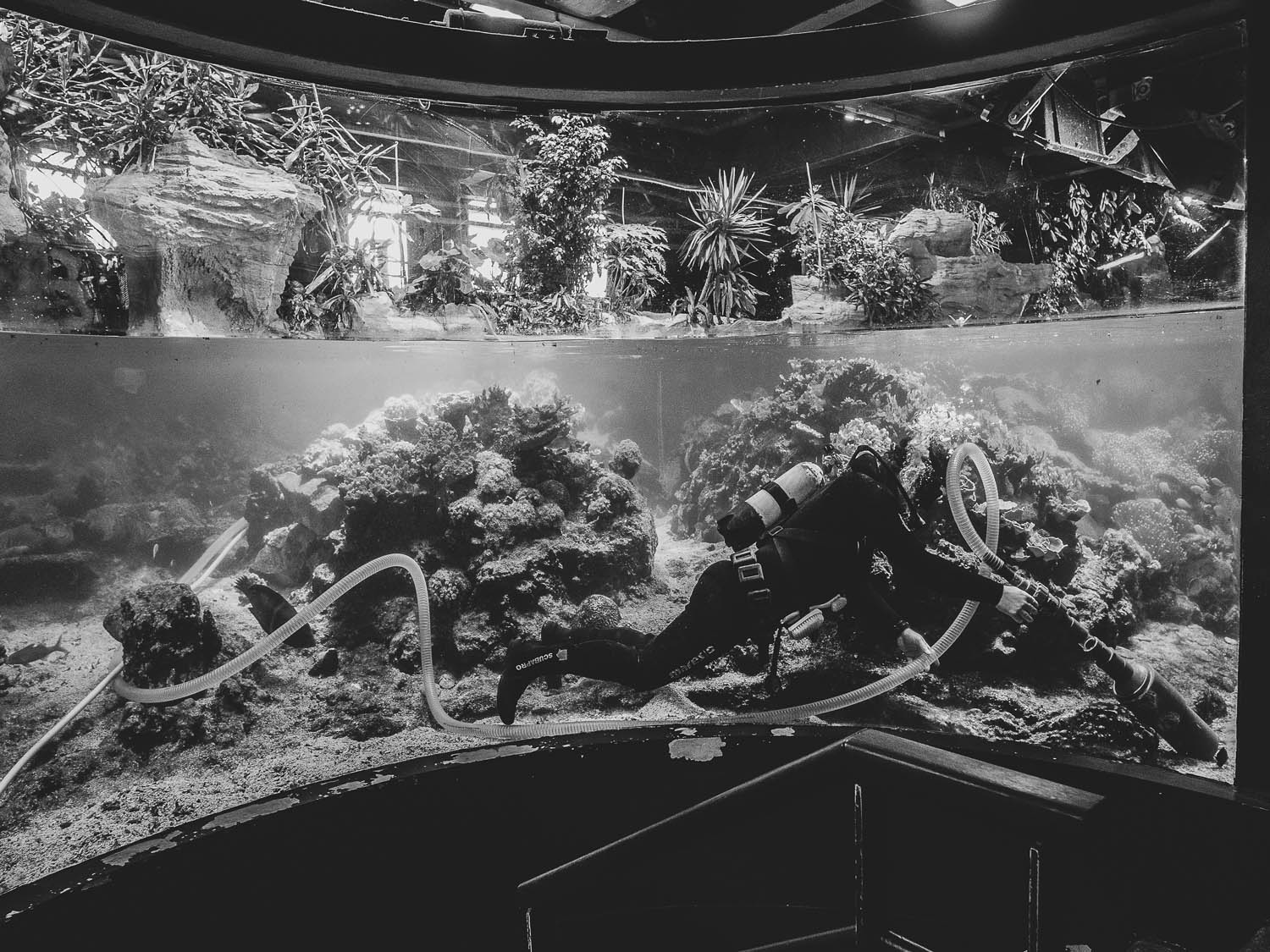
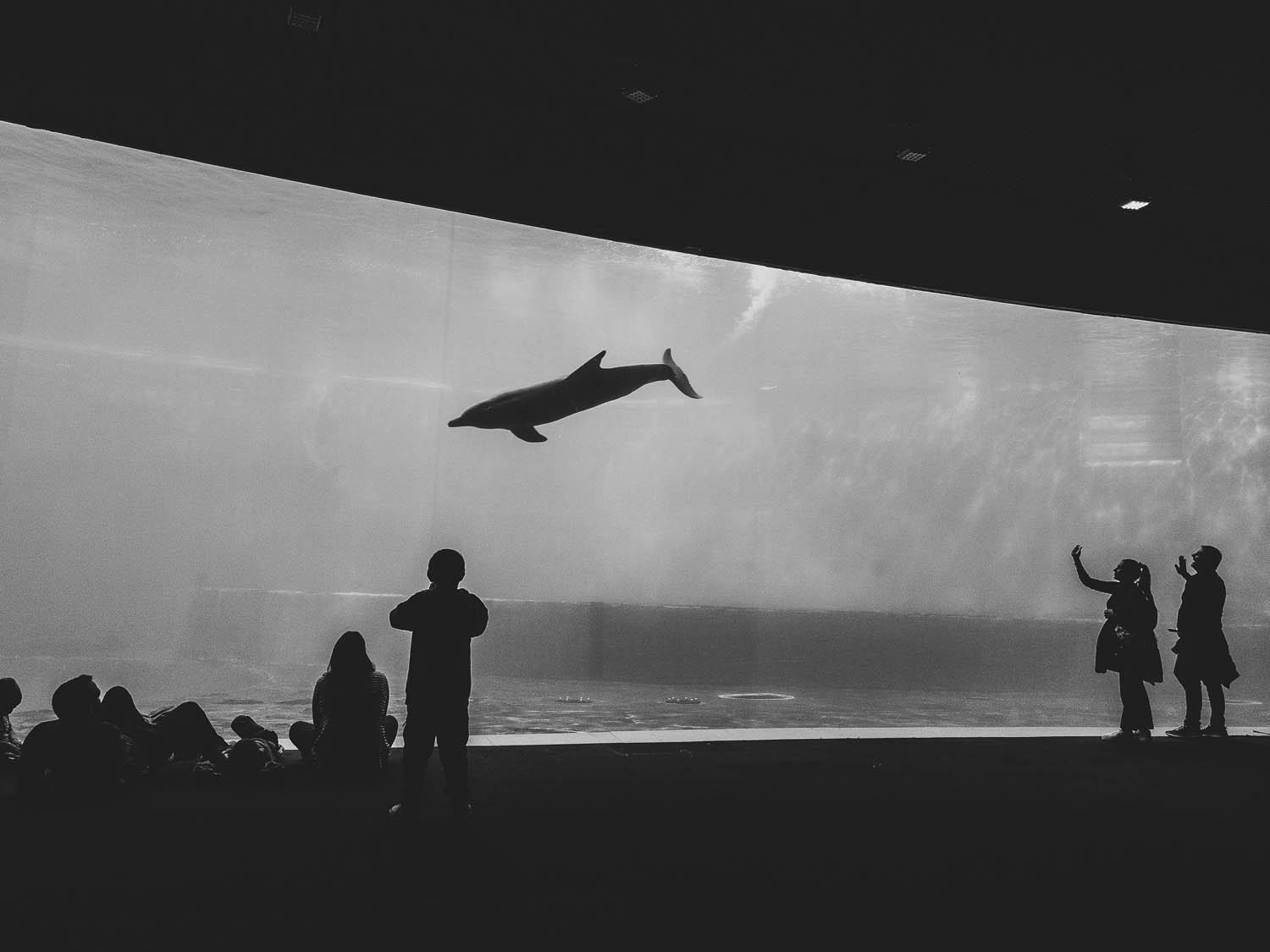
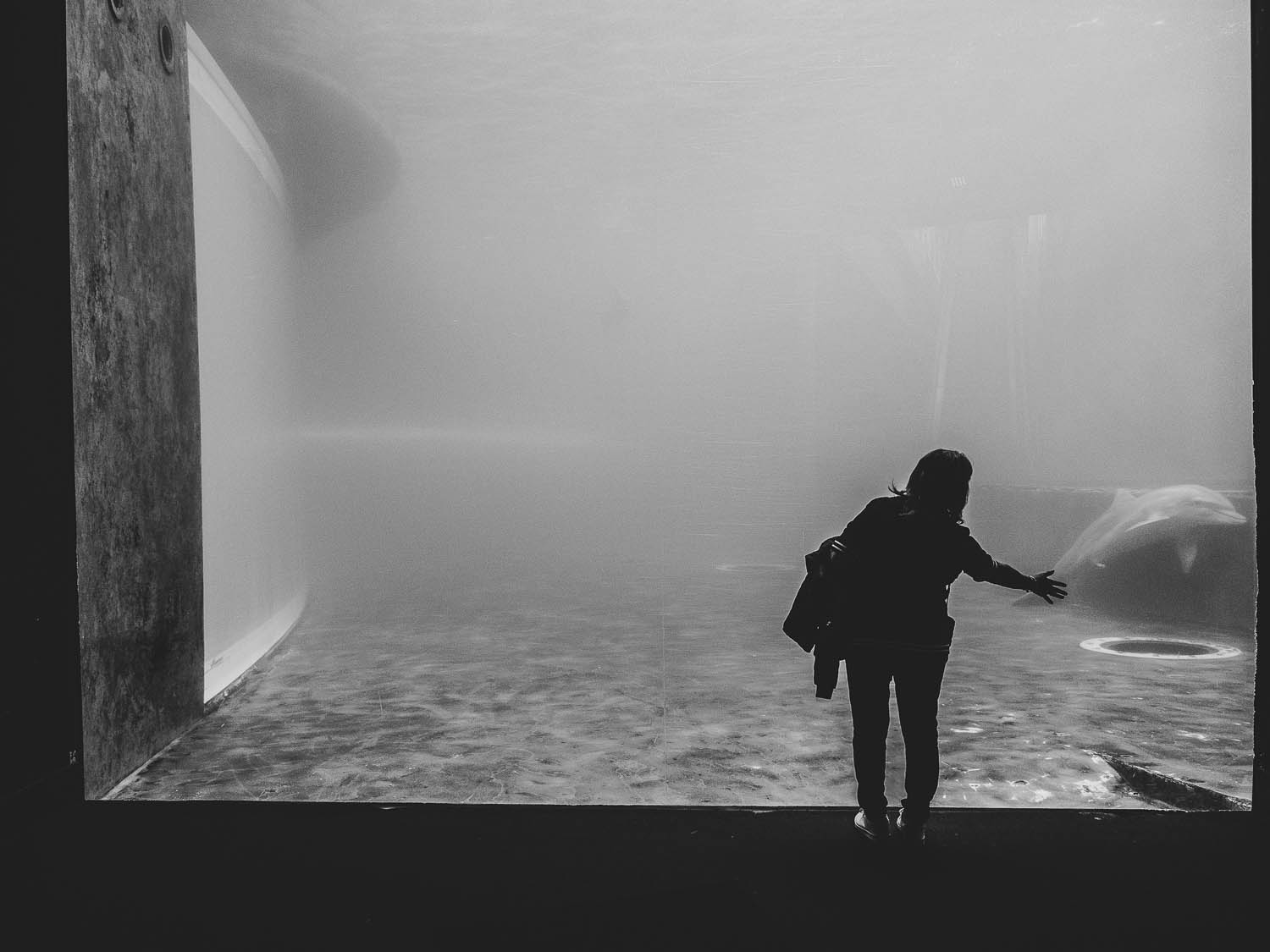
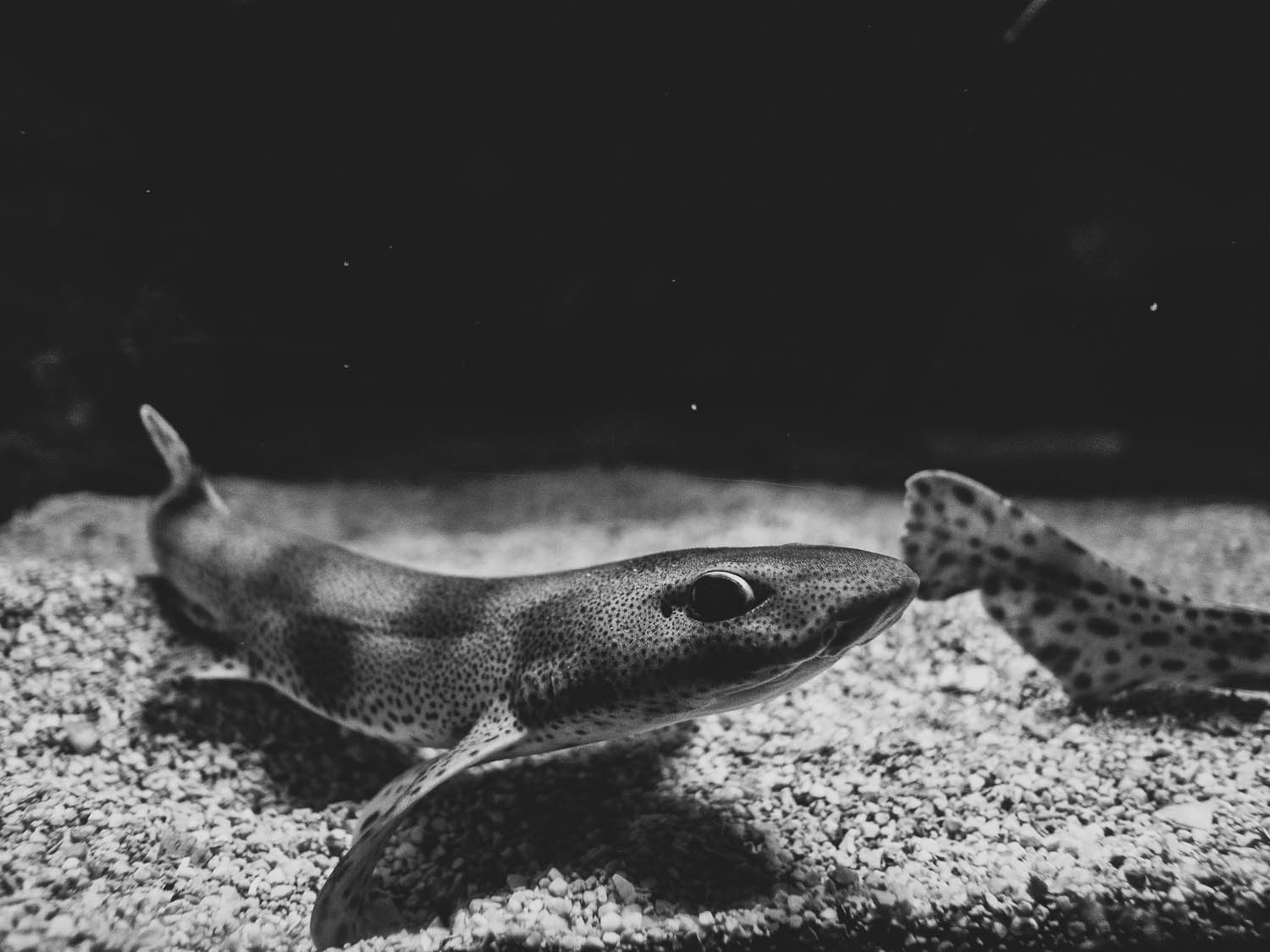
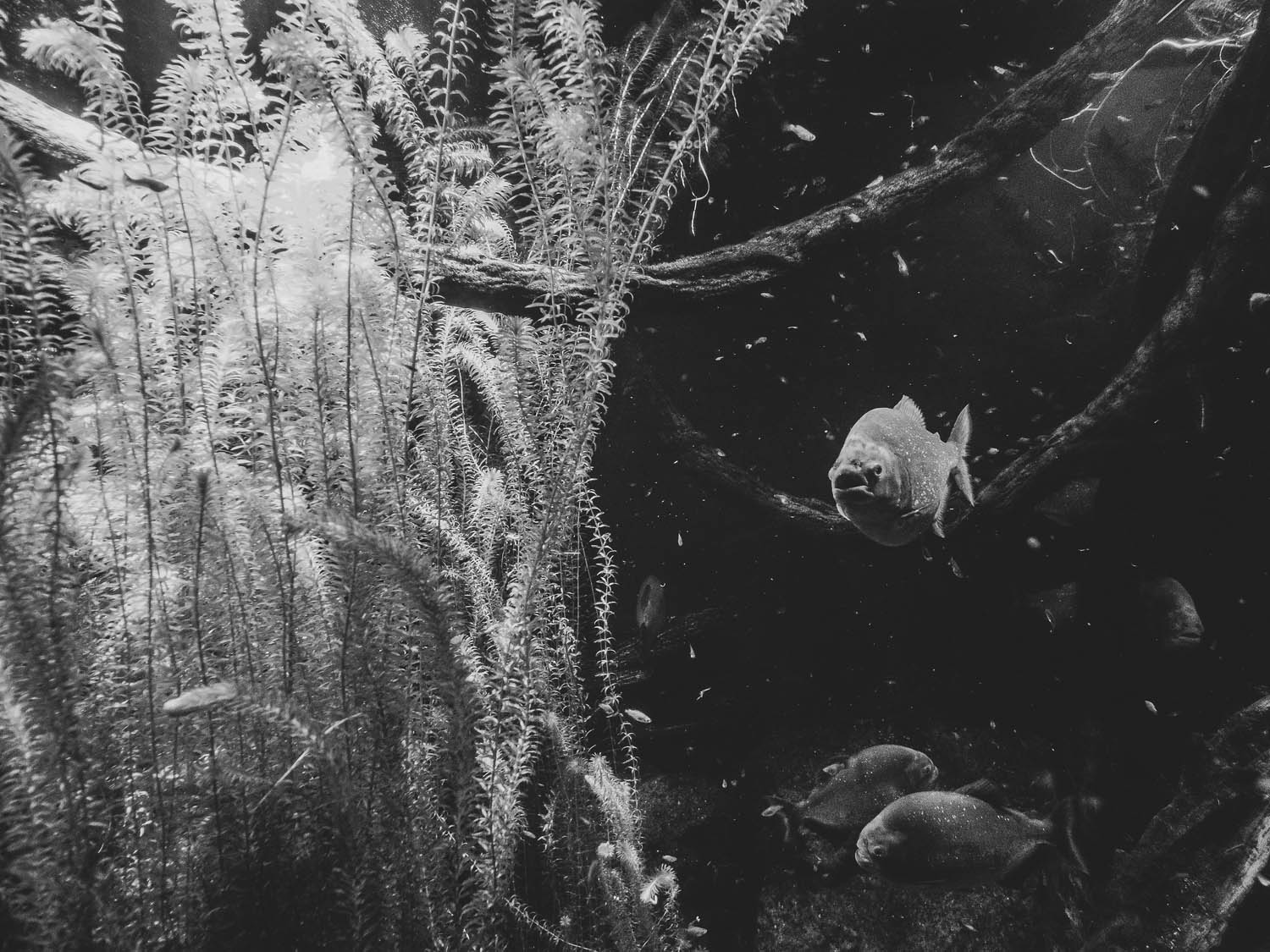
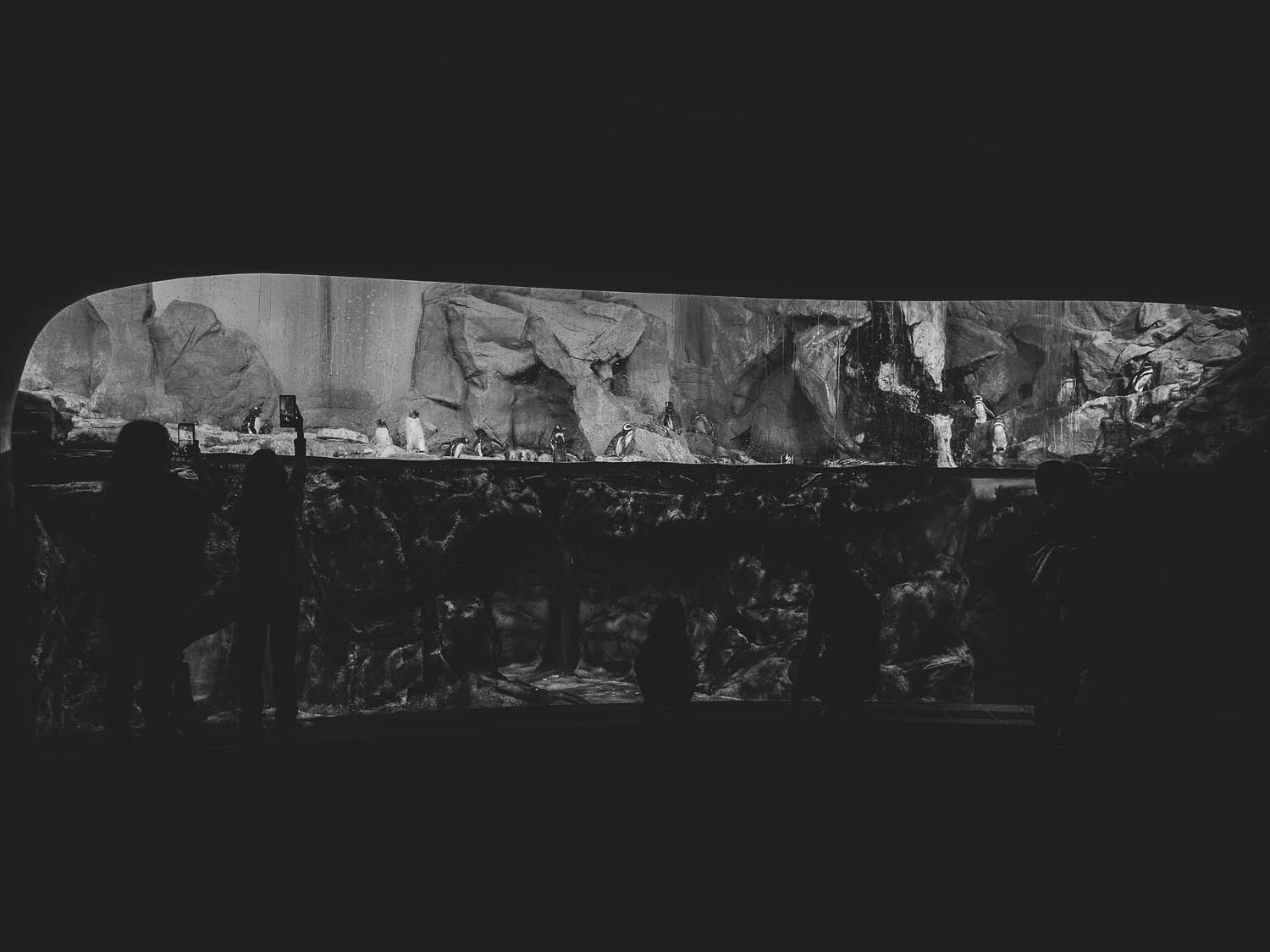
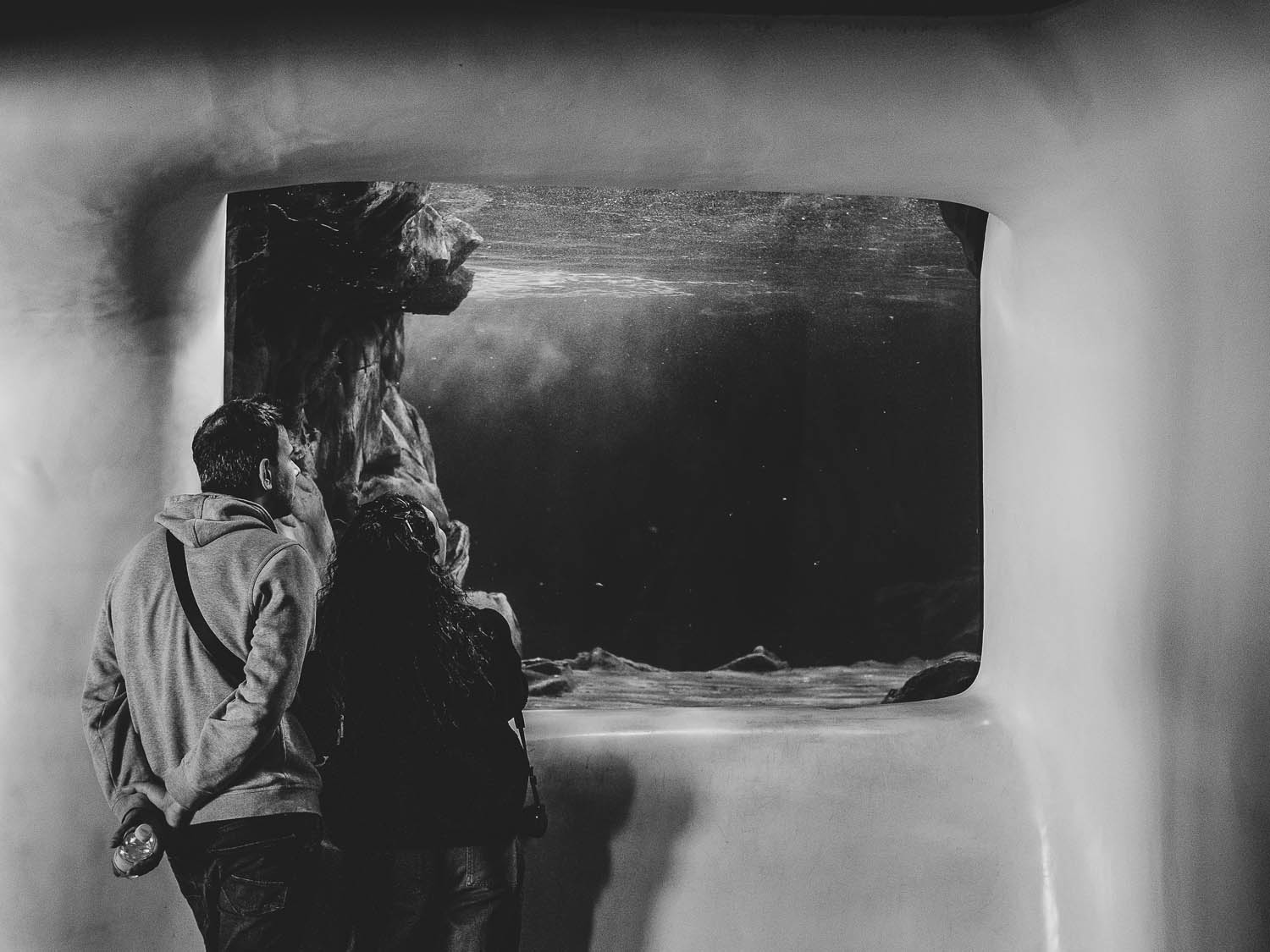
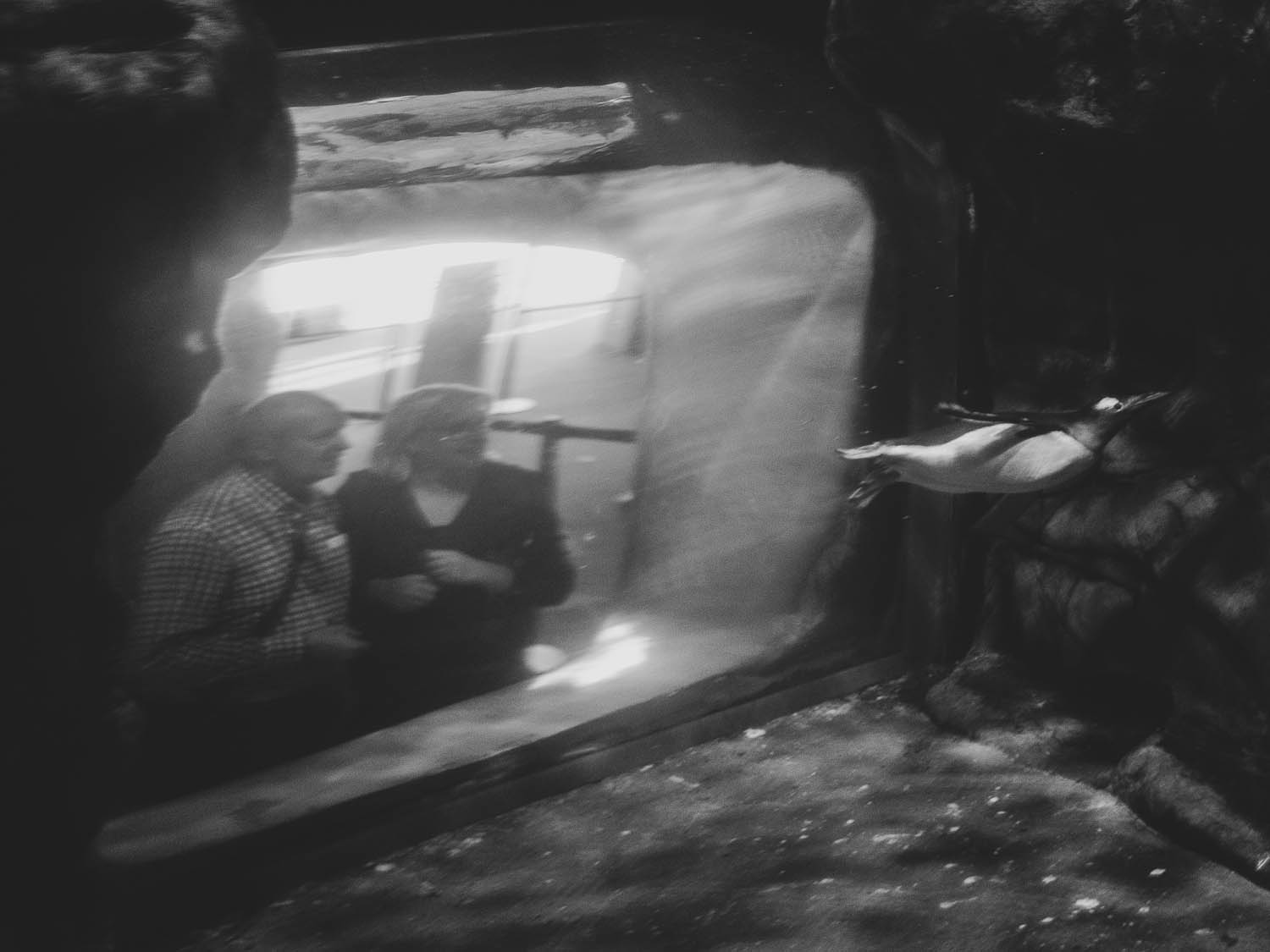
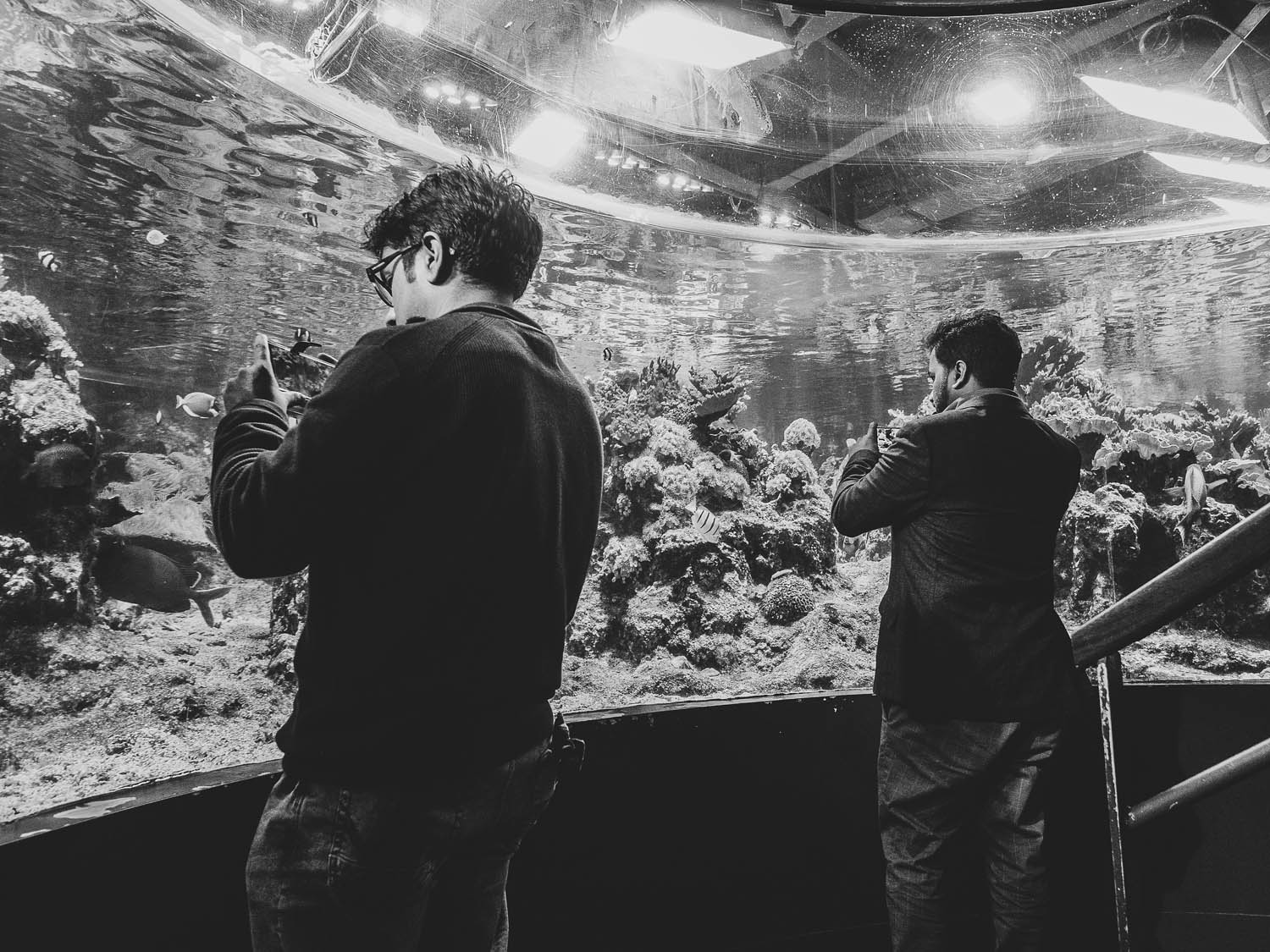
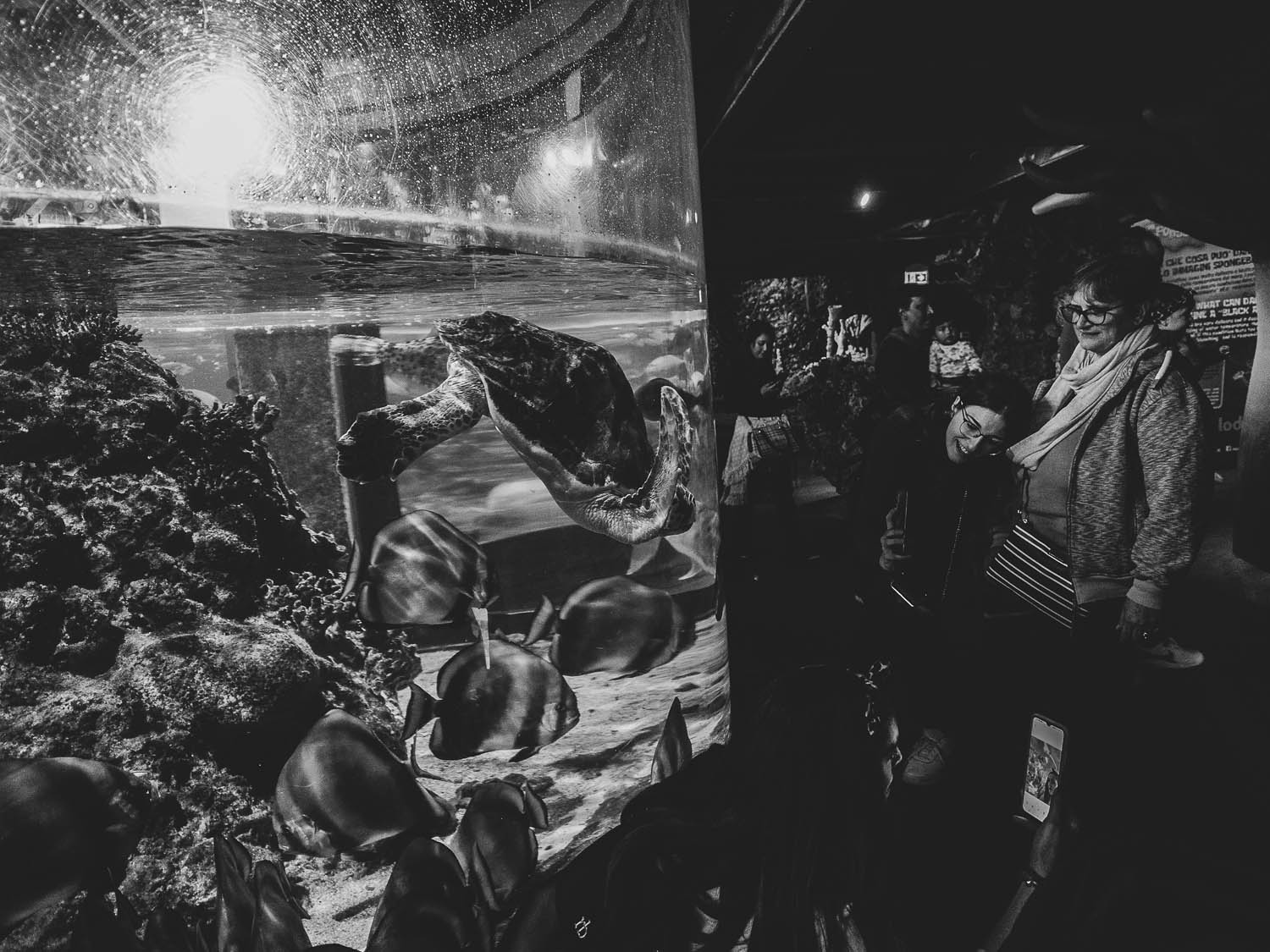
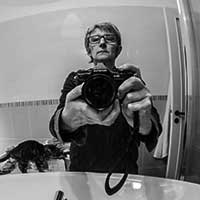
“I’m Angela Ravaioli, I’m from Genoa, a town in northern Italy and I’ve always been passionate about photography. I started photographing many years ago with an Olympus analog camera, the legendary OM1 and then I switched to digital, and I have always maintained this brand. I like to photograph during my travels but also in my city and take with me a small and light camera like the OM-D E-M5 Mark II.
I also tried to mount the old Zuiko lenses on the E-M5 Mk II because I like to experiment and especially photograph. The light weight of the Micro 43 allows me to often go out with the camera in my bag.”





Kay
September 24, 2024 @ 14:35
Good work! Thank you 👍
Van Erp Freddy
September 27, 2024 @ 16:09
I also own the M.Zuiko 9-18mm f/4-56 (the old version)
I’ve always found the lens hood bulky and uncomfortable.
With the release of version 2, a new lens hood has also come onto the market that is smaller and is also reversible on the lens. This makes it easier to transport the lens in the camera bag.
It is type LH-55D available from OM-SYSTEM for €36
I just wanted to report this to you, a user like me
Greetings from Belgium
Freddy
Bob Jenkin
November 23, 2024 @ 16:21
I moved to Olympus from Full-Frame Canons about two years ago. Your article highlights a few fundamental aspects of Olympus photography. Firstly, they are smaller cameras and highly capable – they scream ‘use me, take me out’, and I have used my OM1 much more than any previous camera. Secondly, I do not fear rain – the OM1 ignores it. Lastly, the grain is genuinely lovely. I am a product of maybe too much training – keep the ISO low, banish all noise, and never blow the highlights. These bold images would not be possible if you were a blind adherent to the silly rules. Great article.